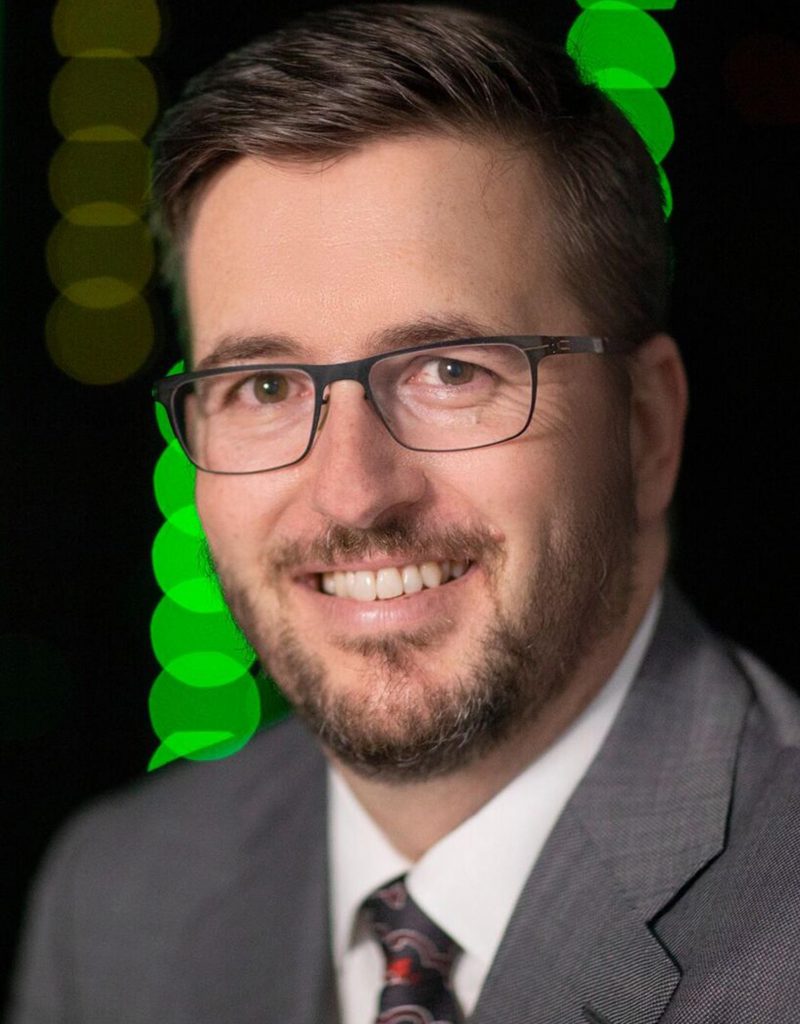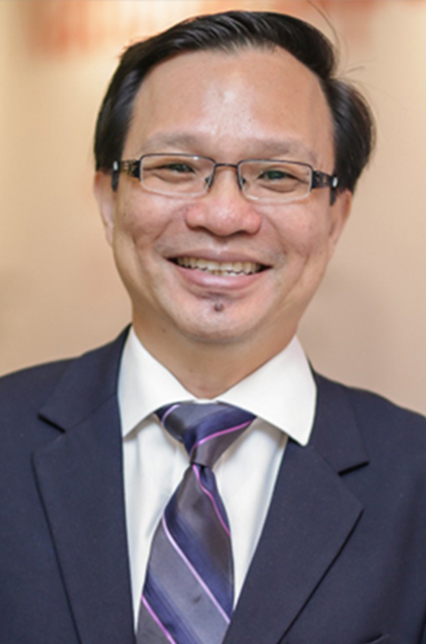KEYNOTE
SPEAKERS
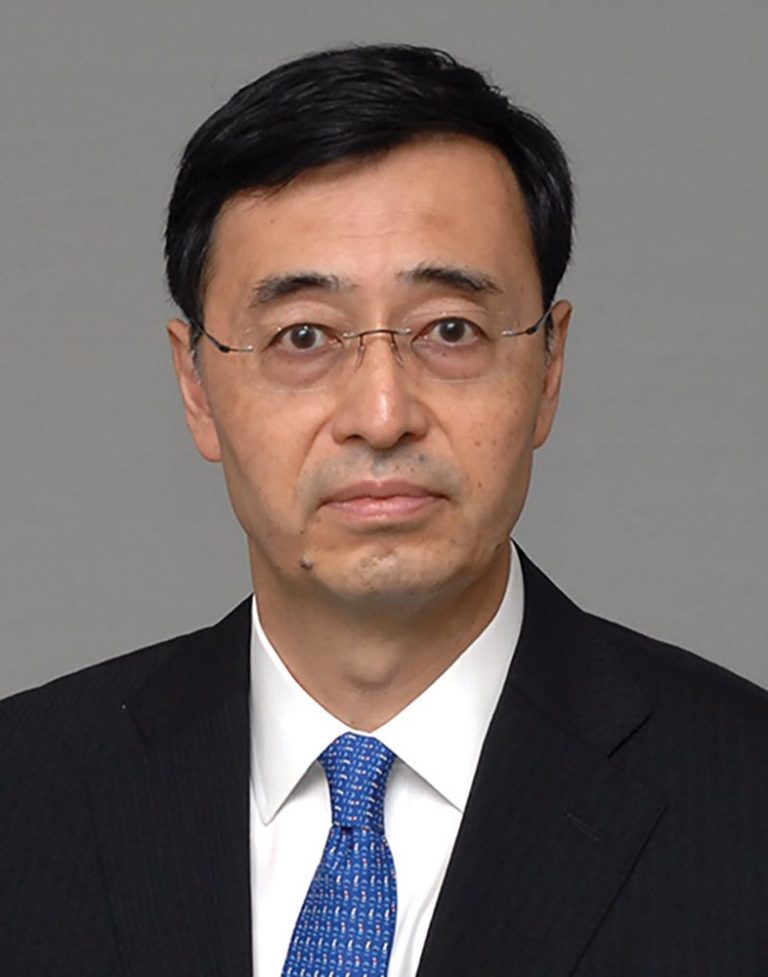
HE YAMAZAKI Jun
Ambassador of Japan to Singapore
Ambassador Yamazaki is a career diplomat. Prior to his appointment as Ambassador of Japan to Singapore, he was Ambassador to Sweden.
He was born in UK in 1956. Receiving his BA in International Relations from Tokyo University, he entered the Foreign Ministry of Japan in 1980.
Within the Foreign Ministry, Mr. Yamazaki was appointed Director, Second Southeast Asia Division, Asian Affairs Bureau, Deputy DG both for Global Issues and Consular Affairs, and Chief of Protocol.
He served overseas at Embassy in Indonesia. He also served in various capacities at the UN in New York, first as a member of the Advisory Committee on Administrative and Budgetary Questions, followed by a secondment to the UN Secretariat as Assistant Secretary-General, Controller, and later as Ambassador at the Permanent Mission of Japan.
Opening Keynote
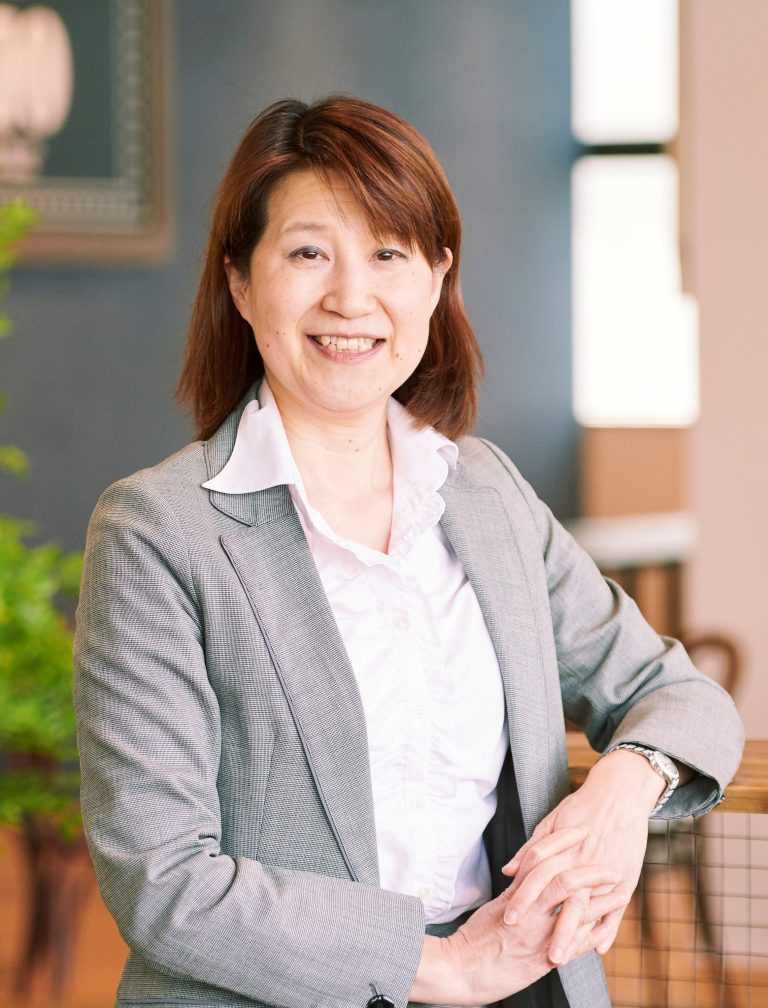
Ms KAJIWARA Yumiko
Executive Member of Council for Science, Technology and Innovation – Japan
Ms KAJIWARA Yumiko has been serving as Corporate Executive Officer and Deputy CTO of Fujitsu Limited since April 2018. She has been taking up the role of overseeing promotion of diversity since April 2017, and sustainability since April 2020. She has practical experience in numerous types of business including the mobile phone business, and in the fields of intellectual property. Prior to her current position, she was appointed Corporate Executive Officer and Vice Head of Legal, Compliance & IP Unit in April 2015, and Vice Head of Human Resources in April 2017. She has been an executive member of the Council for Science, Technology and Innovation since March 2018, and a member of Executive Committee of the Council on Competitiveness-Nippon since May 2016.
Japan’s Endeavour to Realise Society 5.0
In 2016, Japan proposed “Society 5.0”, a human-centric society which created new values to solve social and economic issues by sophisticated integration of cyberspace and physical space. Since then, Japan has endeavored to realise it as a new society following the Information Society.
Now, it is true that digitisation has progressed further. However, it is also true that now we are facing an unprecedented crisis caused by the COVID-19. Under these circumstances, Japan is currently working on the formulation of “the 6th Science, Technology and Innovation (STI) Basic Plan” which directs the STI policy of Japan for the five years from FY 2021.
This time, I will introduce the items Japan will underline in the new Basic Plan, how “Society 5.0” should be, and examples of concrete actions to realise it, including data system, AI, HPC, smart cities, cross-ministerial R & D program- the SIP, and the Moonshot R & D Program.
PLENARY
SPEAKERS
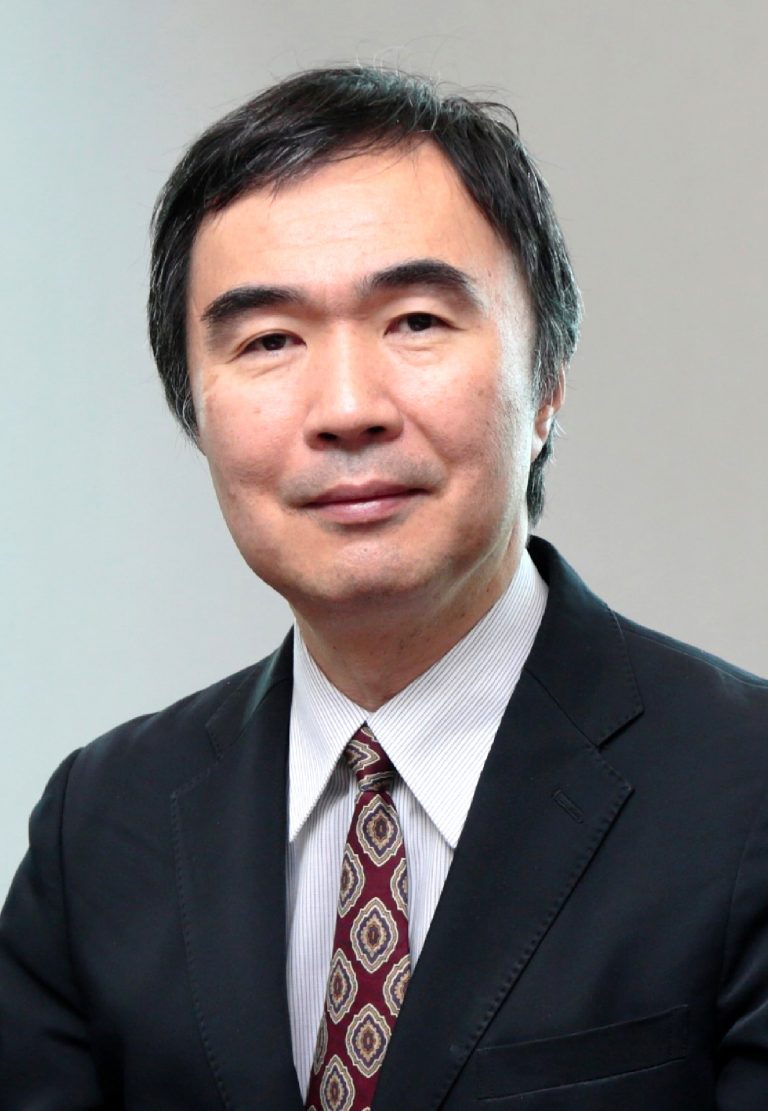
Prof Satoshi Matsuoka
Director, RIKEN Center for Computational Science
Satoshi Matsuoka from April 2018 has become the director of Riken CCS, the top-tier HPC center that represents HPC in Japan, developing and hosting Japan’s tier-one ‘Fugaku’ supercomputer which has become the fastest supercomputer in the world in all four major supercomputer rankings in 2020, along with multitudes of ongoing cutting edge HPC research being conducted, including investigating Post-Moore era computing. He was the leader of the TSUBAME series of supercomputers, at Tokyo Institute of Technology, where he still holds a Professor position, to continue his research activities in HPC as well as scalable Big Data and AI. His commendations include the ACM Gordon Bell Prize in 2011 and the IEEE Sidney Fernbach Award in 2014, both being one of the highest awards in the field of HPC, as well as being the Program Chair for ACM/IEEE Supercomputing 2013 (SC13).
Fugaku: The First to General Purpose Exascale and its Contributions to Society 5.0
Fugaku to be deployed officially this March, 2021 is the first supercomputer in the world to exhibit ‘Exascale’ performance in not only all the four major HPC benchmarks in which it was crowned world #1 twice in a row in June and November 2020, but also in real applications, achieving almost two orders of magnitude performance increase over its predecessor, the K Computer, which was crowned #1 in 2011. Fugaku was developed with ‘applications first’ philosophy, mainly by R-CCS along its partner Fujitsu, but also involving the entire Japanese HPC community as well as other international partners/vendors. The heart of Fugaku is the new A64FX Arm processor, which is 3 times faster and power efficient compared to its rivals, and at the same time exhibit utmost general purpose flexibility, being compliant to all Arm ISA and other standards, and extended to achieve high performance in classical numerical simulations as well as deep neural networks. As such, Fugaku is expected to be a centerpiece of the Japan’s ‘Society 5.0’ initiative, where simulation and AI as well as Big Data from censors will be processed on Fugaku as the top-tier HPC infrastructure. Thanks to collaborative agreements with A*STAR ACRC and NSCC, Fugaku will also be made available to users in Singapore and other nations involved in ASEAN HPC to drive their future societies.
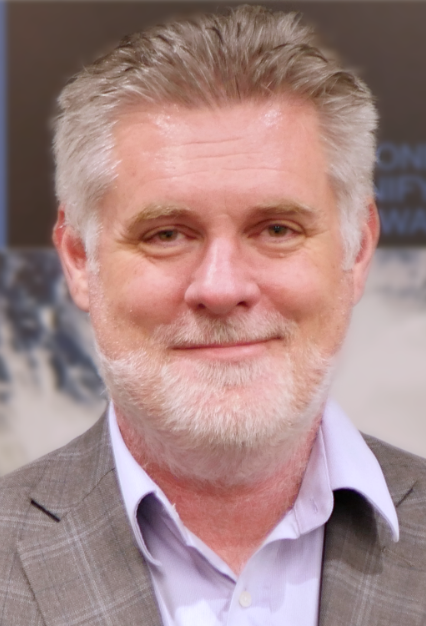
Prof Sean Smith
Director of the Australian National Computational Infrastructure (NCI), Conjointly Professor of Computational Nanomaterials Science and Technology, Australian National University
Sean Smith is Director of the Australian National Computational Infrastructure (NCI) and conjointly Professor of computational nanomaterials science and technology at the Australian National University. He has extensive theoretical and computational research experience in chemistry, nanomaterials and nano-bio science and technology. He returned to Australia in 2014 at UNSW Sydney, founding and directing the Integrated Materials Design Centre to drive an integrated program of materials design, discovery and characterization. Prior to this, he directed the US Department of Energy funded Center for Nanophase Materials Sciences (CNMS) at Oak Ridge National Laboratory, one of five major DOE nanoscience research and user facilities in the US, through its 2011-2013 triennial phase. During his earlier career, he joined The University of Queensland as junior faculty in 1993 after post-doctoral research at UC Berkeley (1991-1993) and Universität Göttingen (Humboldt Fellow 1989-1991); became Professor and Director of the Centre for Computational Molecular Science 2002-2011; and built up the computational nanobio science and technology laboratory the Australian Institute for Bioengineering and Nanotechnology (AIBN) at UQ 2006-2011. He worked with colleagues in the ARC Center of Excellence for Functional Nanomaterials 2002-2011 as Program Leader (Computational Nanoscience) and Deputy Director(Internationalisation).
Sean has published over 260 refereed journal papers with more than 17000 citations. In 1998 he was elected Fellow of the RACI. In 2006 he was recipient of a Bessel Research Award of the Alexander von Humboldt Foundation in Germany. In 2012 he was elected Fellow of the American Association for the Advancement of Science (AAAS) and in 2015 he was elected Fellow of the Institution of Chemical Engineers (IChemE). He received his PhD in theoretical chemistry from the University of Canterbury, New Zealand, in 1989.
The impact of Australian HPC in the coming decade
The National Computational Infrastructure (NCI) is Australia’s leading high-performance research data, storage and computing organisation, providing expert integrated services to benefit all domains of science, government and industry. NCI’s mission is to deliver to the Australian research sector the computational resources and enhanced compute and data services it needs to achieve transformational outcomes. The installation of Gadi – NCI’s cutting-edge supercomputer – represents a generational step up in capacity and capability of Australian HPC. Gadi presents unparalleled flexibility for researchers in Australia by leveraging the power of heterogeneity. Whether harnessing the power of GPUs in machine learning, designing new materials technologies or modelling the Southern Ocean, Gadi will be the HPC infrastructure that Australian researchers rely on for years to come. In this presentation I will discuss the impact of Australia’s fastest ever supercomputer on the research environment down under, and how this new resource has the potential to impact the future of the HPC ecosystem in Asia.
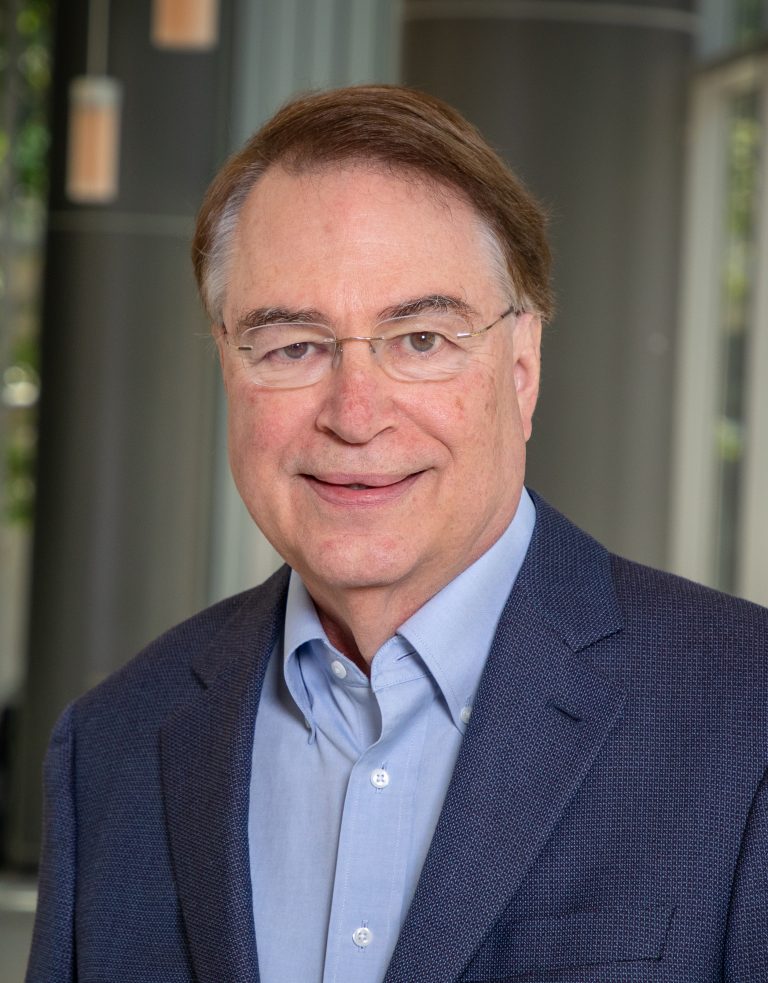
Dr Larry Smarr
Distinguished Professor Emeritus, University of California San Diego
Dr Larry Smarr is a University of California San Diego Distinguished Professor Emeritus in UCSD’s Department of Computer Science and Engineering. For the last 20 years he served as the founding Director of the California Institute for Telecommunications and Information Technology (Calit2). He was earlier the Founding Director of the National Center for Supercomputing Applications (NCSA). He is a member of the National Academy of Engineering and a Fellow of the American Physical Society. In 2006, he received the IEEE Computer Society Tsutomu Kanai Award for his lifetime achievements in distributed computing. Smarr has served on top level advisory committees to NIH, NASA, NSF, and DOE.
The Pacific Research Platform-a high-bandwidth distributed supercomputer
The National Science Foundation is funding three grants which create a regional, national, to global-scale distributed supercomputer, optimised for machine learning research and data analysis of large scientific datasets. The Pacific Research Platform (PRP) is integrated with the Cognitive Hardware and Software Ecosystem Community Infrastructure (CHASE-CI) and Toward a National Research Platform (TNRP). This high-performance cyberinfrastructure uses 10 to 100Gbps optical fiber networks to interconnect across 30 campuses nearly 200 Science DMZ Data Transfer Nodes (DTNs) endpoints, which are rack-mounted PCs optimised for 10-100Gbps data transfers, containing multicore CPUs, two to eight GPUs, and up to 256TB of disk each. Users’ containerized software applications are orchestrated across the highly instrumented PRP by Kubernetes. Currently over 400 user namespaces are active on the PRP, supporting a wide range of applications.
INDUSTRY PLENARY
SPEAKERS
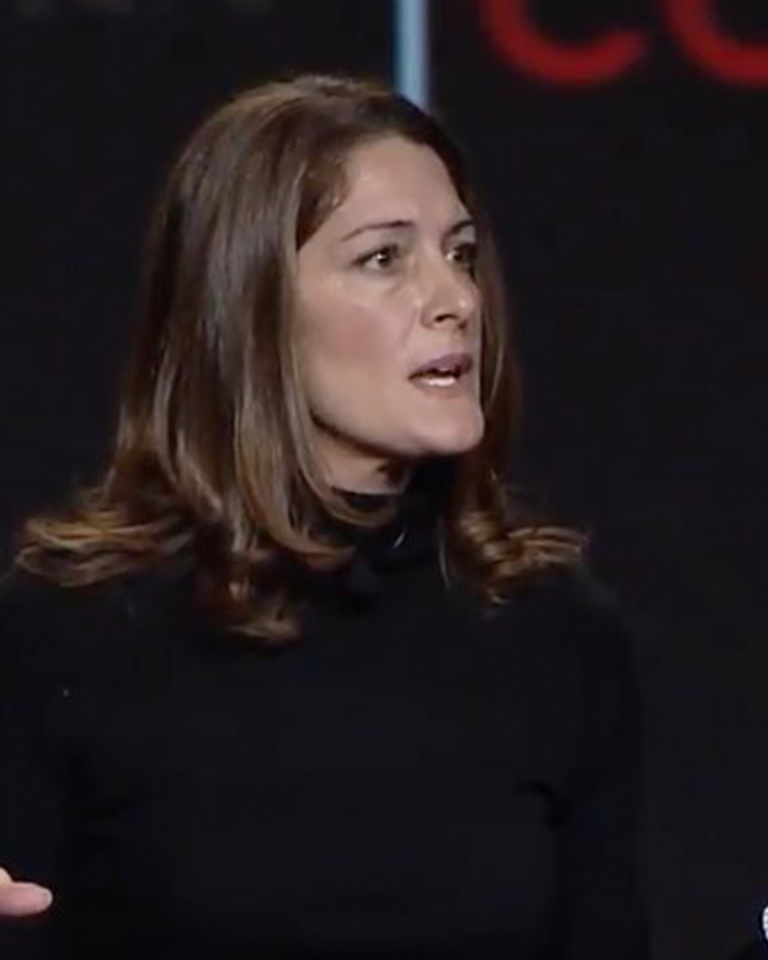
Dr Rommie Amaro
Professor and Endowed Chair, Chemistry and Biochemistry, University of California San Diego
Dr Amaro is a professor of chemistry and biochemistry at the University of California San Diego. Her research focuses on development of computational methods in biophysics for applications to drug discovery.
Simulating the SARS-CoV-2 virus with AI and HPC
Dr Amaro will discuss their lab’s efforts, together with collaborators, to use HPC and AI at unprecedented scales to understand the SARS-CoV-2 virus in atomic detail, with the goals to better understand molecular recognition of the virus and host cell receptors, antibody binding and design, and the search for novel therapeutics. She will focus on their studies of the spike protein, its glycan shield, its interactions with the human ACE2 receptor, their efforts to model the SARS-CoV-2 virion, and escape variants.
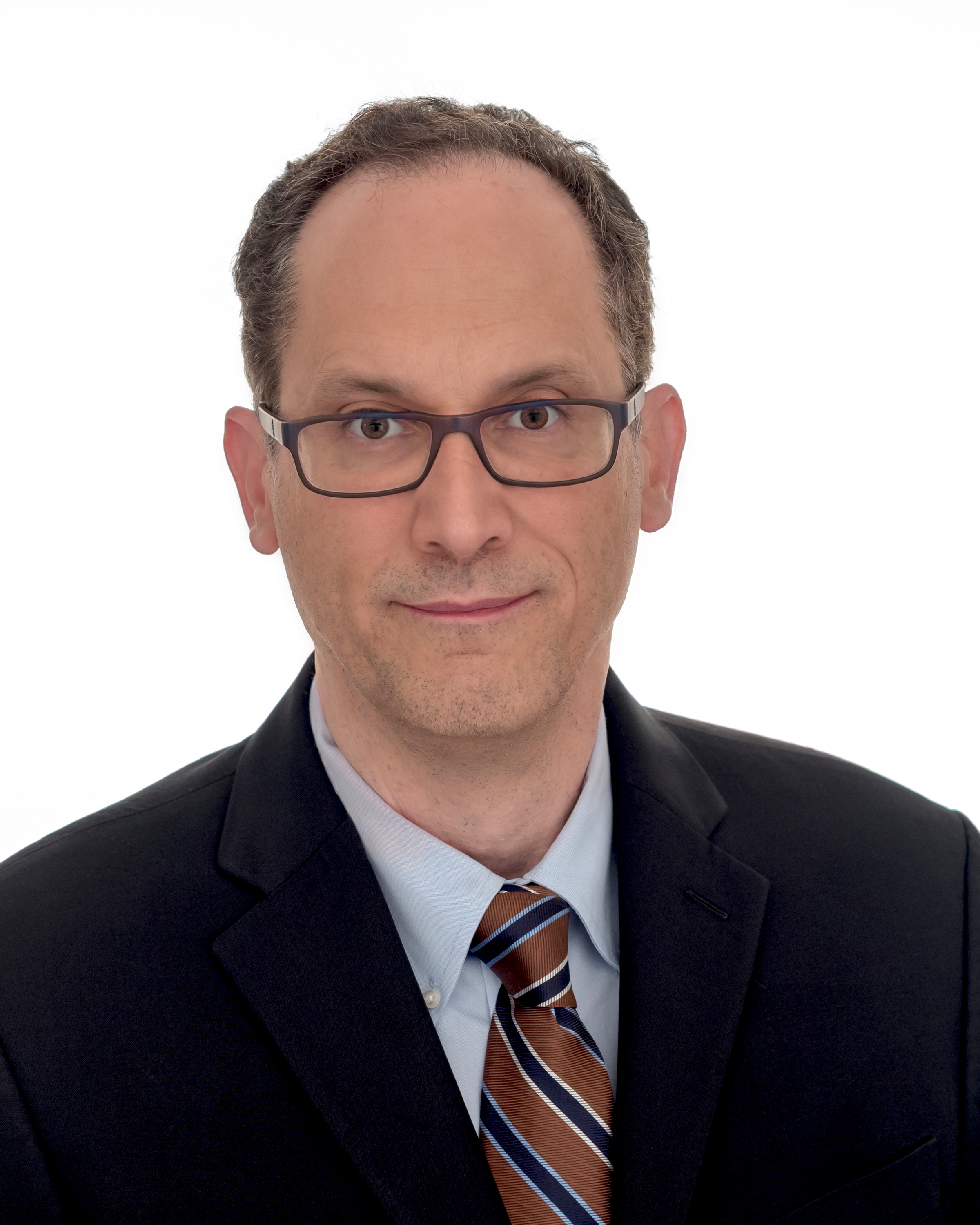
Mr Bill Mannel
Vice President & General Manager, HPC & AI Solutions Segment, Hewlett Packard Enterprise
Bill Mannel is Vice President and General Manager of High-Performance Computing (HPC) and Artificial Intelligence (AI), for Hybrid IT, Hewlett Packard Enterprise. Bill joined HPE in 2014 and is a seasoned veteran of the servers and high performance computing industry. For Bill’s first three years at HPE, the HPC business grew significantly more than the overall market. HPE acquired Silicon Graphics International Corp. (SGI), a pure-play HPC company, closing the integration in November, 2017. At the Supercom-puting 2015 show, Bill was named “Person to Watch in 2016” by HPCWire. Bill joined HPE from SGI, where he was the VP and GM for Compute and Storage products. Prior to SGI, Bill worked at NASA and the U.S. Air Force on aircraft programs such as X-29, F-16, B-1B, and AFTI-111. Bill holds a Bachelor’s degree in Mechanical from Duke University and an MBA from California State University.
Digital Transformation in the Exascale Era
In today’s Covid-19 world, digital transformation isn’t an option. It’s basic evolution. And perhaps one of the fastest ones we’ve ever seen. We’re hurtling into a data-centric, digital-first world where success or failure will depend on how rapidly we innovate. Doing so will require an exponentially different approach to how computational science solves problems at scale, and how those computation resources are consumed.
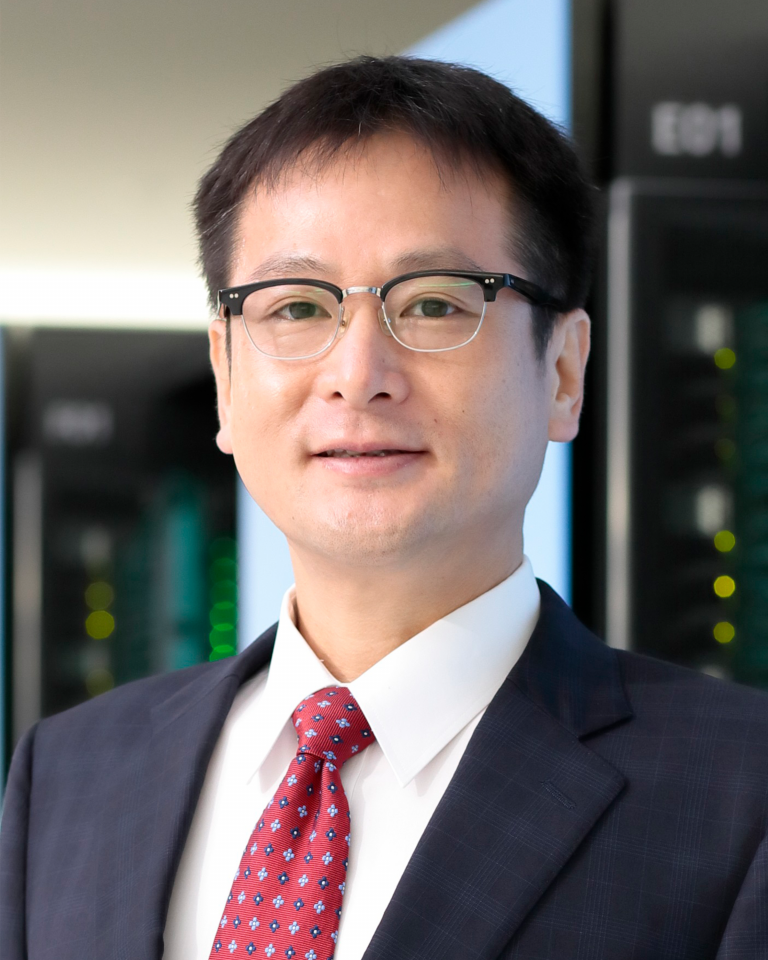
Prof Makoto Tsubokura
Team Leader, RIKEN Center for Computational Science
Makoto Tsubokura is a professor at Kobe University and a team leader at RIKEN advanced Institute for Computational Science. He has been involving in developing CFD software for industrial applications for these fifteen years. His main interest is to develop a simulation framework for turbulence and its coupled phenomena, including structure deformation, chemical reaction or aero-acoustics, on massively parallel computing. He has been involved in national projects of developing flagship supercomputers in Japan, such as Earth Simulator, K computer and supercomputer Fugaku, to develop CFD software specially tuned for new hardware architecture.
Viral Droplet/Aerosol Dispersion Simulation on the Supercomputer “Fugaku” and Fight Back against COVID-19
Virus droplet infection is strongly influenced by the flow, temperature and humidity of the air around an infected person and potential victims. Especially in the case of COVID-19, possibility of aerosol infection by atomised droplets is suggested, in addition to the usual droplet infection. Because smaller aerosol particles drift in the air for a longer time, it is imperative to predict their scattering route and to estimate how surrounding airflow affects the infection. In this project, massively parallel coupling simulation of virus droplet scattering, with airflow and heat transfer under the indoor environment such as inside commuter trains, offices, classrooms, and hospital rooms are conducted. Complex Unified Simulation framework called CUBE, developed at RIKEN R-CCS and implemented on the supercomputer Fugaku, is mainly used, which makes it possible to execute the world-largest and highly accurate virus droplet simulation ever conducted.
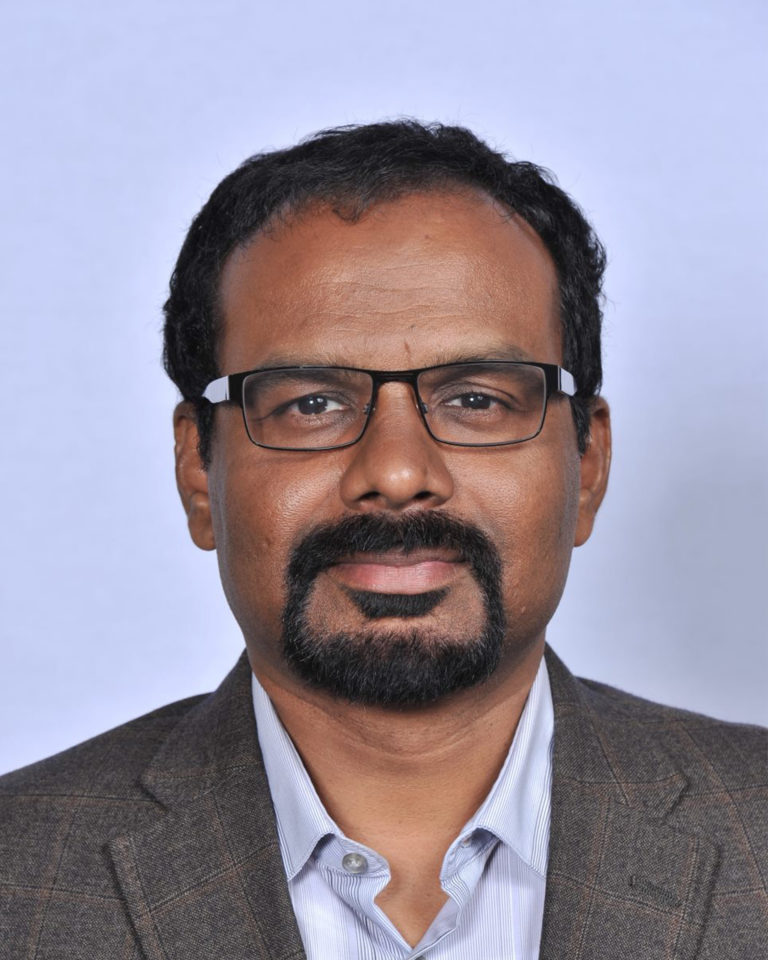
Mr Raghu Nambiar
Corporate Vice President and CTO, AMD Datacenter Ecosystems and Solutions
Raghu Nambiar is the Corporate Vice President and CTO of Datacenter ecosystems and solutions at AMD.
High Performance Computing with 2nd Gen AMD EPYC™ Processor and AMD Instinct™ GPUs
AMD is all about innovation and our mission is to deliver high performance products that help solve the world’s most difficult challenges – across multiple industries and customer workloads. Creating an inflection point with trailblazing performance and unprecedented scalability for today’s HPC workloads, AMD EPYC™ processors and Instinct™ GPUs mark the next milestone in high performance computing. This session will provide an update on our solutions to address the performance and scalability needs of HPC workloads.
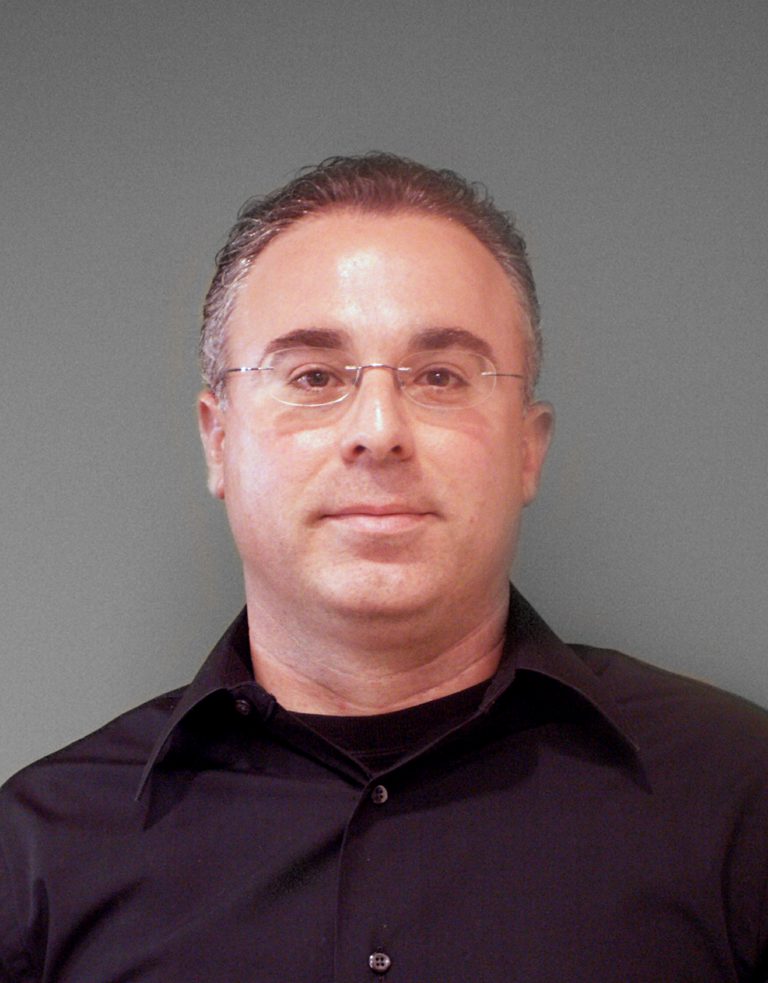
Mr Gilad Shainer
Chairman, HPC-AI Advisory Council
Gilad Shainer serves as the chairman of the HPC-AI Advisory Council organisation since 2008. He is an HPC evangelist that focuses on high-performance computing, high-speed interconnects, leading-edge technologies and performance characterisations. Mr Shainer also serves as the president of the UCF and CCIX consortiums, a member of IBTA and a contributor to the PCISIG PCI-X and PCIe specifications. Mr Shainer holds multiple patents in the field of high-speed networking. He is a recipient of 2015 R&D100 award for his contribution to the CORE-Direct In-Network Computing technology and the 2019 R&D100 award for his contribution to the Unified Communication X (UCX) technology. Gilad Shainer holds a MSc degree and a BSc degree in Electrical Engineering from the Technion Institute of Technology in Israel.
Cloud Native Supercomputing
High performance computing and Artificial Intelligence are the most essential tools fuelling the advancement of science. In order to handle the ever growing demands for higher computation performance and the increase in the complexity of research problems, the world of scientific computing continues to re-innovate itself in a fast pace. The session will review the recent development of the cloud native supercomputing architecture, aiming on bringing together bare metal performance and cloud services.
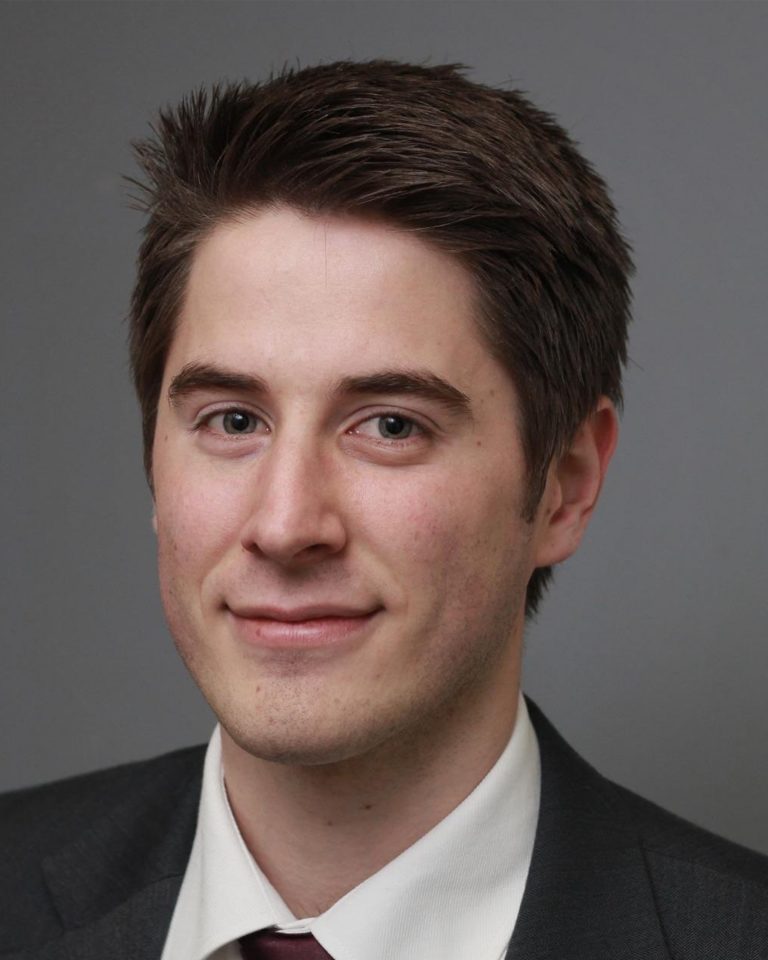
Mr Andrew Underwood
Chief Technology Officer, Dell Technologies
Andrew Underwood is the regional Chief Technology Officer for Dell Technologies, in Asia. With over a decade experience in research computing, Andrew works hand-in-hand with industrial, academic and government clients to build the computational foundations critical to their scientific advancement and global economic competitiveness.
Unlocking Scientific Discovery with a Confluence of Simulation, Modelling, and Machine Learning
Driven by an exponential growth in data volume and velocity, researchers are turning to new computing techniques to unlock insight, powered by simulation, modelling and machine learning.
In this talk, we will explore how Dell Technologies customers are using these techniques in parallel, as well as in confluence, to provide a transformational approach to scientific discovery.
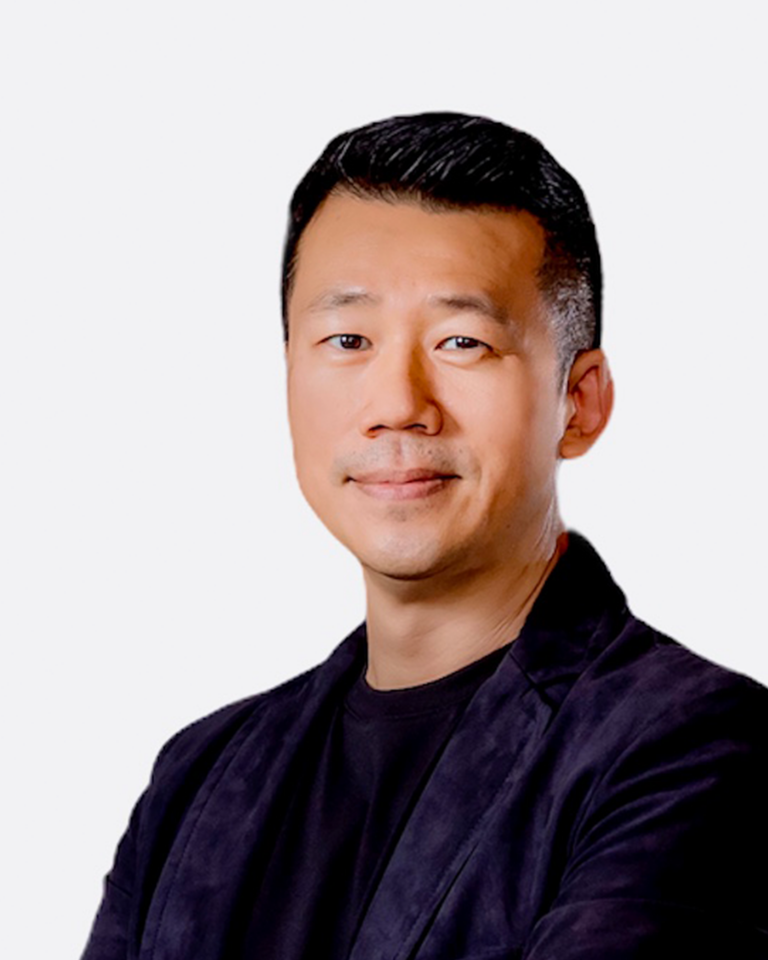
Mr Terry Tai
Senior Director, GARAOTUS
Serving GARAOTUS as a Senior Director with a demonstrated history of working in the information technology and services industry for decades. Skilled in Cloud technology, Artificial Intelligence Solutions, IoT platform, Data Storage system, Sales, Partner Management, Storage, and Go-to-market Strategy.
A cutting edge HPC as a Service to speed up the evolution of industries
A cutting edge HPC as a Service to speed up the evolution of industries – When collecting data is the new normal? – Training Artificial Intelligence models – Designing a real-time service HPC service – Case Study
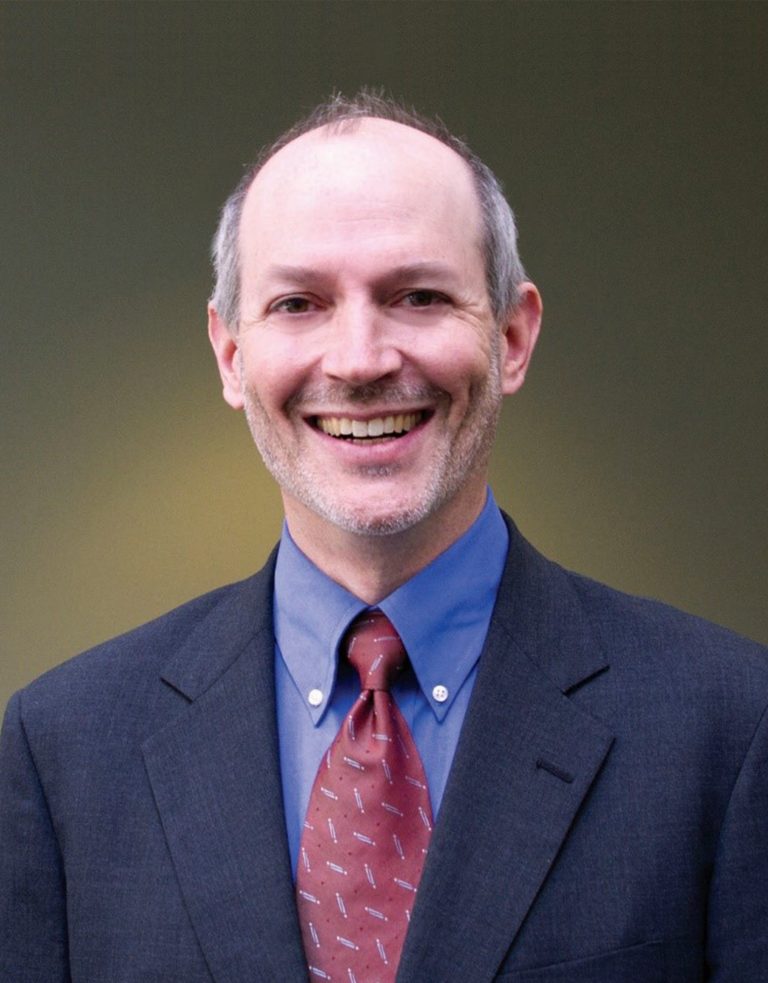
Dr Bill Nitzberg
Chief Technology Officer, PBS Works, Altair
Dr Bill Nitzberg is the CTO of PBS Works at Altair and “acting” community manager for the PBS Pro Open Source Project (www.pbspro.org). With over 25 years in the computer industry, spanning commercial software development to high-performance computing research, Dr. Nitzberg is an internationally recognised expert in parallel and distributed computing. Dr Nitzberg served on the board of the Open Grid Forum, co-architected NASA’s Information Power Grid, edited the MPI-2 I/O standard, and has published numerous papers on distributed shared memory, parallel I/O, PC clustering, job scheduling, and cloud computing. When not focused on HPC, Bill tries to improve his running economy for his long-distance running adventures.
HPC in Covid Times: An Operational Scheduling Perspective
HPC is the engine powering innovation and discovery. In Life Sciences, a dollar spent on HPC returns $41 in profits (per Hyperion Research) – that’s a lot of innovation and discovery. In part, this is because biology has become HPC-driven, e.g., genetic sequences used to create vaccines are really just numbers. This past year has been tragic in many ways, but the pandemic has accelerated trends in HPC across the board. Altair PBS Works software focuses on the operational side of HPC that is now more vital than ever: access, especially remote access and remote visualisation, including from home; optimisation, especially prioritising urgent work and delivering more results faster; and control, particularly managing and deploying complex hybrid infrastructures.
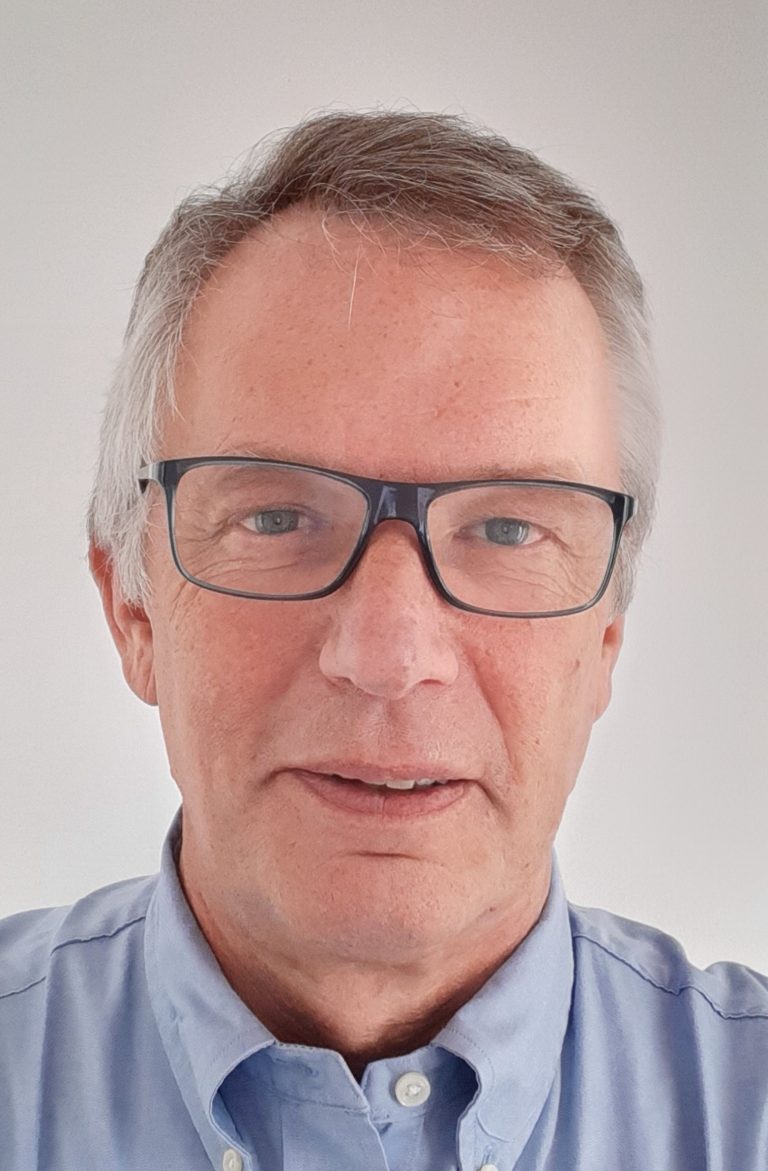
Mr Jean-Pierre Panziera
Chief Technology Director for High Performance Computing, Atos
Jean-Pierre Panziera is the Chief Technology Director for High Performance Computing at Atos. He is also the Chairman of the ETP4HPC association and of the EuroHPC JU’s Research and Innovation Advisory Group (RIAG). He started his career in 1982 developing new algorithms for seismic processing in the research department of the Elf-Aquitaine oil company. He then moved to the Silicon valley as an application engineer and took part in a couple of startup projects, including a parallel supercomputer for Evans & Sutherland in 1989. During the following 20 years, he worked for SGI successively as application engineer, leader of the HPC application group and Chief Engineer. In 2009, he joined Bull, now an Atos company, where he is responsible for the HPC developments. Jean-Pierre holds an engineer degree from Ecole Nationale Supérieure des Mines de Paris.
Faster/Smarter/Greener, Supercomputing in the time of Covid-19
By achieving unprecedented performance with latest processors and accelerators, seamlessly integrating AI/ML applications at scale, Atos continues to craft cutting-edge supercomputers with reduced carbon footprint. In combining computational science expertise and domain application sciences deep knowledge, Atos supports HPC users innovation, whether they are playing a pivotal role in the battle against Covid-19, or developing next-generation weather forecasting, boosting climate and weather discovery. In all cases, we see accelerators boosting performance and improving results. By extending our expertise from HPC to quantum computing, we empower businesses and organizations in all sectors to run any workload, anywhere – now and tomorrow!
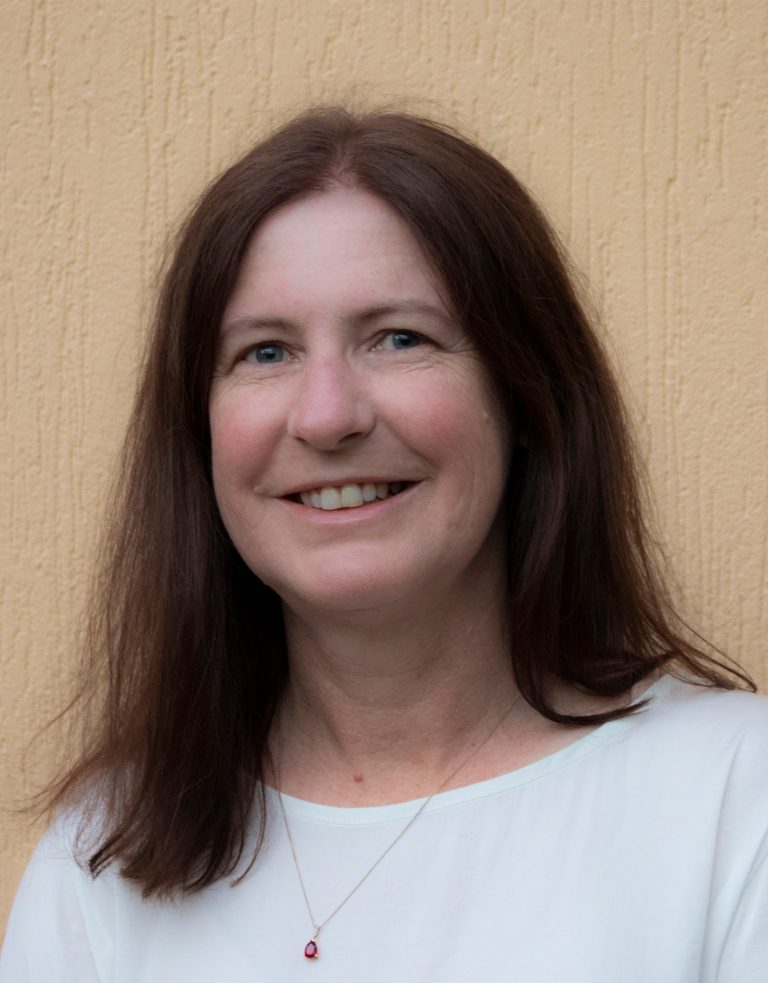
Prof Debra J. Bernhardt
Australian Laureate Fellow, Australian Institute for Bioengineering and Nanotechnology and, School of Chemistry and Molecular Biosciences at the University of Queensland
Debra Bernhardt’s research interests focus on the use of a range of theoretical and computational approaches to develop a fundamental understanding of the behaviour of matter, and application of these approaches to a wide range of problems including design of materials, energy storage and conversion. She is a Fellow of the Australian Academy of Science and Fellow of the Royal Australian Chemical Institute, and leads the theoretical and computational molecular science research in the AIBN, University of Queensland. Debra was awarded the Vice Chancellor’s Research Excellence Award for Research Leadership while at Griffith University. She was the recipient of the 2017 Association of Molecular Modellers of Australasia Medal and in 2019 she was awarded an ARC Australian Laureate Fellowship.
In this talk I will briefly present my experience of high performance computing from a long-time user perspective. I will then speak about a few specific studies that we have done using HPC to demonstrate the importance and role of computing in materials science today. I will look at simulations that we have carried out on solid state electrolytes which are anticipated to be an important component of rechargeable batteries in the future. Finally, I will speak to the need of HPC going forward. In this talk I will briefly present my experience of high performance computing from a long-time user perspective. I will then speak about a few specific studies that we have done using HPC to demonstrate the importance and role of computing in materials science today. I will look at simulations that we have carried out on solid state electrolytes which are anticipated to be an important component of rechargeable batteries in the future. Finally, I will speak to the need of HPC going forward.
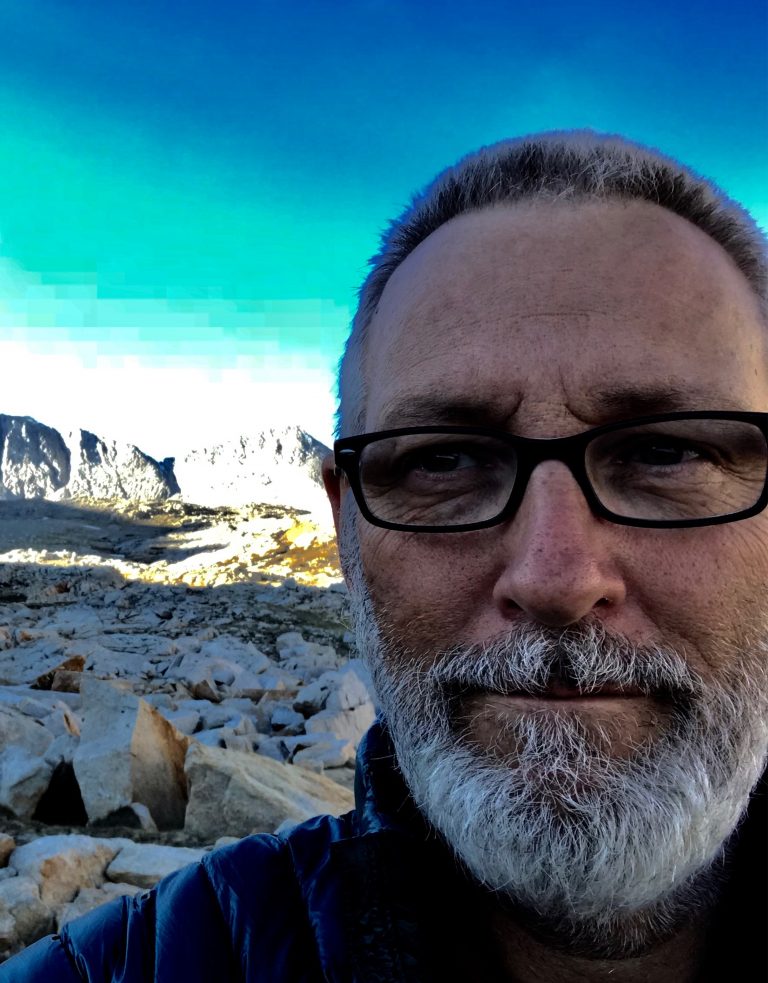
Dr Barry Bolding
Global Director, Business Development HPC, Amazon Web Services (AWS)
Dr. Barry Bolding has over twenty-five years of experience in High Performance Computing (HPC) as a business development and product strategy leader. Dr. Bolding is the WW GTM Director for High Performance, Autonomous and Quantum Computing at AWS. Dr. Bolding’s career has spanned technical and business roles at a number of leading HPC companies, including Cray Inc., SGI, and IBM and for ten years served in executive roles at Cray Inc., a world leader in on-premise HPC solutions. Over the course of his career Dr. Bolding led teams focused on PreSales, Business Development, Product Management, Strategic Partnership and served as the GM for HPC Storage. He received his Ph.D. from Stanford University, and has published numerous papers in the area of computational modelling of physical and chemical systems. This diverse background gives Dr. Bolding a unique and balanced perspective on the convergence of cloud services and high performance computing and the impact this convergence will have on the enterprise and government marketplace.
Innovating without Infrastructure constraints in a world disrupted
Dr. Bolding will present perspectives on re-imaging HPC workloads for the AWS cloud and show examples of companies that are leading this move towards more elastic and agile computing environments.
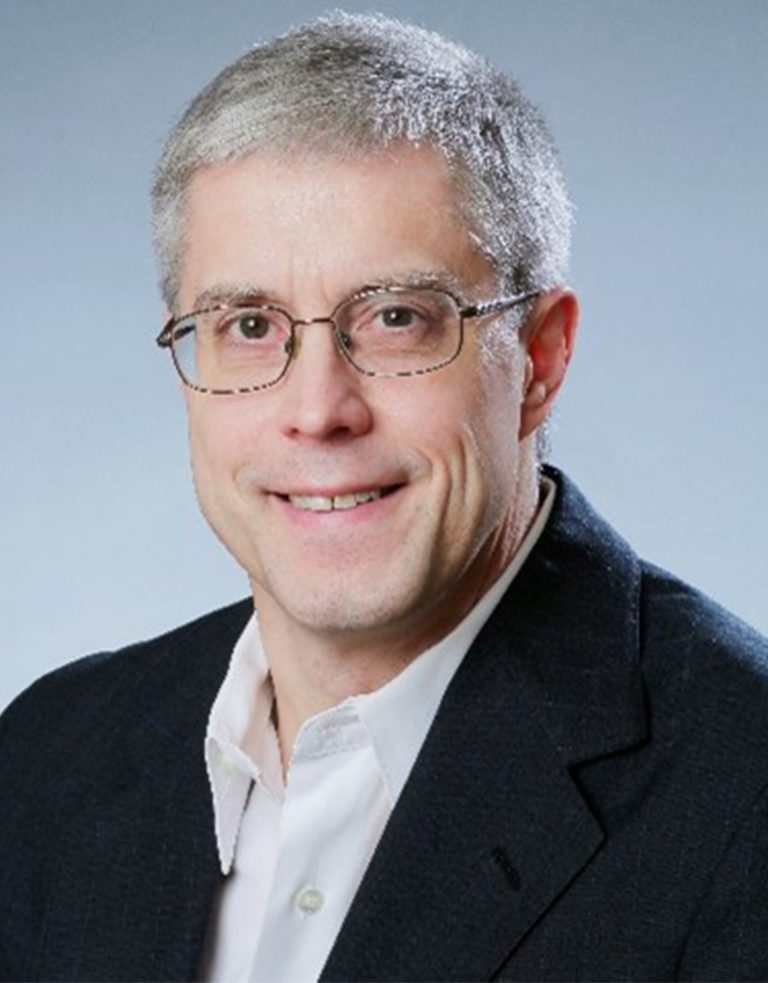
Dr Robert (Bob) Wisniewski
Senior Principal Engineer, Chief Software Architect for Extreme Scale Computing, Data Processing Group, Intel
Dr Robert W. Wisniewski is an ACM Distinguished Scientist, IEEE Senior Member, and the Chief Software Architect for Extreme Scale Computing and a Senior Principal Engineer at Intel Corporation. He is the lead architect and PI for A21, the supercomputer targeted to be the first exascale machine in the US when delivered in 2021. He is also the lead architect for Intel’s cohesive and comprehensive software stack that was used to seed OpenHPC, and serves on the OpenHPC governance board as chairman. He has published over 74 papers in the area of high performance computing, computer systems, and system performance, filed over 56 patents, and given over 60 external invited presentations. Before coming to Intel, he was the chief software architect for Blue Gene Research and manager of the Blue Gene and Exascale Research Software Team at the IBM T.J. Watson Research Facility, where he was an IBM Master Inventor and led the software effort on Blue Gene/Q, which was the most powerful computer in the world in June 2012, and occupied 4 of the top 10 positions on Top 500 list.
Aurora: Leading HPC into the Future
HPC now encompasses workflows spanning classical HPC or modelling and simulation, AI, and Big Data and Analytics. Aurora, the exascale machine to be delivered to Argonne in 2022, embraces all three pillars. It has been called out by the DOE as needing to meet real application benchmarks in each of modelling and simulation, AI, and data analytics. Aurora will achieve these capabilities by leveraging heterogeneity in a CPU – GPU co-designed system.
In this talk I will describe Aurora, both the hardware as well as from the innovative software capabilities that will be available in production. I will provide examples of how we are striving to achieve a tighter integration across each of the three key exascale pillars mentioned above. I will also present our vision for the future of HPC including how we are designing for the trends of increasing heterogeneity, and a much broader set of workflows including AI, cloud, and edge. I will show that Aurora represents an important step in that direction and share a vision of how we will address the challenges raised by those trends in future generations.
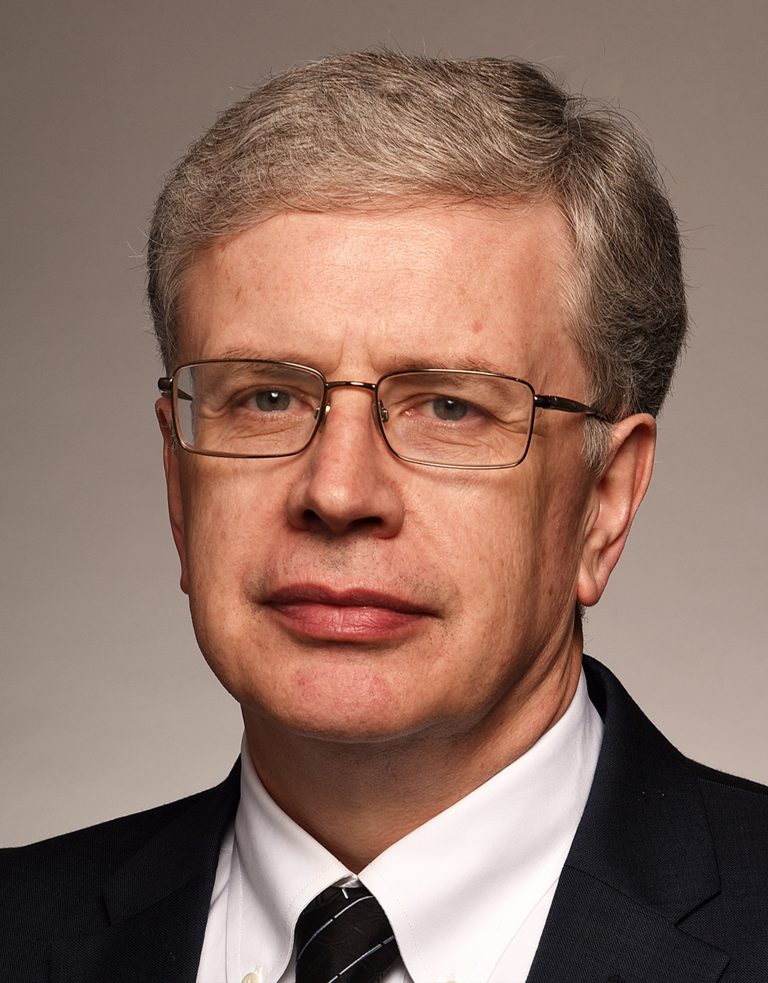
Dr James Sexton
IBM Fellow and Director, Future Computing Systems and Architecture at IBM Research
Dr James Sexton is an IBM Fellow, and Director, Future Computing Systems and Architecture at IBM Research where he is leading research on future computing capabilities integrating bits, neurons and qbits for knowledge discovery. In a prior role, Dr Sexton lead the research team at IBM that developed the CORAL supercomputers at ORNL and LLNL collaboratively with IBM Systems and with IBM’s U.S. Department of Energy partners. Dr Sexton received his Ph.D. in Theoretical Physics from Columbia University, NY. His areas of interest lie in High Performance Computing, Computational Science, Applied Mathematics and Analytics. Prior to joining IBM, Dr Sexton held appointments as Lecturer then Professor at Trinity College Dublin, and fellowships at IBM T. J. Watson Research Center, at the Institute for Advanced Study at Princeton and at Fermi National Accelerator Laboratory.
Knowledge Based Systems for Intelligent Discovery
The COVID-19 pandemic has become one of the defining moments of the 21st century. Industries, economies and societies are being transformed into highly digitised ones. More than ever before, populations around the world are accelerating the adoption of new technologies to stay connected, competitive and crisis-resilient. Innovations such as AI, data analytics, digitalisation and virtualisation have come together and are being pushed further and faster to the forefront. Against this backdrop, the emerging opportunities to integrate traditional high performance computing approaches with AI and Quantum to deliver knowledge based analysis shows promise to fundamentally disrupt our future knowledge discovery, analysis and reasoning capabilities. We present examples of these new types of knowledge based systems in practice and discuss a roadmap for development and deployment on some critical 21st century problems.
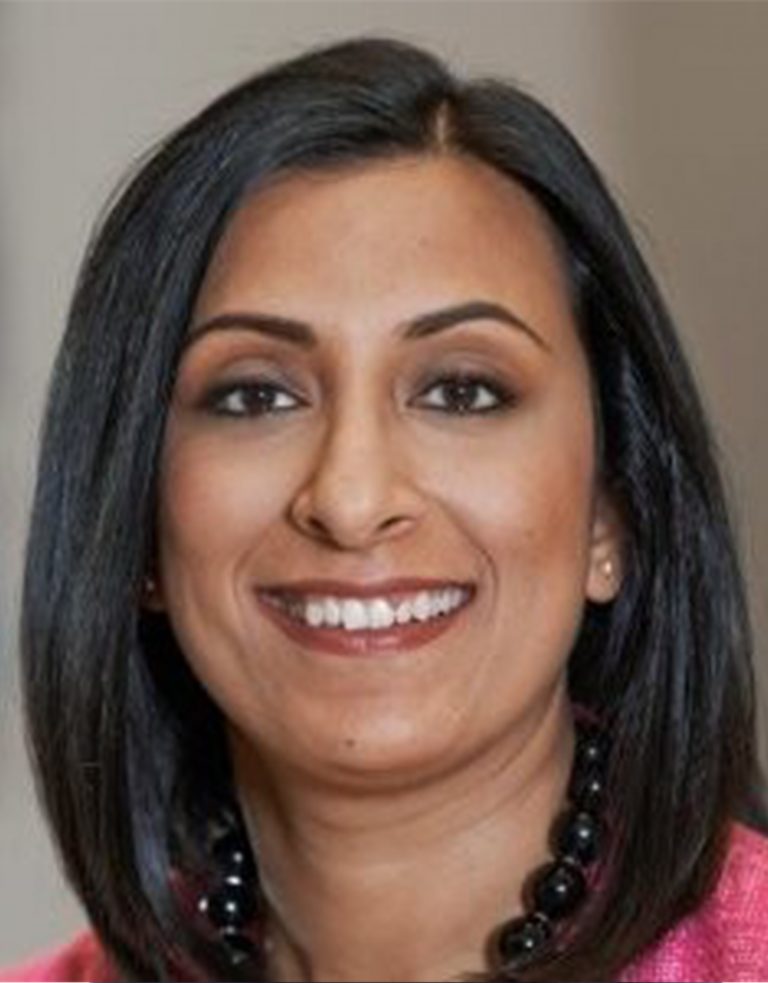
Ms Nidhi Chappell
Head of Product, Specialized Azure Compute
Nidhi Chappell leads the HPC and AI product team for Azure. Her team is responsible for all HPC and AI HW offerings include Intel and AMD CPUs, GPUs, FPGAs and other accelerators as well as HPC software offerings like Azure Batch, Azure CycleCloud and HPC Pack. Her team focuses on bringing true HPC capabilities to cloud (e.g., 200Gb IB) to enable easy on ramp for tightly coupled HPC and large scale AI jobs. For the Microsoft session at SupercomputingAsia 2021, she is joined by Andrew Jones in charge of planning the future of HPC & AI in her team as well as Tim Carroll in charge of enabling the public research community in Americas. Nidhi holds a MS (Computer Engineering, University of Wisconsin), MBA (University of Michigan) and a US patent on branch prediction.
Unlock your innovation with Microsoft Azure HPC
In this video, Nidhi Chappell, Head of Product and Engineering at Microsoft #Azure HPC, provides an overview of the Azure HPC (high-performance computing) ecosystem. We will also outline how we see the future of HPC and its convergence into the cloud as well as future of large research institutions reliance on the cloud.

Dr James Coomer
Senior Vice President for Products, DDN
James is Senior Vice President of Products at DataDirect Networks, and responsible for the technology direction, roadmap and performance analysis of DDN solutions. One of his main tasks is engaging with, and understanding the issues of organisations that are exploring the extremes of IO performance across the range of industries from Life Sciences through to Finance with use cases from Cloud, Enterprise Big Data though to HPC. James’ career started with a PhD in Theoretical Physics followed by over 10 years at Sun Microsystems and Dell, in a wide range of roles from L3 support through consultancy, training, installation and presales. James turned to focus on IO and storage in a move to DDN in 2011.
Getting more from Cloud with Efficient Data Storage
TRACK
SPEAKERS
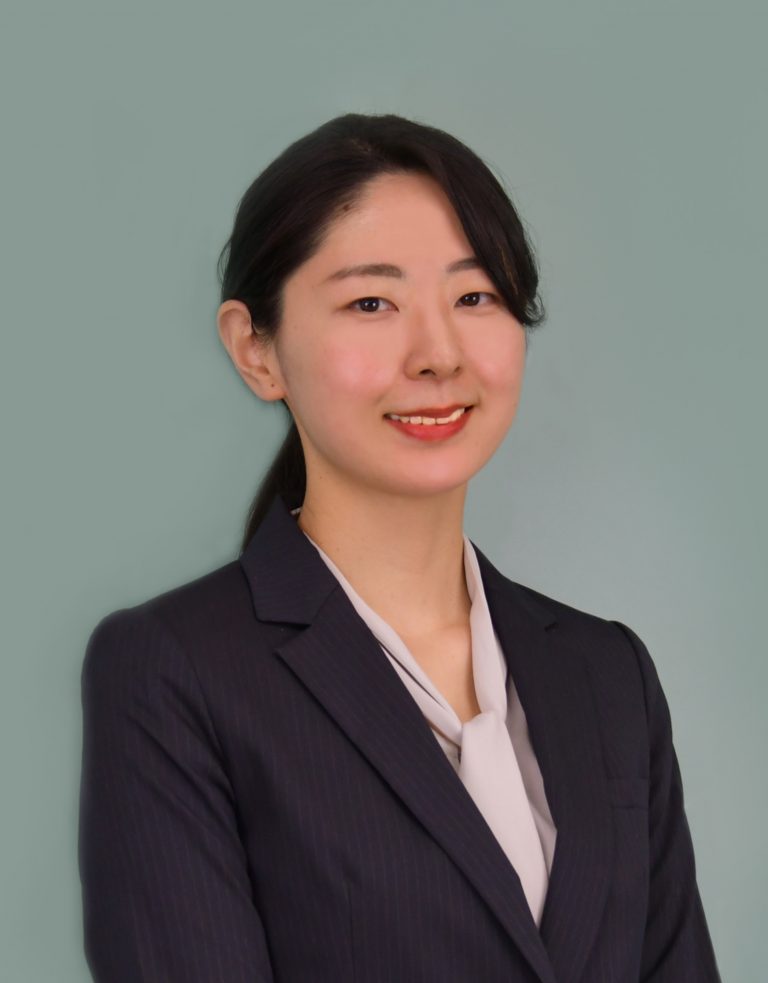
Ms Misato Niiyama
Coordinator, RIST Kobe Center
Misato Niiyama works as an Application Reception Office of HPCI in the Department of Shared Use Promotion of RIST Kobe Center. Before starting her job at HPCI, she worked at an international computer center for five years and supported national and foreign HPC users. With her experience she now engages in various activities of public calls of HPCI including PR of the calls and supports of applicants. She also plays a role to introduce application overview to potential overseas users and coordinator with overseas institutions.
How to access Japanese HPCI Supercomputing Resources?
HPCI, High Performance Computing Infrastructure of Japan, is a shared use framework of world top class supercomputing resources in Japan. HPCI computing resources consist of Tier 0 flagship supercomputer, the world’s fastest supercomputer Fugaku, and Tier 1 Universities and research organisation supercomputer systems as well as large-scale shared storage. Fugaku, Tier 0 flagship system, will start its shared-use operation in 2021. HPCI’s calls are open to the world-wide HPC communities not only for academia but also for industry. Especially, for Fugaku, various project types are scheduled to be set to meet users’ needs. In this presentation, I will explain the outline of HPCI as well as timeline and overview of the calls.
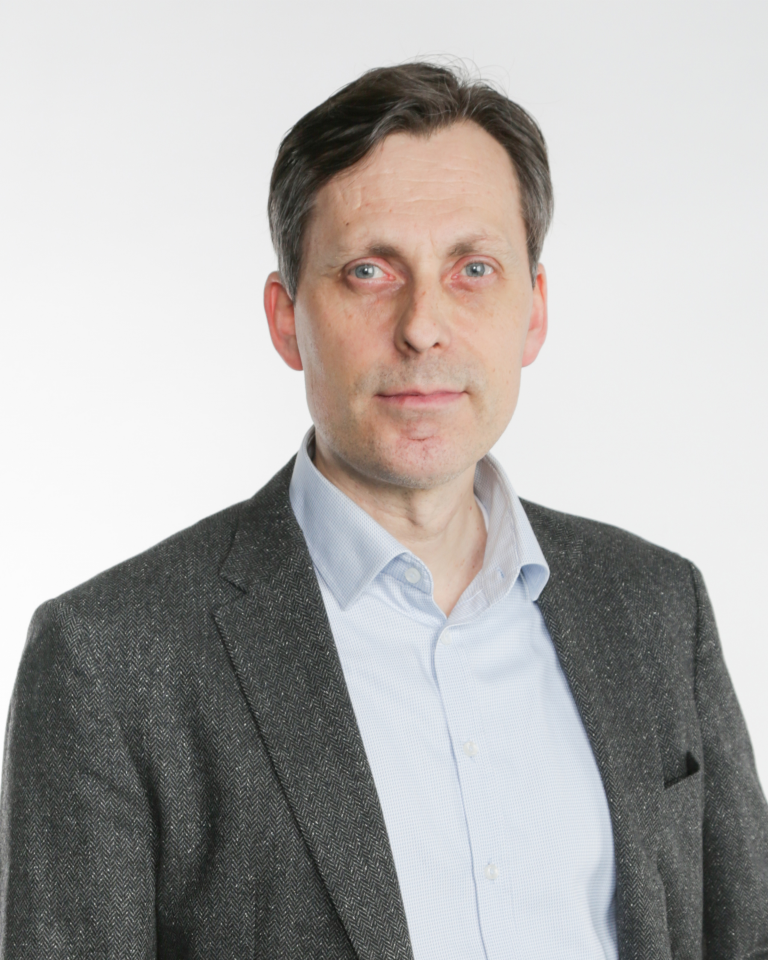
Mr Dan Still
Partnerships Manager, CSC – IT Center for Science Ltd.
Dan Still works as Partnerships Manager in the CSC Business Insights and Growth unit where he is responsible for developing public-private partnerships and research collaborations in high-performance and cloud computing. Dan has more than 20 years of computing experience from both academia and industry and his technology background and interests include high-performance and cloud computing, data-intensive systems, analytics and machine learning. He is a Åbo Akademi University Computer Science graduate and is currently focused on preparing the company and business ecosystem for the EuroHPC system LUMI.
Creating a Unique AI Strategy with Supercomputing
Supercomputing enables new types of product development and innovations that leverage the power of computing and simulation methods on the one hand and the potential of data analytics and AI on the other. In the field of supercomputing-driven data analytics and AI, there is limited competition between companies, so investments in this field can provide a competitive edge. CSC’s data centre in Kajaani, Finland, will be the home of one of the world’s most powerful AI development platforms when the EuroHPC LUMI supercomputer becomes operational in 2021. Up to 20% of the LUMI capacity is reserved for the industry to support research activities. A key objective is to promote cooperation with higher education institutions and research institutes.
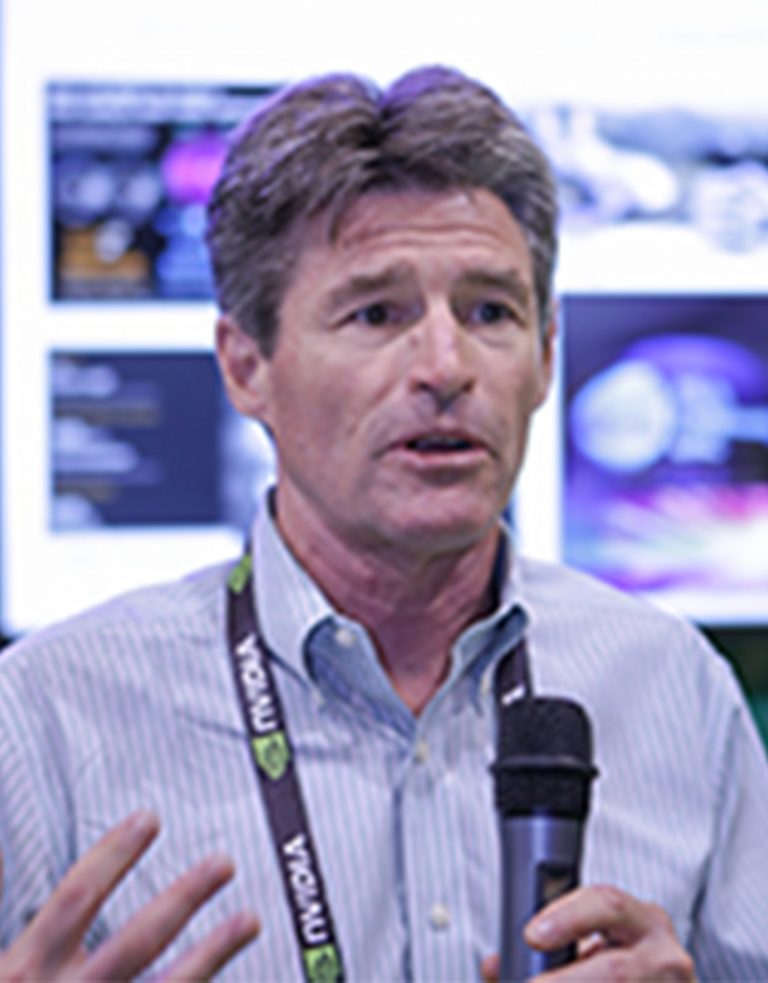
Mr Tom Gibbs
Manager, Developer Relations, NVIDIA
Tom is currently responsible for strategy and implementation of programs to enable and promote developers to take full advantage of NVIDIA technology. Tom brings over 30 years of experience in HPC, and has applications expertise in industries ranging from Physics, Aerospace, Healthcare, Life Sciences, Energy and Financial Services.
Solving The Grand Challenge Science Problem of Our Time: How the Convergence of HPC*AI is being used to Address the COVID-19 Pandemic
There are critical Grand Challenges of Science that will require the Convergence of Conventional HPC and AI methods to model and solve. The talk will provide an overview of the challenges that are magnified due to the end of Moore’s Law and Dennard Scaling, and then provide a survey of examples where the Converged methods are being used successfully toward solving the Grand Challenges from Fusion based electrical power, understanding Dark Matter, Advanced materials and biochemistry including the response to the COVID-19 pandemic.

Mr Derek Bouius
Product Manager of GPU Compute, AMD Datacenter GPU and Accelerated Processing BU
Derek Bouius has been leading product management of the AMD ROCm open software platform for GPU compute for the past 3 years. This open source initiative is closely tied to enablement of ML and HPC workloads using the newest data center GPU devices. Derek has been involved in the design, development and deployment of security and compute accelerators for over 20 years.
Accelerate Your Discoveries in HPC & AI
The era of exascale is here. Immense computational power coupled with the fusion of HPC and AI is enabling researchers to tackle grand challenges once thought beyond our reach and disruptive technologies are needed to drive industries forward. AMD is at the center of this computing revolution and the AMD Instinct™ MI100 accelerator has been designed in lock-step with AMD’s award winning 2nd Gen AMD EPYC™ processors, built on our Infinity Architecture, to deliver true heterogeneous compute capabilities for HPC and AI. Join Derek Bouius, AMD Product Manager for GPU Compute, to learn how the AMD MI100 Instinct™ GPUs and EPYC™ processors can propel your HPC and AI Deep Learning workloads.
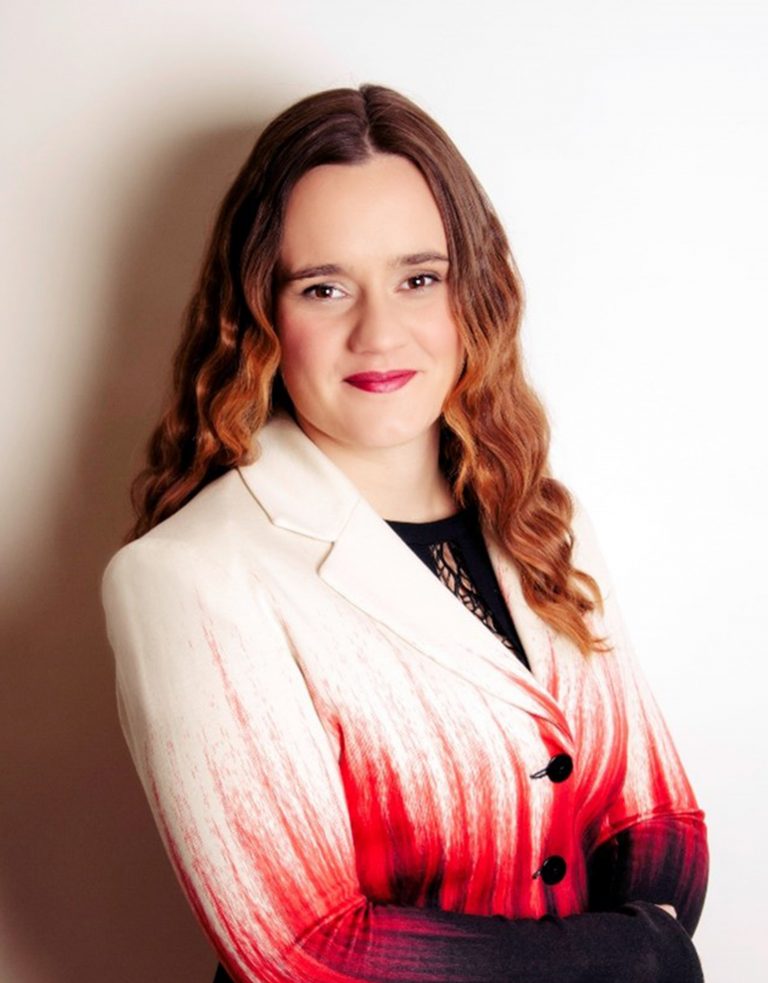
Dr Rosemary Francis
Chief Scientist, HPC, Altair
Dr Rosemary Francis founded Ellexus in 2010, which was acquired by Altair in 2020. Rosemary obtained her PhD in Computer Architecture from the University of Cambridge and after working in the semiconductor industry founded Ellexus, the I/O profiling company. Now part of Altair, the Rosemary’s team works on job-level analytics and storage-aware scheduling. As well as her role as Chief Scientist in HPC at Altair, Rosemary is a member of the Raspberry Pi Foundation, an educational charity that promotes access to technology education and digital making.
I/O profiling with Altair Mistral and the future of storage aware scheduling in Altair PBS Professional
This talk will look at the importance of understanding the I/O patterns of HPC applications and the impact they have on shared storage. Whether running on-premises or in the cloud, storage is a large part of computer infrastructure cost. The Altair HPC product suite has a unique range of solutions that provide actionable insight for operations and planning, the I/O profiling tools being the latest additions to the family. Rosemary will be giving an overview of this technology as well as sharing the roadmap for storage aware scheduling at Altair following the Ellexus acquisition.

Mr Romain Bottier
HPC & AI Subject Matter Expert, Dell Technologies – Data Centric Workloads and Solutions Group
Romain has been in the involved for the last decade in HPC deployments across Europe, Middle East and for the last 7 years in APJ. Romain is now part of the Data Centric Workloads and Solutions group at Dell Technologies, focusing on end-to-end solution for customer building HPC & AI capabilities.
Artificial Intelligence Applications in Pharmaceuticals and Drug Discovery
The rise of compute power, constant improvement in AI software algorithms and the large volume of data available allow us today to tackle problem in ways that where not practical with traditional HPC simulation. Learn today how AI is being use in Pharma and Drug discovery to drive human progress and get better scientific outcome.

Mr Gil Bloch
Principle Architect of Networking Software & System, NVIDIA (Networking BU)
Gil Bloch is an HPC and AI specialist with broad experience in fast interconnect technologies for clusters, datacentres and cloud computing. His current responsibilities include co-design and in-network computing for HPC and machine learning. Gil is a teacher of Fast Networks and RDMA programming in the Hebrew University of Jerusalem (HUJI) and in Ben Gurion University of the Negev (BGU).
Before working on in-network computing, Gil had multiple engineering and architecture positions including network adapters and switches ASIC design and architecture, RDMA offload ASIC and open source networking software for high performance computing. Gil is an author/co-author of multiple patents in the area of computer networks and network adapters. Gil holds a BSc degree in Electrical Engineering from the Technion, Israel Institute of Technology.
Revolutionising Supercomputing
NVIDIA GPU and Networking technologies are the engines of the modern HPC data centre, delivering breakthrough performance and scalability. In order to handle the ever growing demands for higher computation performance and the increase in the complexity of scientific problems, a new data processing unit (DPU) was created. DPUs are interconnect elements that include In-Network Computing engines, engines that can participate in the application run time by analysing data on the fly. The combination of CPUs, GPUs, and DPUs, creates the next generation of supercomputing data centre architectures.
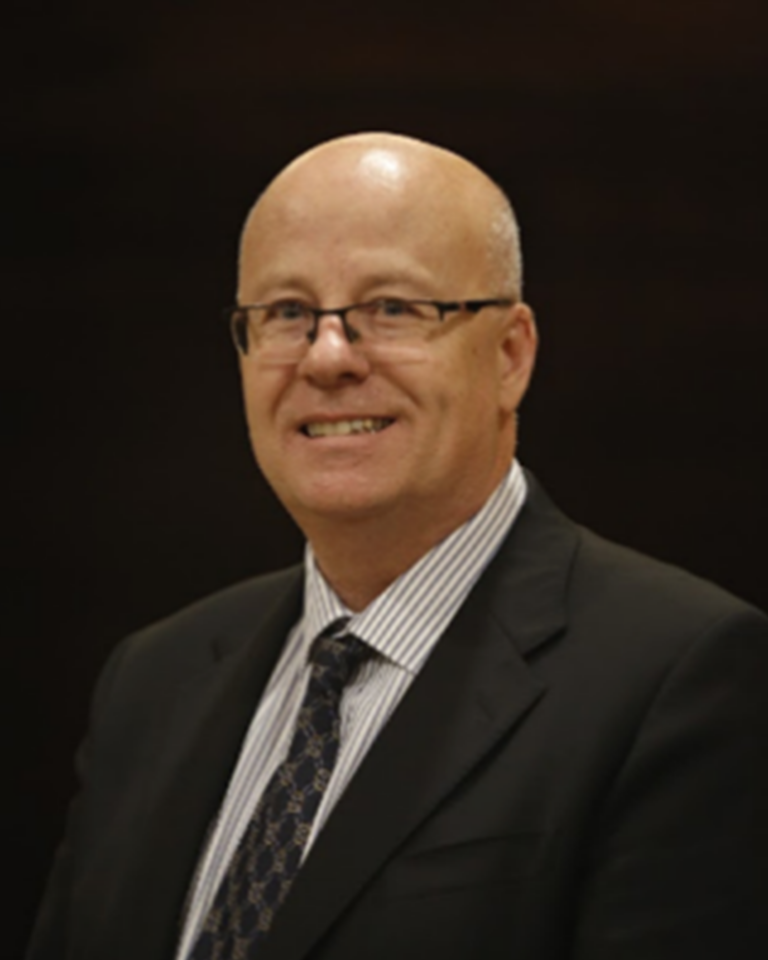
Dr Keith Hanna
Vice President, Marketing, MSC Software
Keith Hanna is the Vice President, Marketing of MSC Software. Dr Hanna brings over 25 years of experience in the CFD, CAE, EDA and PLM industries, spanning a wide range of global technical and marketing roles inside Siemens PLM, Mentor Graphics Corp., ANSYS Inc. and Fluent Inc. His career prior to engineering simulation included practical experience of the metallurgical and mining industry at Br. Steel and De Beers. He has both BSc and PhD engineering degrees from the University of Birmingham in England and is a respected commentator on the CFD/CAE industry, a pioneer of CFD in sport, and a former member of the Executive Committee of the International Sports Engineering Association.
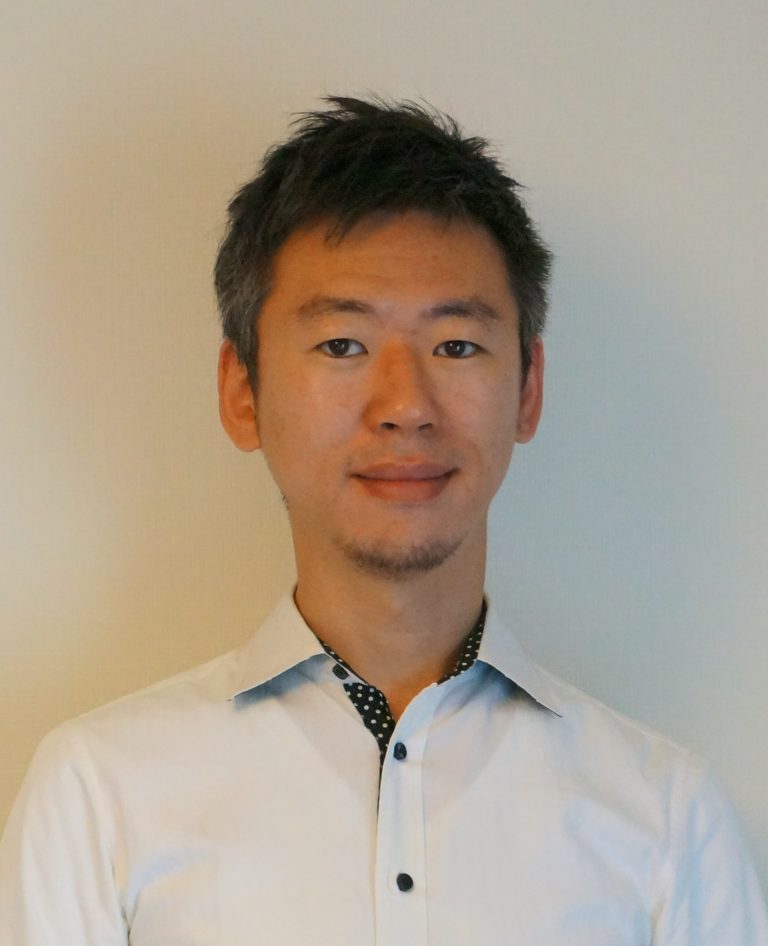
Dr Shigeyuki Matsumoto
Research Scientist, Medical Sciences Innovation Hub Program, RIKEN Cluster for Science, Technology and Innovation Hub
Dr Shigeyuki Matsumoto is a research scientist in Medical Sciences Innovation Hub Program, RIKEN Cluster for Science, Technology and Innovation Hub. He obtained Ph.D. in pharmaceutical sciences from Osaka University, Japan, in 2009. His doctoral work was structure-based drug development study on a protein involved in onset of diabetic complications. He worked at National Institutes of Biomedical Innovation, Health and Nutrition from 2009 to 2011, followed by moving to Graduate School of Medicine, Kobe University from 2011 to 2018. His research interests include investigating molecular mechanisms of proteins and drug development research through integrating experimental and computational approaches in structural biology field.
Challenges in large-scale MD-based docking study targeting SARS-CoV-2 proteins on Fugaku
A novel coronavirus, SARS-CoV-2, spread rapidly across the world and there is an urgent need for development of effective molecular target drugs. In the present research, we performed molecular dynamics-based docking simulation targeting SARS-CoV-2 proteins on supercomputer “Fugaku”, which is currently ranked as No. 1 on the Top 500 supercomputer calculation speed ranking. Evaluation of binding efficiencies for several thousands of the compounds have identified the promising candidates. Furthermore, we have established a basis to analyse the big data regarding dynamics behaviour of a series of the evaluated compounds, allowing to extract biologically relevant features from them. Among the extracted features, investigation into identification of the essential binding pathway will be introduced in this presentation.
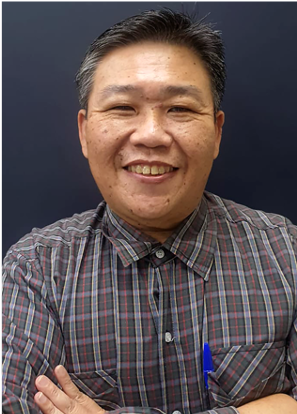
Mr Ian Goh
Director – Group Business Development, ERS Industries
Ian Goh is the Director – Group Business Development for ERS Industries Pte Ltd. He joined ERS initially as a consultant back in 2017 and eventually was asked to join full-time to help develop the company’s sales development and marketing efforts. During this period, his invaluable contribution to engineering and product development led him being named one of co-inventor of the KoolLogix Passive Heat Removal Solution for Data Centre.
Ian has worked in various industries in MNCs and SMEs. He possess qualification in Marine Engineering, Electrical Engineering (with a minor in Manufacturing Engineering) , and Technology Management.
KoolLogix – Energy Saving Thermal Management Solution for HPC Data Centre
Powerful computing servers generate a lot of heat energy that requires improved thermal management, this especially so in a data center space. Massive amount of forced cooling is expensed to effect hotspot reduction, ensuring IT equipment longevity, and delivering optimized computing performance. The end-result is expensive and complex to manage. The KoolLogix system was developed to address all these concerns and more. From ensuring it meets the data center operation requirements on improved thermal management; and bring about reduction of energy utilization and carbon emission. This presentation is an overview of what KoolLogix solution is about.
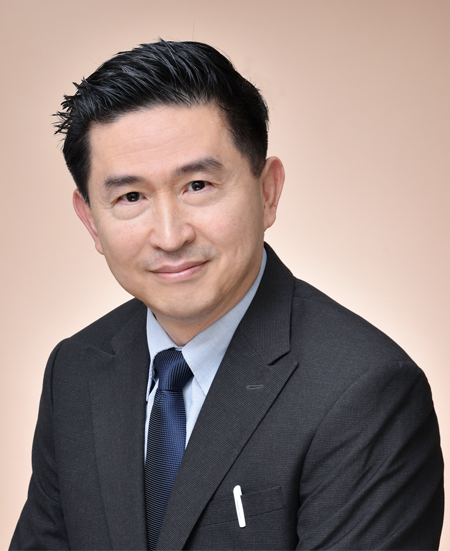
Dr Goh Eng Lim
Vice President & Chief Technology Officer HPC and AI, Hewlett Packard Enterprise
Dr. Eng Lim Goh is SVP and CTO for AI at HPE. Prior to this, he was CTO for the majority of his 27 years at Silicon Graphics, now part of HPE. As principal investigator of the experiment aboard the International Space Station to operate autonomous supercomputers on long duration space travel, Dr. Goh was awarded NASA’s Exceptional Technology Achievement Medal. In addition to co-inventing blockchain-based swarm learning applications, he oversees deployment of artificial intelligence to Formula 1 racing, works on industrial application of technologies behind a champion poker bot, co-designed the systems architecture for simulating a biologically detailed mammalian brain, and leads a team on machine learning of gene expression data from a vaccine clinical trial. He has been granted nine U.S. patents, with four others pending.
What we learnt from working with customers on COVID-19
We discuss the application of high performance computing, data intensive computing and machine learning towards artificial intelligence for the healthcare industry over the past year. These include cryo Electron Microscopy for the virus 3D structure towards drug development, machine learning models to shortlist drug candidates before expensive high-fidelity docking computations, analysis of gene expression data from a vaccine clinical trial, natural language processing for the surge of scientific publications, to swarm learning amongst hospitals without need to share private patient data. Relevantly, also how workplaces and factories are adapting edge to cloud.
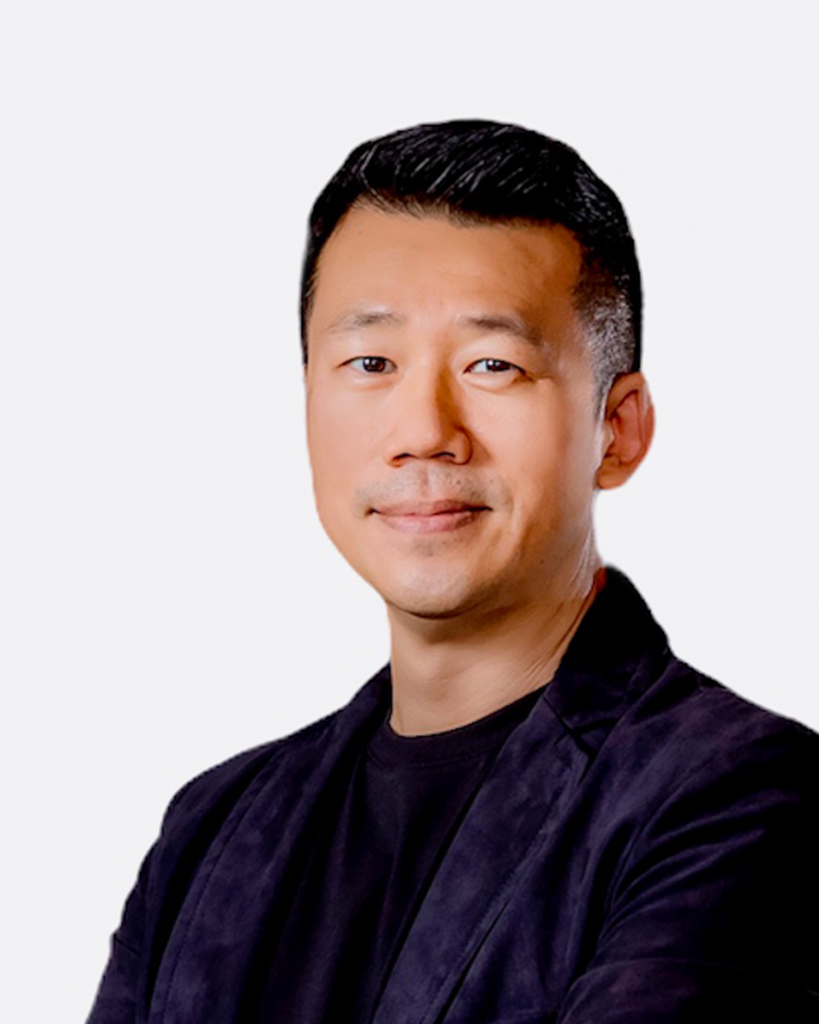
Mr Terry Tai
Senior Director
Serving GARAOTUS as a Senior Director with a demonstrated history of working in the information technology and services industry for decades. Skilled in Cloud technology, Artificial Intelligence Solutions, IoT platform, Data Storage system, Sales, Partner Management, Storage, and Go-to-market Strategy.
Accelerating Research a Cure by Genomic Analytics with HPC
‘- Pandemic changed our life – Genomic Industry is undergoing a TransformationAccelerating Genomic Research with HPC – Case Study
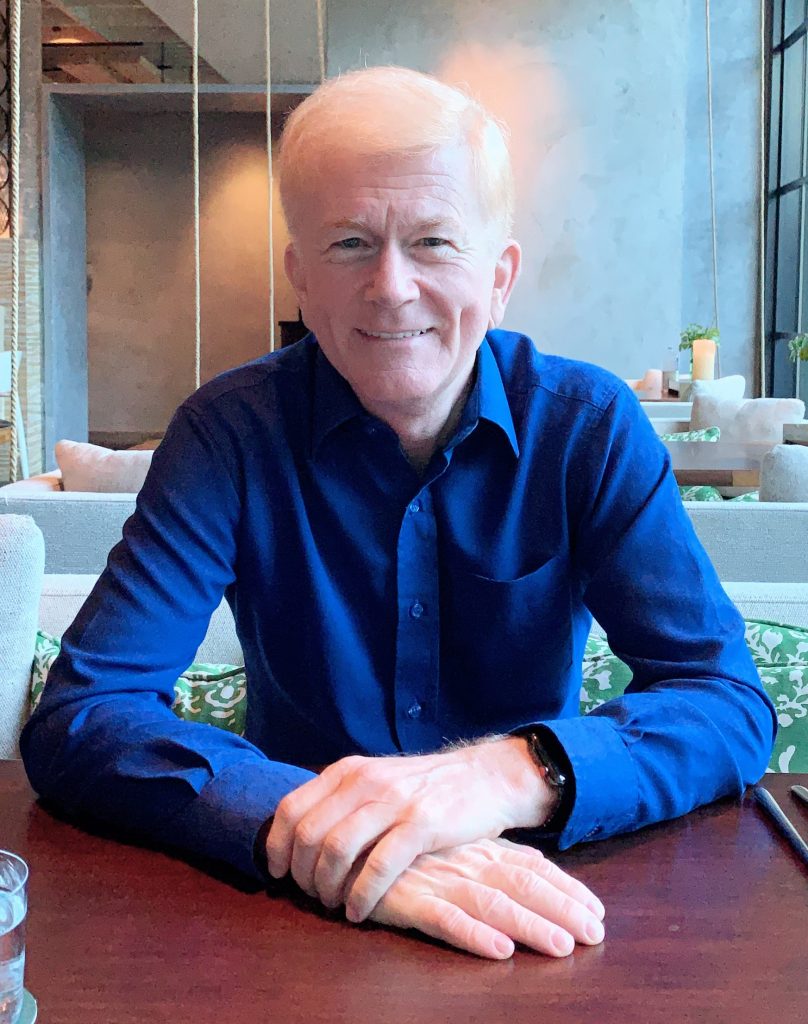
Dr John L. Gustafson
Professor, National University of Singapore
Dr. John L. Gustafson is a Professor in the School of Computing at NUS. He is the inventor of several novel forms of computer arithmetic first introduced in his 2015 book, The End of Error: Unum Computing. He is best known for his 1988 argument showing that parallel processing performance need not be limited by “Amdahl’s law,” now generally known as Gustafson’s law. Previously, he has been Senior Fellow and Chief Product Architect at AMD and a Director of Intel Labs. He is a recipient of the inaugural Gordon Bell Prize and is a Golden Core member of IEEE.
Recent Breakthroughs in Next-Generation Arithmetic
Four years ago, a new way of representing real numbers on computers was introduced at Stanford University, called posit arithmetic. The new approach has taken on a role similar to Linux versus Windows, or RISC-V versus x86; it is an open-source clean-slate redesign of an outdated technology (IEEE 754 Standard floating-point) that is being rapidly adopted. This talk presents recent breakthroughs that make the adoption of this next-generation computer arithmetic even more compelling.
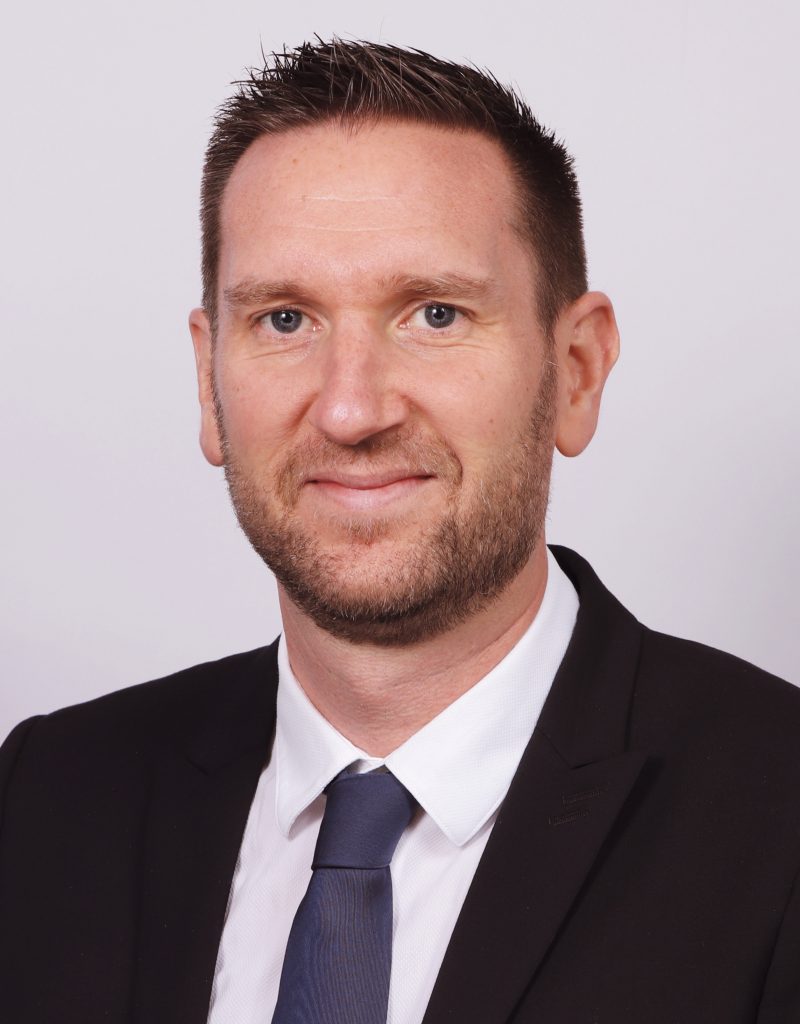
Mr Damien Déclat
Head of HPC, AI & Quantum Global Business Operations, Atos
After an engineering degree in Modelling and Scientific Computing in Polytech Lyon (France), Damien Déclat integrated the HPC community in 1999 at Argonne National Laboratory (Chicago, USA). He was then part during 5 years to the Global change group at Cerfacs (Toulouse, France), developing coupling software for climate modelling simulations. He joined the Atos Bull Group in 2004 as an Applications Expert and Pre-Sales consultant. He then successively led the Applications & Performances group, Pre-Sales activities and managed strategic HPC projects such as the deliveries of the Curie (Genci) and Meteo-France supercomputers. Damien is now Head of HPC, AI & Quantum Global Business Operations at Atos.
Damien is part of Atos Global Business Line HPC, AI & Quantum; he is Head of Operations.
Rethink and Redefine – Revitalise leveraging advanced computing!
Amid the pandemic, Atos’ capacity in supporting researchers and industrial is unprecedented: – Life Sciences CoE: Modelling virus structure, visualising infection mechanics, Atos HPC experts are racing against Covid-19. – Weather & Climate CoE: enable next-generation weather forecasting, boost climate discovery, innovate thanks to HPC-AI convergency. – Decarbonisation with Total: use quantum calculation to identify new materials and molecules to accelerate carbon neutrality. With deep understanding of the clients’ business imperative and advanced computing technology, Atos supports our clients to redefine the way they pursuit business! In translating data into actionable insights, we help clients to innovate and thrive in an ever-changing world.
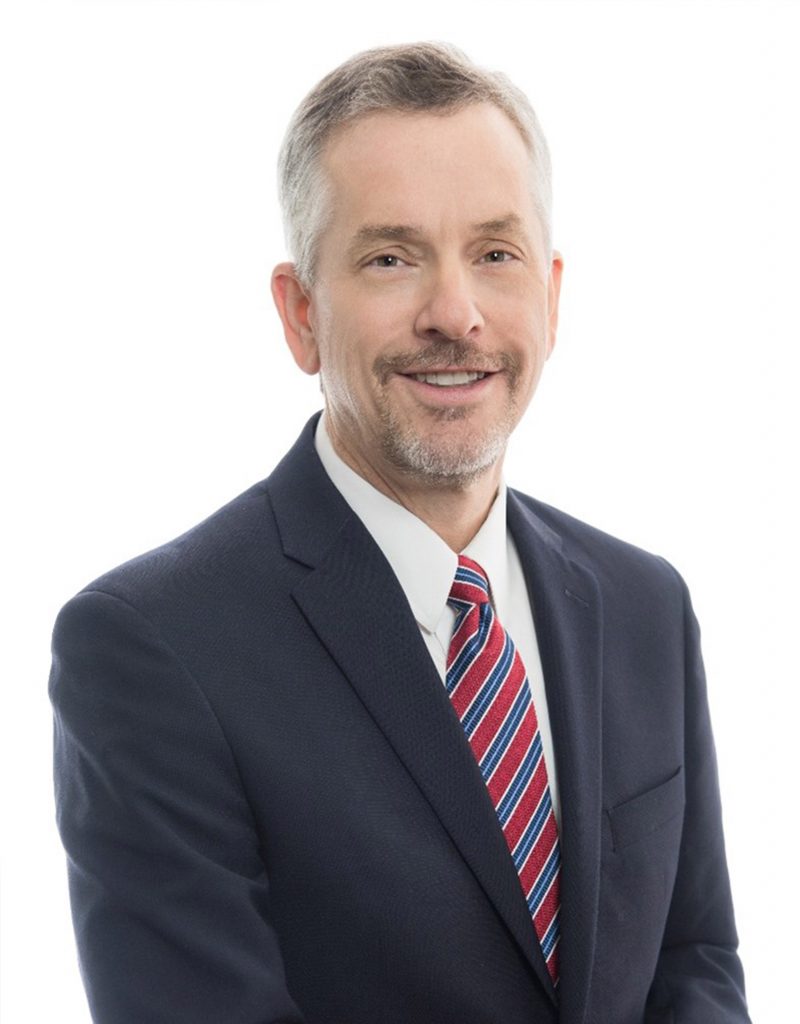
Mr Joseph Curley
Senior Director, oneAPI Products, Solutions & Ecosystems at Intel Corporation
Joseph (Joe) Curley serves Intel Corporation as Senior Director, oneAPI Products, Solutions & Ecosystem. His primary responsibilities include supporting the oneAPI industry initiative, product management of Intel’s oneAPI product implementation, and supporting the oneAPI developer ecosystem. Mr Curley joined Intel Corporation in 2007, and has served in multiple other strategic planning, ecosystem development, and business leadership roles. Prior to joining Intel, Joe worked at Dell, Inc. leading the global workstation product line, the consumer and small business desktop product line, and in a series of engineering roles. He began his career at computer graphics pioneer Tseng Labs.
oneAPI Platform for Cross-Architecture Programming
The need to analyse increasingly complex datasets is driving demand for dedicated workload accelerator chips to be installed in data centre servers to complement the main server processor. oneAPI is a cross-industry, open, standards-based unified programming model that delivers a common developer experience across accelerator architectures – for faster application performance, more productivity and greater innovation. In this technical talk, Joe will give an overview of oneAPI and the plans going forward. Joe Curley, Senior Director, oneAPI Products, Solutions & Ecosystems at Intel Corporation.
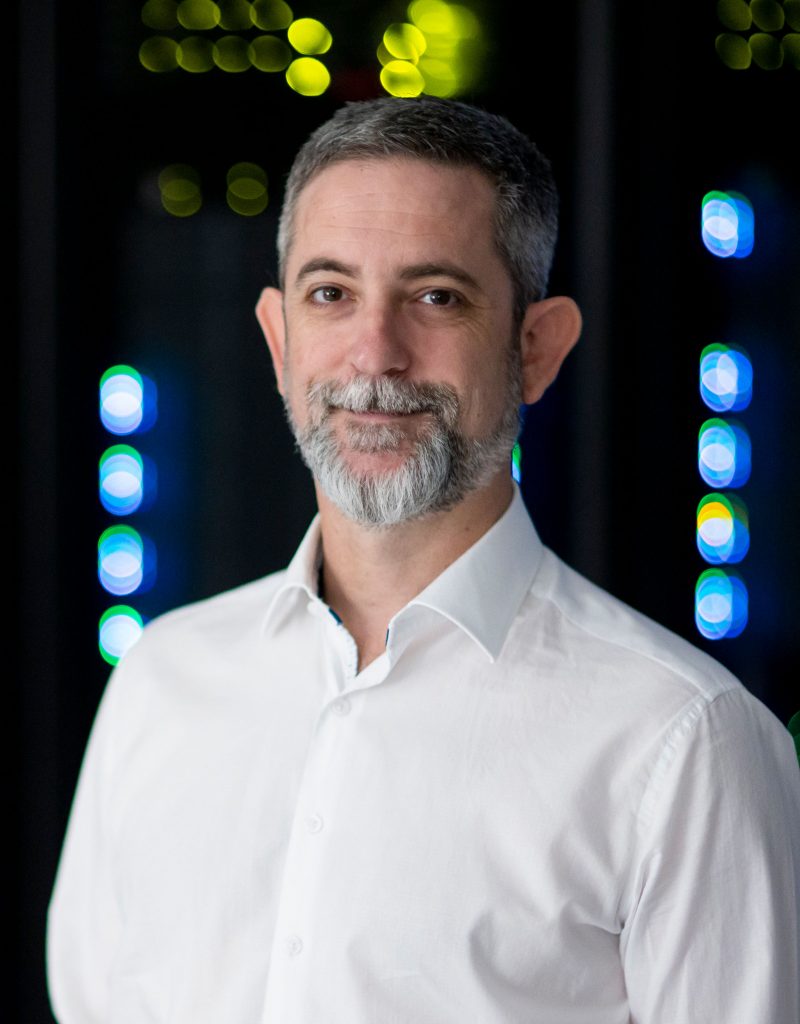
Mr Mark Gray
Head of Scientific Platforms, Pawsey Supercomputing Centre
Mark Gray is currently the Head of Scientific Platforms at the Pawsey Supercomputing Centre. He brings a strong research and data management background to his role of building the next generation of supercomputing systems for Australia. This includes procurement, deployment, training, user expectation management – and leadership of the team who administer and operate Pawsey systems.
Mark has a background in earth science and research software engineering with experience at the University of Wisconsin-Madison, NASA Goddard Space Flight Center. Prior to joining Pawsey, Mark worked with the Terrestrial Ecosystem Research Network and the Integrated Marine Observing system here in Australia, building large scale satellite data processing facilities.
Next Generation Supercomputing at Pawsey Supercomputing Centre
In 2018 the Australian Government awarded $70 million to upgrade Pawsey’s supercomputing infrastructure, in addition to the $80 million granted in 2009 to establish a petascale supercomputing facility. The Pawsey upgrade implemented through the Pawsey Capital Refresh Project is ensuring Australia continues to enable internationally competitive computationally-intense research. The key technology decisions and directions for the next-generation supercomputer and associated infrastructure were completed in 2020. Pawsey is now engaged in the deployment of new supercomputing, storage and interconnect technologies in preparation for full availability for Australian researchers in 2022. We will present the technology and software features of this new infrastructure and discuss some of the transformational science that will soon be possible at Pawsey Supercomputing Centre.

Mr Parveen Kumar
Senior Systems Engineer, DDN
Parveen is Senior Systems Engineer at DataDirect Networks. He is HPC industry veteran with more than 22 years of industry experience. He carries strong insight of Application Benchmarks, Solution Architecting and solution deployment in HPC. Parveen’s career started with a Engineering in Computer Science had worked with Intel, SGI, Fujitsu and Microsoft in the past in a wide range of roles. Parveen has joined DDN recently to focus more on IO requirement of HPC Applications.
Data Storage offering for AI
This talk focuses on I/O requirements of AI & Machine Learning/Deep Learning applications with real-world use cases like Autonomous Vehicles, Medical Imaging and HPC. The talk will include identifying the I/O characteristics and how DDN Storage solves these peculiar problems with a combination of home-grown and open-source technology. Talk with showcase storage solutions for NVIDIA DGX & DGX2 and other popular AI computing platforms.
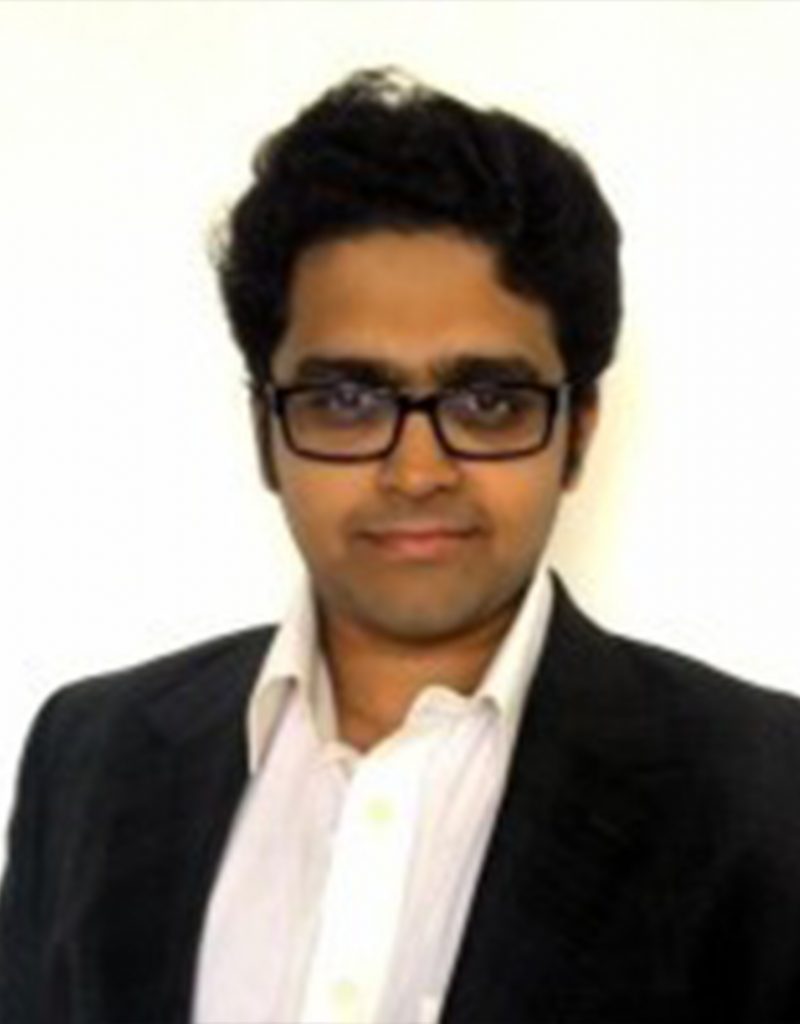
Mr Austin Cherian
Senior Developer Advocate HPC & Batch, Amazon Web Services (AWS)
Austin is currently a Senior Developer Advocate for HPC and Batch at AWS responsible for supporting various technical and business teams to help customers with a path to High Performance Computing on AWS cloud.
Prior to AWS, Austin was with Intel in various roles, the last one being the Head of Intel’s HPC & AI business for India and prior to that was part of Intel’s global High Performance Computing Applications engineering team responsible for optimisation of scientific computing application codes.
Austin also possesses various AWS certifications including the AWS Associate as well as AWS Cloud practitioner certifications.
The Cloud Paradigm for HPC and AI, Accelerating Innovation beyond limitations
The field of high performance computing (HPC) and artificial intelligence (AI) has evolved over time. The architectures shifted from vector machines to use COTS-based clusters. Then, HPC saw the emergence of specific integrated and discrete accelerator architectures.
The cloud is the next evolution in the cycle. It provides a solution for overcoming challenges with scalability and performance, while using economies of scale.
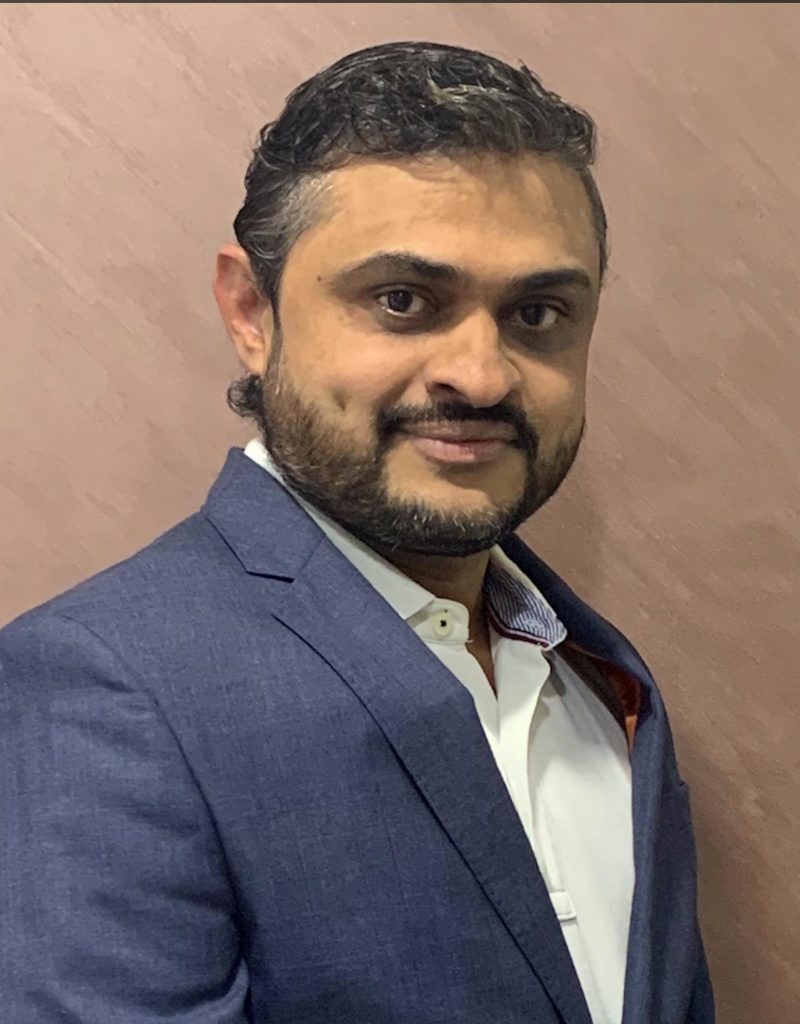
Mr Sandeep Ramesh Patil
IBM STSM (IBM Storage CTO Office), IBM Master Inventor
Sandeep has over 20 years of extensive product architecture and design experience in storage. He is an IBM Master Inventor with over 300+ world wide patents in the field of storage cloud, security, filesystem, etc. Sandeep has been recognised in world Prolific Inventor list by Wikipedia. You can connect with him on https://www.linkedin.com/in/sandeeprpatil
Proactive Threat Detection and Safeguarding of Data for enhanced Cyber Resiliency
Proactive Threat Detection and Safeguarding of Data for enhanced Cyber Resiliency
In today’s data-driven world, data is the new crown jewel and the key asset for the growth of any organization. Data is assisting organizations to discover new business insights, new patterns, customer behavior, etc and also serve as the base fuel for super computing workloads.
With this exponential data growth and critical dependence, it is vital to safeguard data from various cyberattacks from malware and ransomware. In recent times, the world has seen a surge in cyberattacks with malicious intentions targeted towards data hosted on systems residing cloud to edge to centralized super computing environments. This is driving the need for cyber resiliency across workloads. In this talk, we present a point of view of how storage and storage tight integrations with security ecosystem can help businesses readily embrace Cyber Resiliency. The talk will exhibit practical examples and will summarize on how storage can start playing a more critical role in safeguarding the crown jewel of any business – The Data!
Mr Rob Futrick
Principal Program Manager at Microsoft Azure HPC team
Rob Futrick is the principal PM lead for the Azure Compute HPC Software + Services team, including Azure Batch, Azure CycleCloud, and HPC Pack. Prior to joining Microsoft, Rob was a co-founder and CTO of Cycle Computing, acquired by Microsoft in 2017. He was responsible for driving the company’s technology and product vision, with a particular focus on enabling highly scalable cloud and hybrid HPC solutions for customers. As a cloud user since 2007, he brings a unique perspective to the challenges that large scale cloud computation presents.
Introduction to Azure HPC software platform
This session provides an overview of the #Azure HPC (high-performance computing) software platform, including Azure Batch and Azure CycleCloud.
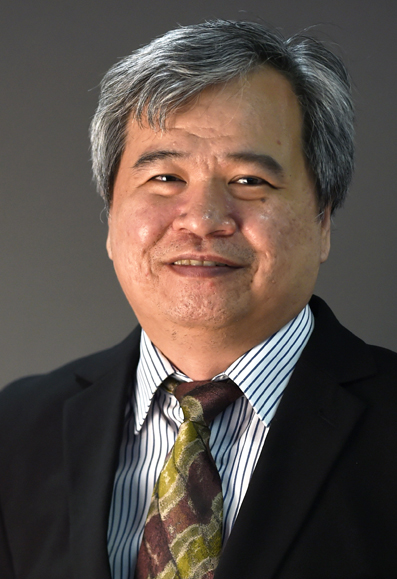
Dr Kenneth Ban
Programme Director (Health/Biomedical & Life Sciences), National Supercomputing Centre (NSCC) Singapore
Kenneth obtained his BSc(Hons) in Biochemistry and MBBS degrees from the National University of Singapore (NUS) and a PhD in Cancer Biology from Stanford University. He completed his postdoctoral training in mouse cancer genetics at the Institute of Molecular and Cell Biology (IMCB) Singapore before joining the Department of Biochemistry at NUS. He also serves as the Programme Director for Health/Biomedical & Life Sciences at the National Supercomputing Centre (NSCC) Singapore. His research and education interests are in cancer genetics, high-performance computing for precision medicine, and the development of technology-enhanced learning platforms for medical and bioinformatics education.
Opening Address
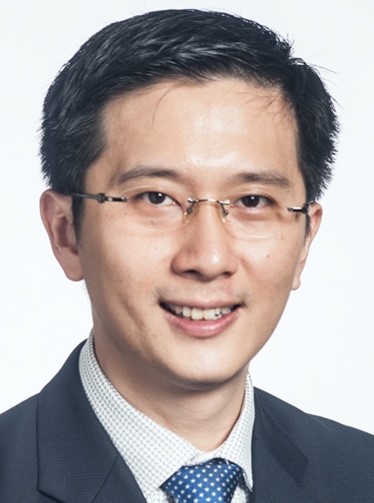
Prof Ngiam Kee Yuan
Group Chief Technology Officer, National University Health System (NUHS) Singapore
Associate Professor Ngiam Kee Yuan is the Group Chief Technology Officer of the National University Health System (NUHS) Singapore overseeing technology deployment in Western Healthcare Cluster of Singapore. He implements new technologies throughout NUHS and serves as the Chief Advisor to the Centre for Innovation in Healthcare in NUHS. Dr Ngiam is also the Deputy Chief Medical Informatics Officer at the NUH with a special focus on artificial intelligence research and implementation in healthcare. Dr Ngiam is concurrently Senior Consultant Thyroid and Endocrine Surgeon at the Department of Surgery, NUH specialising in thyroid oncology and minimally invasive endoscopic and robotic thyroid surgery.
Supercomputing for Healthcare Muggles
How can healthcare practitioners use a supercomputer?
As more healthcare data becomes available to clinicians, it exposes many opportunities to undertake AI and ML type predictive model building. The domains of AI model building include genomics, radiology AI, pathology AI, holomedicine, natural language models for chatbots, advanced speech recognition and video analytics in robotics. However, much of this data is limited to each institution due to data privacy concerns. Hence the need to provision supercomputing facilities in healthcare institutions to support the work done by clinicians and datascience collaborators.

Prof Marcus Ong
Director, Health Services Research Institute, Singhealth Duke-NUS Academic Medical Center
Prof Ong’s research studies focus predominantly on pre-hospital emergency care, medical devices, data science and health services research. His research has addressed issues such as out-of-hospital cardiac arrest (OHCA), improving ambulance deployment, acute myocardial infarction care and emergency care. He is a leading researcher in Health Services Research and use of Data Science in Healthcare. He has patented inventions using Heart Rate Variability for risk prediction of acutely ill patients and cooling solutions for therapeutic hypothermia. Prof Ong has been awarded multiple national research grants and has accumulated over $50 million in research grants for his studies which include geospatial diseases mapping, clinical drug trials, resuscitation and cardiovascular sciences, pre-hospital emergency care, and biomedical engineering. He has published close to 310 papers in both local and international journals.
Building a Data Science and Artificial Intelligence Ecosystem at Singhealth Duke-NUS Academic Medical Center
Singhealth Duke-NUS Academic Medical Center is Singapore’s largest Regional Health System and aims to build a Learning Healthcare System empowered by Data Science. In this talk we will share our efforts over the last 5 years to build an enabling ecosystem where multi-disciplinary teams of clinicians, researchers, academics, administrators, educators and innovators can work together to improve outcomes for our patients. We will describe how this ecosystem is building on five key areas: Technology, Talent, Research Pillars, Governance and Implementation. Finally we give some examples of ongoing projects that showcase this journey, including our collaboration with National Supercomputing Center (NSCC) to build a High Performance Cluster at Singhealth.
Dr Nicolas Bertin
Program Manager, Centre for Big Data and Integrative Genomics, A*STAR, GIS
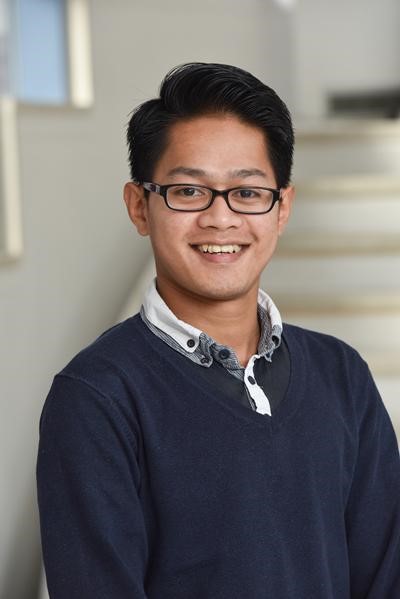
Dr Firdaus Samsudin
Postdoctoral Research Fellow, Bioinformatics Institute, A*STAR
Firdaus Samsudin received his B.Sc. in Biotechnology from Imperial College London before completing a D.Phil. in Biochemistry at the University of Oxford. His first postdoctoral work was conducted at the School of Chemistry, University of Southampton. He is currently a postdoctoral research fellow at the Bioinformatics Institute (BII), A*STAR, Singapore, where he leads a research focused on understanding the dynamics of SARS-CoV-2 spike protein using molecular modelling and simulation.
Modelling and Simulation of SARS-CoV-2 Spike Glycoprotein
SARS-CoV-2, the causative agent of COVID-19, infects human cells via a spike (S) protein on the surface of the virus. The S protein is therefore a major target for vaccine and drug development. In this study, we used available structural data to build a complete model of the S protein with associated glycans, and simulate the model in its native membrane environment. The dynamic properties displayed by our S protein model are in good agreement with various experimental data. Simulations of S protein model with benzene probes reveal novel and potentially druggable cryptic pockets. We also modelled the binding of S protein with bacterial lipopolysaccharide to elucidate the underlying molecular mechanism of hyperinflammation. Overall, our study provides valuable information for rational design of therapeutics to combat the COVID-19 pandemic.
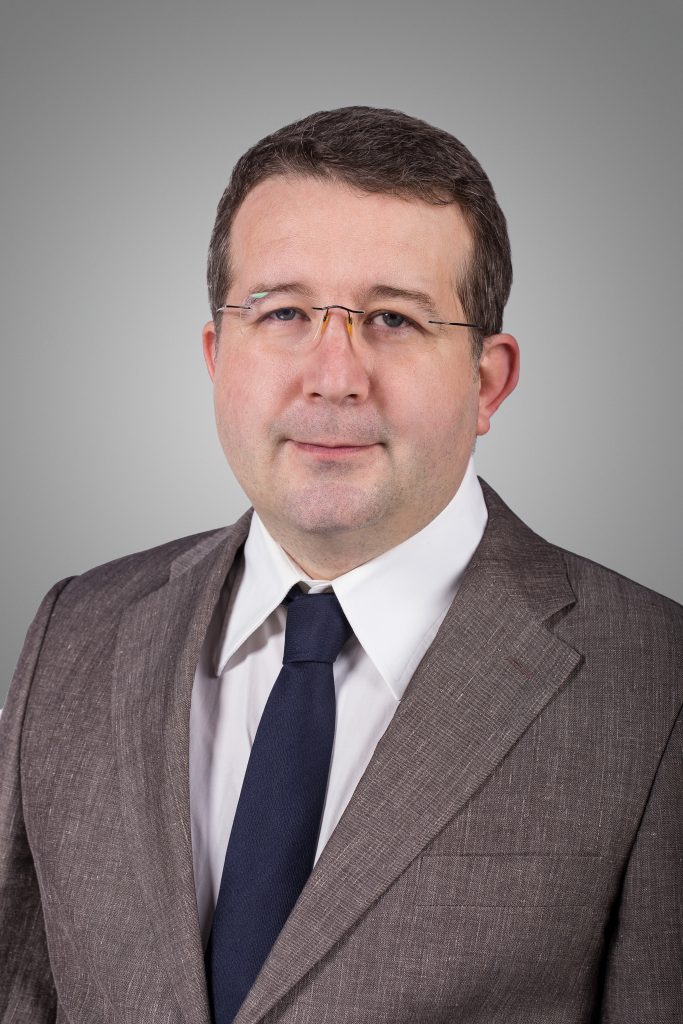
Dr László Grad-Gyenge
CEO, Black Sheep Intelligence
László is an artificial intelligence expert and enthusiast. You can find László both in the software industry and in the Academia. He likes to work on the machine learning based functionality of software products and he also does so. It is important for him to work on a practical problem, while he shows a strong interest also on the theoretical background of the algorithms he provides. Thanks to the more than two decades of leadership experience, he has the routine to manage his research team. László thinks that it is important to teach the next generation of machine learning researchers. This is the reason why he lectures recommender systems at the University Eötvös Loránd and machine learning at Kürt Akadémia. Regarding his career goals, László decided to dedicate the management tasks of Creo Group (his software company) to one of his colleagues and started to build Black Sheep Intelligence (an AI company). The main reason to do this is purely professional, as he is interested in the deep understanding the mathematical background of state of the art machine learning techniques. Regarding his non professional interests, László likes all types of art and dedicates some of his freetime to photography.
Qubit Intelligence to combat Covid-19
I would like to introduce our quantum computing based initiative to better understand how Covid-19 affects the human body. The goal of the project is to develop algorithms for quantum computers that are applied in precision medicine tasks. Most of the problems in the field of clinical genomics involve a huge amount of meta-data, which requires the involvement of computationally intensive algorithms. The quantum computing technology offers computational capacity of several magnitudes higher than the semiconductor based computers. This is the reason why it makes sense to solve genomics related problems with quantum computers. In the frames of the project, in the beginning we focus strictly on algorithms that solve the practical problems of genomics. In the later stage we focus on more general mathematical problems that can also be applied for the current problem set. The developed algorithms are primarily to be commercialized via the next generation sequencing big data platform of CloudSeq (our partner), which is already introduced in the market.
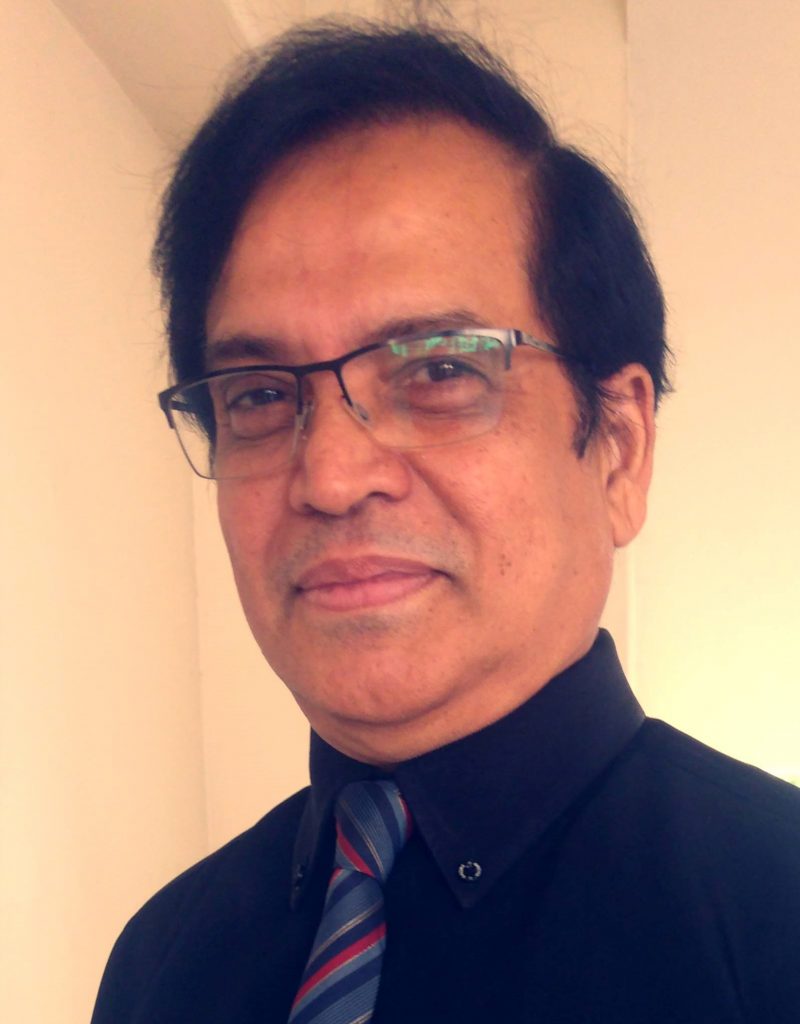
Dr D T Singh
Founder President, CloudSeq Pte Ltd
Education: • PhD in Life Sciences from Central University of Hyderabad, India (1987) • PDF: Rice Genome Program, Tsukuba, Japan and International Rice Research Institute, Manila, Philippines (1997-1999) • Career: • 1989-1997: Asst Professor, Dept Molecular Biology and Biotechnology, Pantnagar Univerity, India • 1999-2002: Senior Scientist, National Research Center on Plant Biotechnology, Indian Agricultural Research Institute (IARI), New Delhi, India • 2003-2012: Cofounder and VP of Genvea Biosciences Pte Ltd, Singapore • 2013- Current: Founder and President, CloudSeq Pte Ltd, Singapore. • Launched CloudSeq Pte Ltd (http://cloudseq.sg) with seed funding from NRF/MDA (Govt. Singapore) and Expara (www.expara.com) • Successfully established partnership with NSCC (https://www.nscc.sg/) for hosting myClinGen platform focusing on Digital Healthcare • CloudSeq has been nominated for the Best Healthcare solution by NIA, Singapore in 2016 and by NSCC, Singapore in 2017. • Started generating revenue in 2019 from SEA and India markets (www.myclingen.com) • Started Market expansion into Australia, New Zealand, USA, UK and India with Cereus Health, New Zealand with an integrated platform of MMH-MCG (www.managemyhealth.com)
Phyloinformatics of Covid-19
SARS-CoV2 virus, the causative agent for the current Covid-19 pandemic has devastated the global economy and changed human survival like never before. Several thousands of the SARS-CoV2 genomes have been sequenced all over the world and are uploaded into public domain databases. We have undertaken this project “Phyloinformatics of Covid-19” with a view to understand the origin and evolution of this novel Corona virus that has wrecked havoc on humanity in an unprecedented scale. The genomic data that is available is huge and hence we adapted Supercomputing to analyse this BIG data using our innovative myClinGen platform with custom Phyloinformatics workflows. We have started analysing the genomic data at global level to understand the evolution and spread of this deadly pathogen in space and time. We have also analysed the relevant Corona virus data from the animal reservoirs to get an insight into the “origin” of this novel virus. Eventually we started focusing on the Structural Phyloinformatics with the Spike protein as this Spike protein and the evolving variants in this gene seem to be making the vaccine development to Covid-19 a challenge. We will discuss our current progress and future projections in this brief presentation.
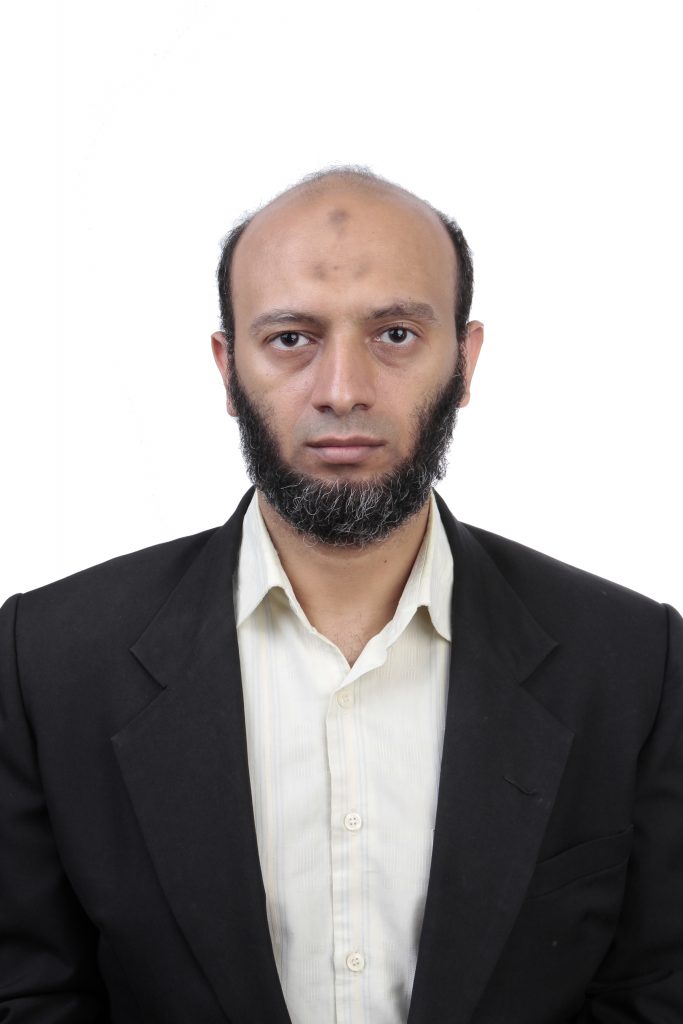
Dr Amr Alhossary
Research Fellow, Rehabilitation Research Institute of Singapore, Nanyang Technological University, Singapore
Amr studied medicine in Cairo University and M.Sc. Bioinformatics in Helwan University in Egypt, before relocating to Singapore where he pursued his PhD Computational Structural Biology in NTU-Singapore. His PhD research focused on accelerating drug design workflow, where he developed two popular docking tools: 1) QuickVina 2, a fast and accurate molecular docking tool, and 2) QuickVina-W, for blind docking, in addition to proposing 16 drug fragments for Dengue Virus. He has 3 granted patents in the MedTech field, in Egypt and the US.
Potential Repurposed Drugs Against SARS-CoV-2
In this talk, I will present our research about repurposing different potential drugs, including, chloroquine, hydroxychloroquine, ivermectin, remdesivir, favipiravir, lopinavir, and camostat for SARS-CoV-2. These potential drugs were screened against different SARS-CoV-2 target proteins, including spike and membrane proteins, RdRp, nucleoproteins, viral proteases, and nsp14; in addition to human proteins ACE-2, TMPRSS2. Ivermectin and remdesivir were found to be the most promising drugs. Our results suggest that both these drugs utilize different mechanisms at the entry and post-entry stages and could be considered potential inhibitors of SARS-CoV-2 replication.
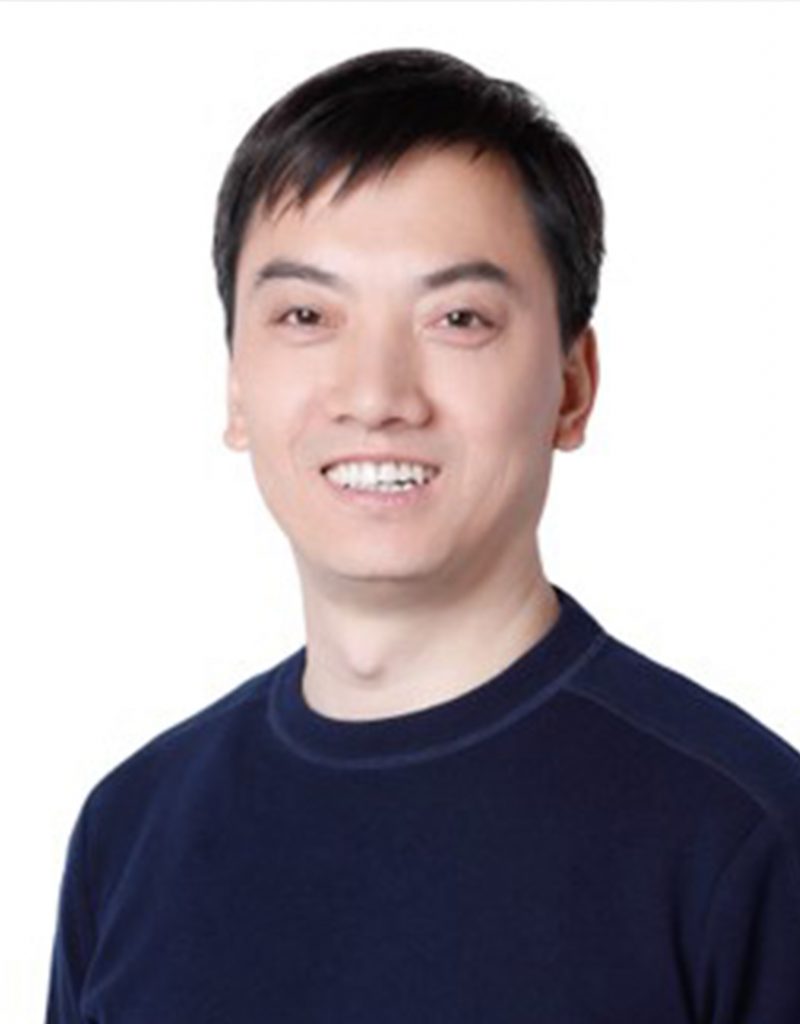
Mr Song Qingchun
Chair, HPC-AI Advisory Council, APAC
Qingchun Song is the chair of HPC-AI Advisory Council in APAC. He is working on the education and extension of RDMA programming technologies in APAC region. He has the HPC, storage and AI experience for more than 20 years. He is also the member of China Open Data Center technical community. Qingchun has the master degree of China Tsinghua University.
Opening Address
NA
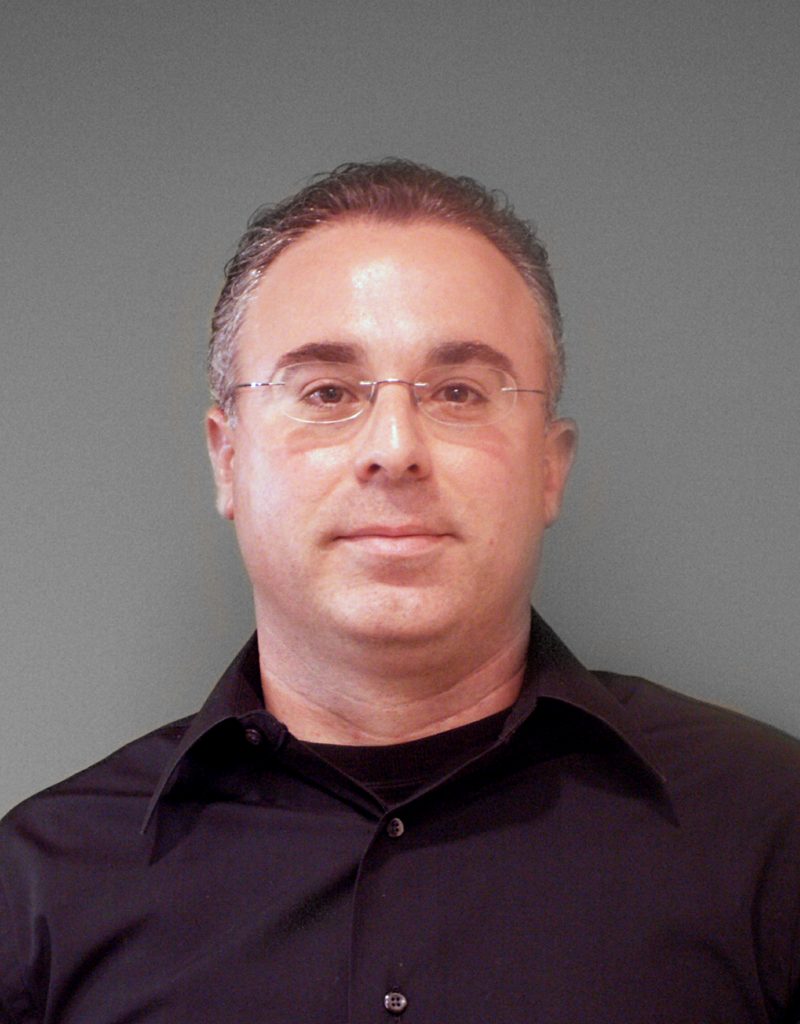
Mr Gilad Shainer
Chairman, HPC-AI Advisory Council
Gilad Shainer serves as the chairman of the HPC-AI Advisory Council organisation since 2008. He is an HPC evangelist that focuses on high-performance computing, high-speed interconnects, leading-edge technologies and performance characterisations. Mr Shainer also serves as the president of the UCF and CCIX consortiums, a member of IBTA and a contributor to the PCISIG PCI-X and PCIe specifications. Mr Shainer holds multiple patents in the field of high-speed networking. He is a recipient of 2015 R&D100 award for his contribution to the CORE-Direct In-Network Computing technology and the 2019 R&D100 award for his contribution to the Unified Communication X (UCX) technology. Gilad Shainer holds a MSc degree and a BSc degree in Electrical Engineering from the Technion Institute of Technology in Israel.
Fostering the next generation of Supercomputing
Founded in 2008, the HPC-AI Advisory Council is a for community benefit organisation with over 400 members (including leading universities, government laboratories and companies around the world) committed to bridging high-performance computing and artificial intelligence use and potential. The organisation helps bringing these beneficial capabilities to new users to support improved research, education, innovation and development, and providing users with the expertise, tools and techniques to integrate, optimise and run complex parallel computing applications, products and platforms.
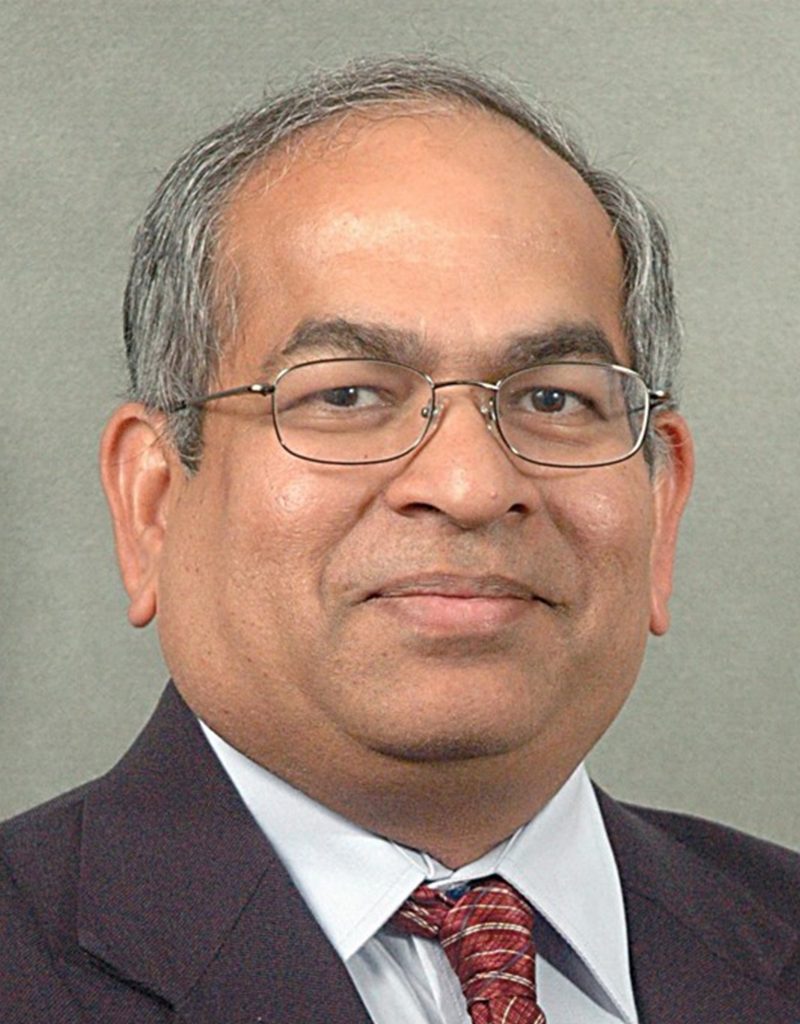
Prof Dhabaleswar K (DK) Panda
Professor and University Distinguished Scholar, Ohio State University
DK Panda is a Professor and University Distinguished Scholar of Computer Science and Engineering at the Ohio State University. He has published over 500 papers. The MVAPICH2 MPI libraries, designed and developed by his research group (http://mvapich.cse.ohio-state.edu), are currently being used by more than 3,125 organisations worldwide (in 89 countries). More than 1.2M downloads of this software have taken place from the project’s site. This software is empowering many clusters in the TOP500 list. High-performance and scalable solutions for Deep Learning frameworks and Machine Learning applications are available from https://hidl.cse.ohio-state.edu. Prof Panda is an IEEE Fellow. More details about Prof Panda are available at http://www.cse.ohio-state.edu/~panda.
High-Performance Deep Learning and Machine Learning on Modern HPC Systems
This talk will start with an overview of challenges being faced by the AI community to achieve high-performance Deep Learning (DL) and Machine Learning (ML) on Modern HPC systems with both scale-up and scale-out strategies. Next, we will focus on a range of solutions to address these challenges: 1) MPI-driven Deep Learning on CPU and GPU-based systems, 2) Out-of-core DNN training and exploiting Hybrid (Data and Model) parallelism for training large models and data, and 3) High-performance MPI Runtime for Dask to support GPU-accelerated ML applications. Case studies to accelerate DL/ML applications on modern HPC systems will be presented.
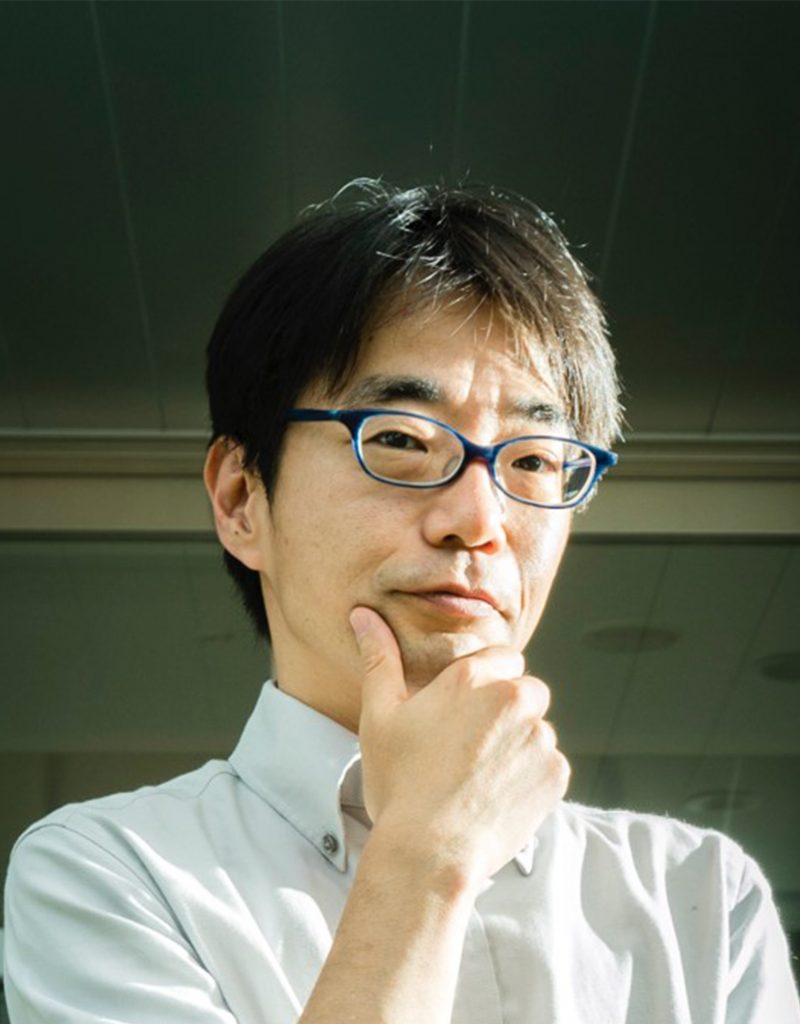
Dr Hirotaka Ogawa
Principal Research Manager, Artificial Intelligence Research Center, AIST
Hirotaka Ogawa is a Principal Research Manager of AI Research Center and Director of Real World Big-Data Computation Open Innovation Laboratory, National Institute of Advanced Industrial Science and Technology (AIST), Japan.
He also serves the technical lead of AI Bridging Cloud Infrastructure (ABCI), an open computing infrastructure for both developing AI technology and bridging AI technology into the industry and the real world. And he supervises the design and implementation of ABCI 2.0, which is scheduled to be upgraded this year, as well as its operation.
He received B.Eng. and M.Eng. at the University of Tokyo and Ph.D. in science at Tokyo Institute of Technology.
ABCI 2.0: Renewal of Large-scale Open AI Computing Infrastructure
ABCI is the world’s first large-scale Open AI Computing Infrastructure for both developing AI technology and bridging AI technology into the industry, constructed and operated by AIST since 2018. It delivers 19.9 petaflops of HPL performance and achieves 70 seconds for training ResNet-50 model in MLPerf Training. Last November we achieved world’s fastest records for CosmoFlow and DeepCAM in MLPerf HPC benchmarks. In Q2 of 2021, we plan to make a major upgrade to our ABCI system, namely ABCI 2.0, increasing theoretical performance by 1.5 to 3 times. In this talk, we will give an overview of ABCI and its applications and introduce the design and implementation of ABCI 2.0.
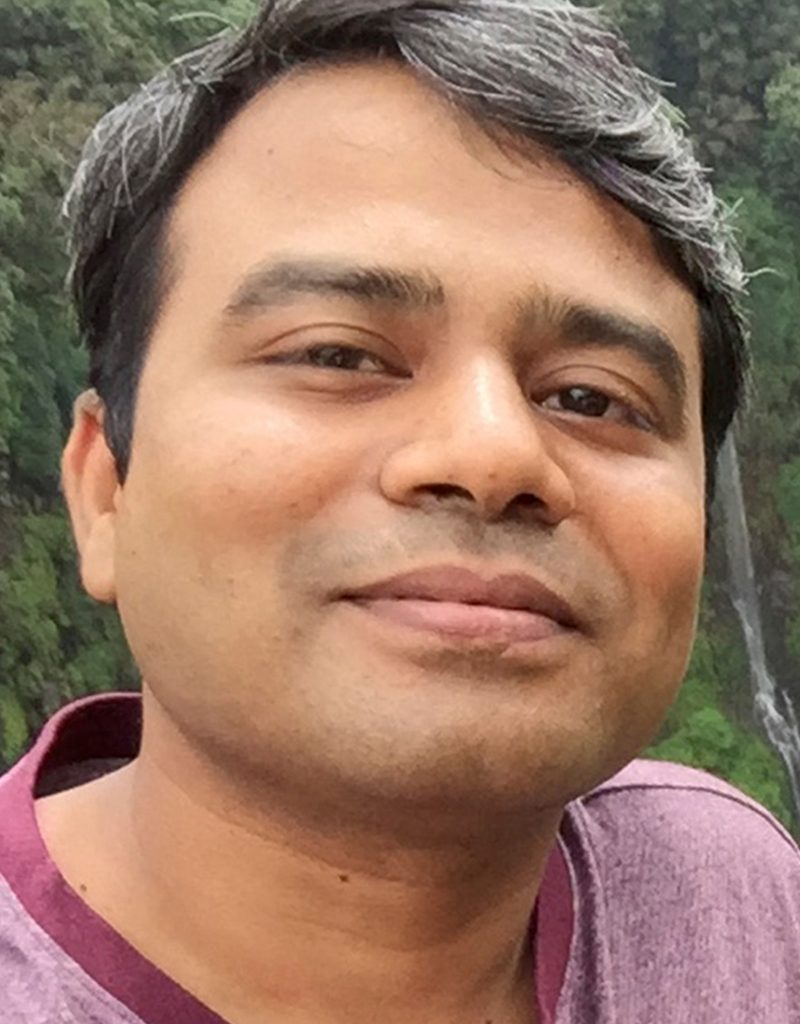
Mr Ashrut Ambastha
Principal Engineer – System Architecture, NVIDIA
Ashrut Ambastha is a Principal Engineer at Mellanox responsible for defining network fabric for large scale Infiniband clusters and high-performance cloud data centres. He is also a member of application engineering team that works on product designs with Mellanox silicon devices. Ashrut’s professional interests includes network topologies, routing algorithms and phy signal Integrity analysis/simulations. He holds an MSc and MTech in Electrical Engineering from Indian Institute of Technology-Bombay
Introducing DPU and advancements towards in-network computing
With the ever-increasing demands for faster data access by modern compute elements like the GPU, a hyper efficient and intelligent delivery mechanism has become one of the most critical elements required by an HPC/AI network. Merely increasing the speeds and feeds with advancing process generation cannot bring system-level enhancements and therefore a paradigm shift is required in the way we look at high-performance networks. Introducing the DPU which can bring a level-shift in how HPC and AI systems would be designed in future. Fabrics powered with in-network computing combined with the endpoint intelligence of DPU can enable performance, efficiency and scale that will define the future of Supercomputing and AI.
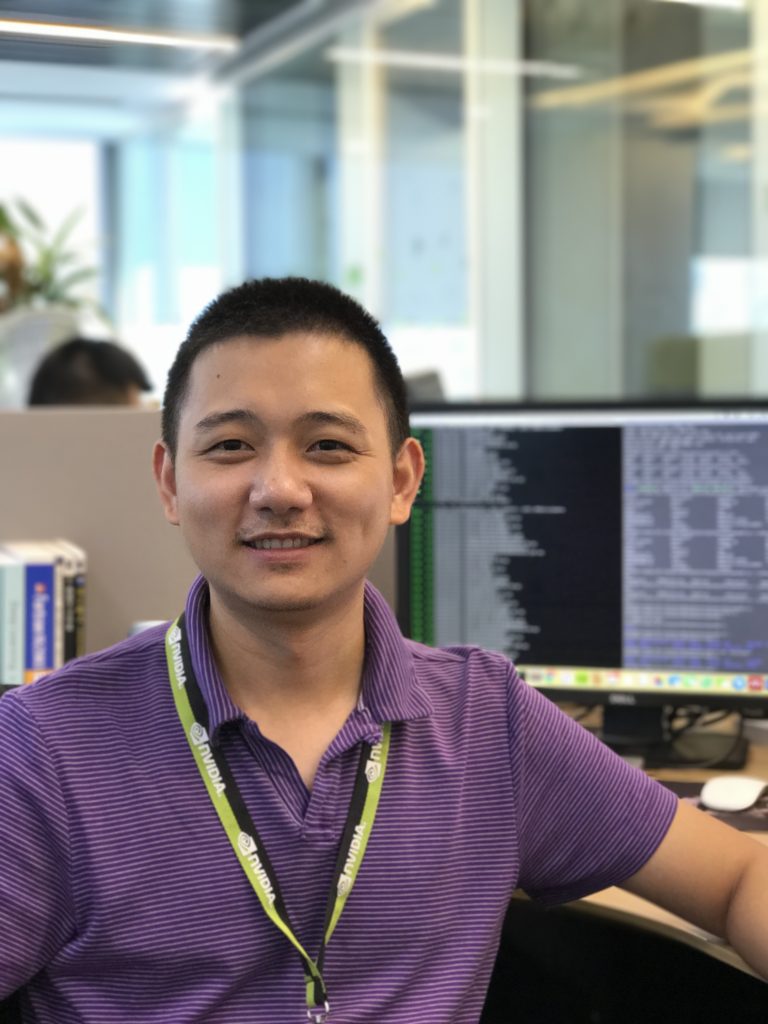
Dr Li Xipeng
Director of DevTech APAC, NVIDIA
Dr Li Xipeng holds a Ph.D. degree in Chemical Engineering from the Institute of Process Engineering, CAS. He joined NVIDIA in 2016 as senior GPU DevTech and is the director of the DevTech APAC group now. He is leading an expert group in improving data centre application performance. The group is working with the leading companies, universities, and institutes to optimising their HPC and AI applications. In the meantime, the group is developing solutions for different domains, e.g., the DL framework Merlin-HugeCTR for recommender system, NLP inference engine Faster Transformer for BERT, GPT-3, etc. Before joining NVIDIA, Dr Li is a senior reservoir engineer and workflow consultant in Shell.
How GPU change the HPC, AI, and them together
In the past decade, GPU is becoming the new compute power growth for HPC. It empowers the HPC data centre to help the researcher to solve the most difficult HPC problems other architecture can’t solve. More than 2/3 Top500 supercomputers are using NVIDIA GPU, and the ratio keeps increasing. On the other hand, GPU is one of the main forces of the AI revolution. Every industry, every domain, and every research group that involves AI development is using GPU. Nowadays, there are a trend that HPC and AI are converged. The AI model has become bigger and bigger, and the training/deploying AI models need HPC technology to help. HPC domain is also leveraging AI to solve the problem, which needs orders of magnitude longer time to solve, if not unsolvable at all. In this talk, I will introduce GPU development, how it helps HPC, AI, and what’s the future of HPC+AI.
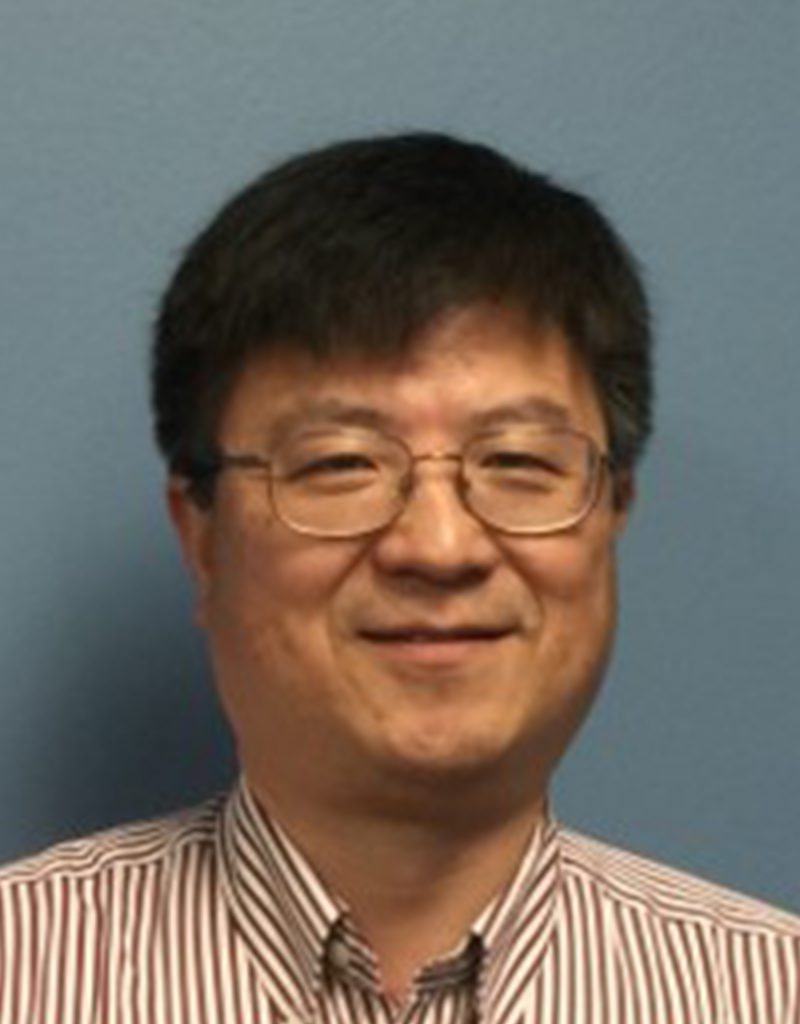
Dr Dai Donglai
Chief Engineer, X-Scalesolutions
Dr Dai Donglai is a Chief Engineer at X-ScaleSolutions and leads company’s R&D team. His current work focuses on developing scalable efficient communication libraries and performance analysis tools for distributed and parallel HPC and deep learning applications on HPC systems. He has more than 20 years of industry experience in engineering management and development of computer systems, VLSI, IoT, and interconnection networks while working at Intel, Cray, SGI, and startups. He holds more than 10 US granted patents and has published more than 30 technical papers or book chapters. He has a PhD degree in computer science from The Ohio State University.
A Unified Profiling Infrastructure and Tool for Deep Learning
Obtaining high-performance and scalability for Deep Learning (DL) applications on modern HPC clusters is becoming significantly important. However, the DL community lacks comprehensive tools to monitor, analyse, and optimise the performance of DL applications. This talk will introduce an innovative and holistic performance monitoring and analysis tool to address these gaps. This tool focuses on deep introspection (DI) capabilities with visualisation support for common DL frameworks like TensorFlow and PyTorch. The DI capabilities allow easy identification of performance bottlenecks of DNN training runs and help to optimise these runs. The features of these tools together with a set of user-case studies will be presented. The tool allows DL users to achieve significant performance and productivity for their DNN training.
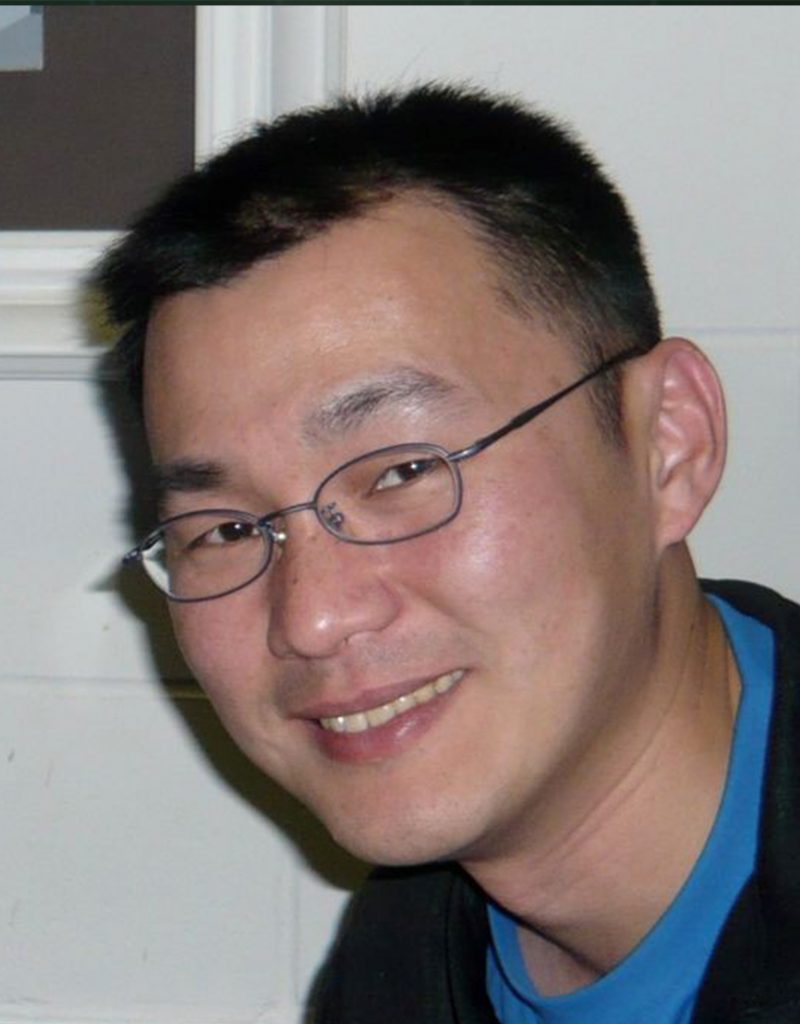
Dr Liang Chi-Hsiu
Researcher Fellow, Department of Engineering, NCKU
Dr Liang is working in NCKU on projects related to supercomputer design and genetic diagnosis and risk assessment. He is mostly interested in the software development and mathematics. He has worked in the University of Leeds on MESMER project (https://sourceforge.net/projects/mesmer/) during 2007-2010, developing an open source C++ application, MESMER, mainly applied to gas kinetics using the technique energy grained master equation (EGME) under the supervision of Prof Michael J. Pilling. Dr Liang further worked in the Physics department of National Taiwan University developing a density functional. He later changed his track back to biology, worked in Genomics Research Center, Academia Sinica during 2011-2012. He investigated many approaches on understanding the antibody binding strategies in order to figure a systematical way of designing antibodies under the supervision of Dr An-Suei Yang.
Share of Experience from the NCKU Teams
Dr Liang will present the process of recruiting, formation and training of the teams. He will also talk about the prospects of the Hwang’s team on training students to involve in the international competition and future applications.
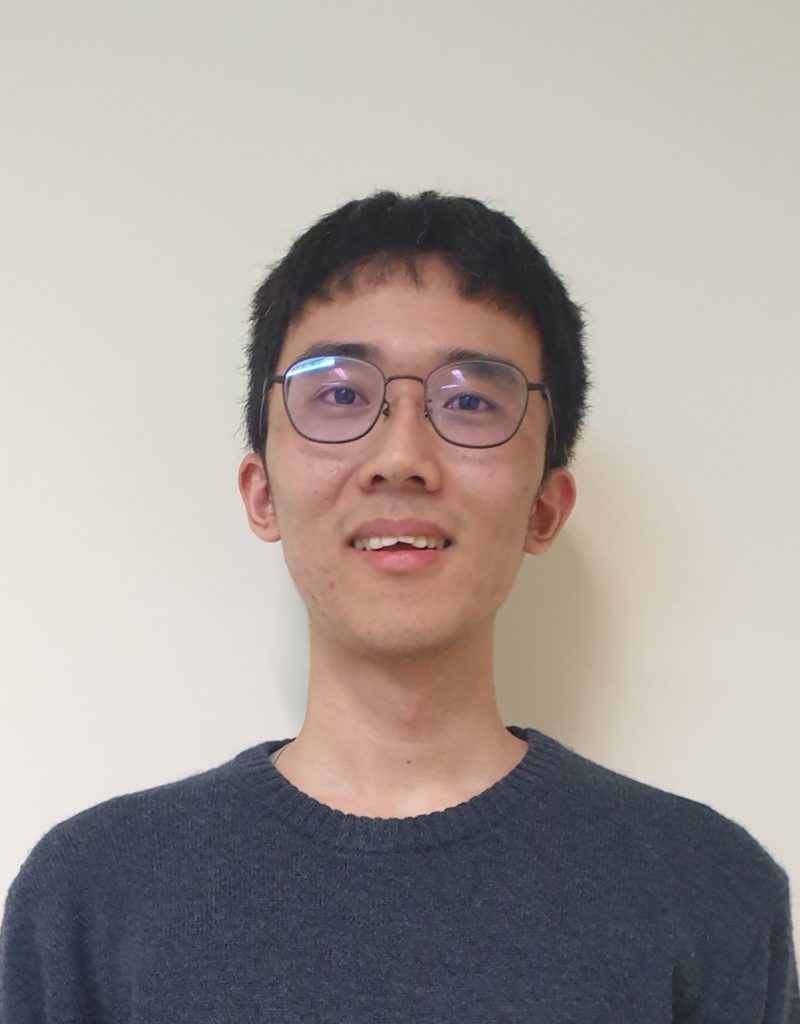
Mr Wang Tzu-Wen
Undergraduate Student, National Tsing Hua University
Tzu-Wen is an undergraduate student major in Electronics Engineering and Computer Science at National Tsing Hua University. He joined the cluster competition group in his first grade, and now he is the team leader of this group. He participated in HPC-AI20 and ASC20-21 student cluster competition and have accumulated some knowledge about HPC. In the competition, he was responsible for AI-related problems and system maintenance. Also, he is the teaching assistant in the university’s course “Parallel Programming”. Besides HPC related field, he also interested in Web design.
Student Cluster Competition Experience from NTHU
Our group is young but historical. Since 2007, we have gathered interested students from our department; encourage them to prepare for student cluster competitions. Our group has participated in Student Cluster Competition (SCC) held by Supercomputing Conference in the past 13 years (except for 2009 and 2013). With years of experience, we have established a training program led by professors with expertise in parallel computing and experienced senior students. This program not only helps to train those new members but also allows us to accumulate knowledge and attract more interested students to learn together.
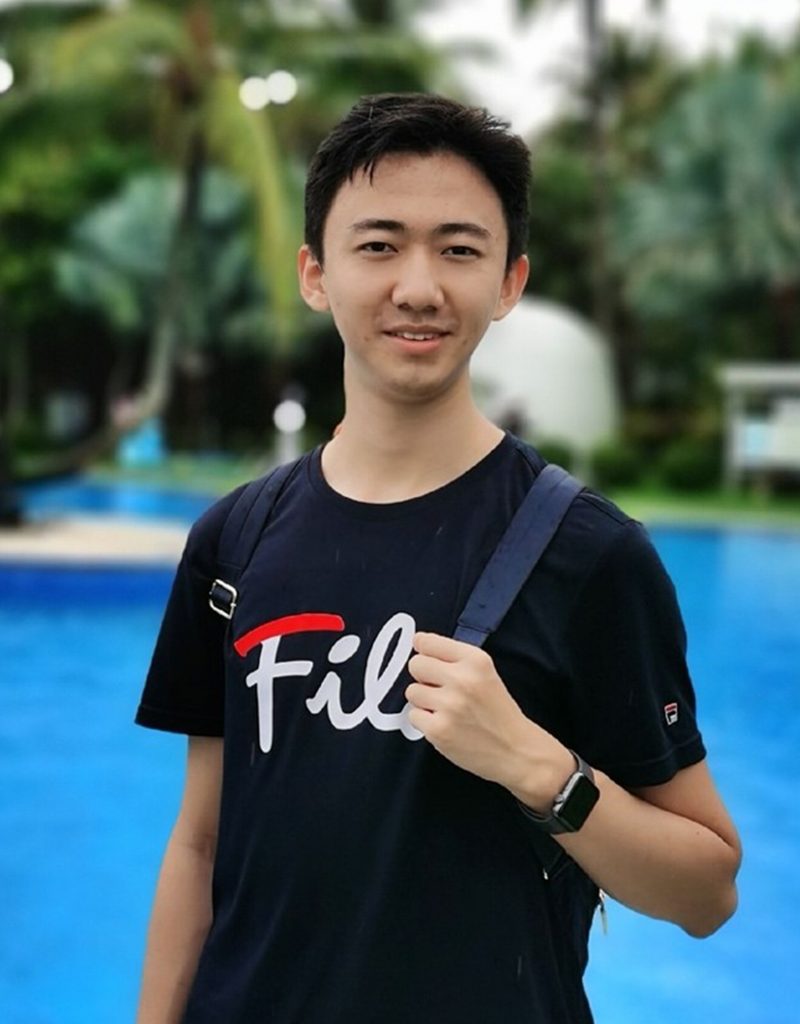
Mr Zhang Yiqi
Undergraduate Student, Center for Computational Science and Engineering of Southern University of Science and Technology
Junior majoring in biological science as well as leader of SUSTech HPC club, now serving in Hou Shengtao Lab for neuroscience. With intensive parallel optimisation experience, he attended, and lead teams challenge through ASC19, APAC HPC-AI Competition, SC20 Virtual Student Cluster Challenge. During the sessions, first and third prices are awarded to SST. In daily practice, apart from maintenance of HPCs and workstations, he devotes his effort into high-performance mesoscopic fluid dynamics, and making optimisations to algorithms like Discrete Unified Gas-Kinetic Scheme (DUGKS) and Lattice Boltzmann Method (LBM). Also, he has proposed a high-performance biological sequence alignment implementation and some user-level GPU optimisation strategies to several biomedical engineering research projects with proven beneficial outcomes.
Ramp it up: From server room to international challenges
In this session, viewers will be presented with the realistic process of an undergraduate get involved in HPC challenges from scratch. The story is initially told from an observer’s view at ASC student supercomputer challenge, and all the way through APAC HPC-AI, SC20 VSCC and incoming ASC20-21 challenges as either member or captain. Meanwhile, experience in organising student HPC organisations and promoting HPC challenge engagement will be shared. Viewer are expected to gain advice and experiences for forming a powerful student HPC team as well as setting up an student HPC organisation.
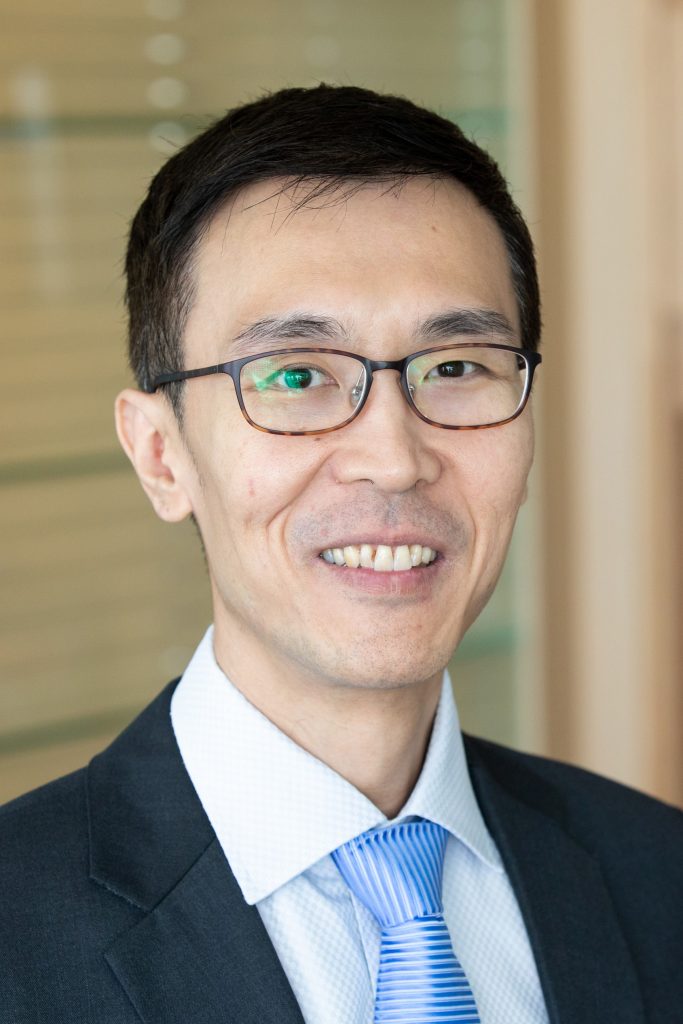
Dr Lim Keng Hui
Executive Director, Institute of High Performance Computing, A*STAR
Dr Lim Keng Hui is the Executive Director of IHPC. He leads the research institute to advance scientific knowledge, and deliver impact to the industry and society through research in modelling and simulation, visualisation and AI.
Prior to his current role, Keng Hui was the Director of the Singapore University of Technology and Design (SUTD)’s Digital Manufacturing & Design Centre (DManD), and also concurrently the Director of the National Additive Manufacturing Innovation Cluster ([email protected]). In these 2 research centres, he led the development of leading edge capabilities in digital manufacturing, 3D printing and computational design, as well as industry partnerships and outreach.
Opening Address
NA
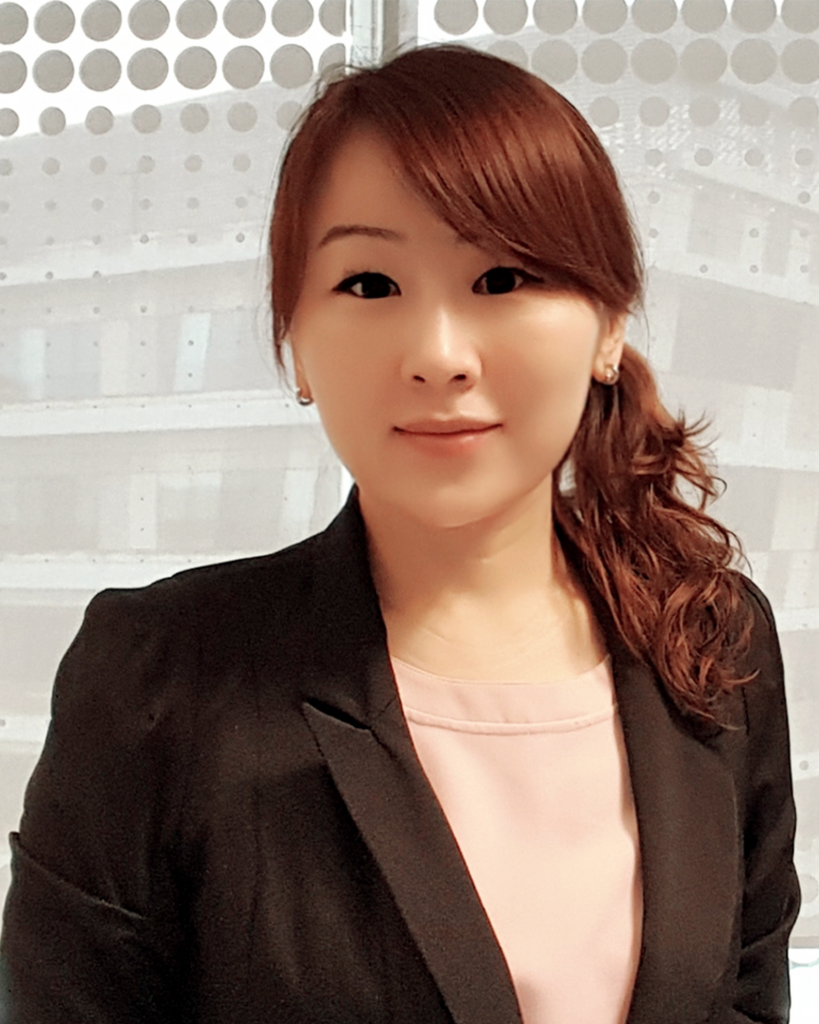
Dr Yang Yinping
Senior Scientist / Principal Investigator (Digital Emotions), Group Manager, Affective and Social Intelligence, Social and Cognitive Computing, Institute of High Performance Computing, A*STAR
Dr Yang Yinping is a social technologist with a passion to advance human communications by building and applying useful technologies. Her research has been cross-disciplinary, and appeared in areas including intelligent systems, sentiment analysis and emotion recognition, public health surveillance as well as strategic management. Besides research, she works extensively on both industry and public sector projects, and is consulted for as an advisor for two deeptech start-ups. Yang is recently recognized in the Inaugural 100 Singapore Women in Tech List in September 2020 as a female leader in Singapore’s tech sector. She obtained her PhD in Information Systems in 2008 from School of Computing, National University of Singapore.
COVID-19 Big Social Data Analytics: Enabling Communication Science Enquires through Emotion Analytic Social Technologies
How do the population respond to the pandemic throughout its development? This joint presentation discuss how our research has leveraged A*STAR’s advanced multimodal emotion analysis technologies and social media data in the context of COVID-19 communication science research. The team will share findings from the interdisciplinary research which investigated a number of theoretical and translational questions surrounding the public, media and government responses to the COVID-19 pandemic.
Among our early published findings at JMIR Public Health and Surveillance, we discovered that globally, public emotions shifted strongly from fear to anger over the course of the pandemic, while sadness and joy also evolved. Our presentation will include key observations and insights for future research.
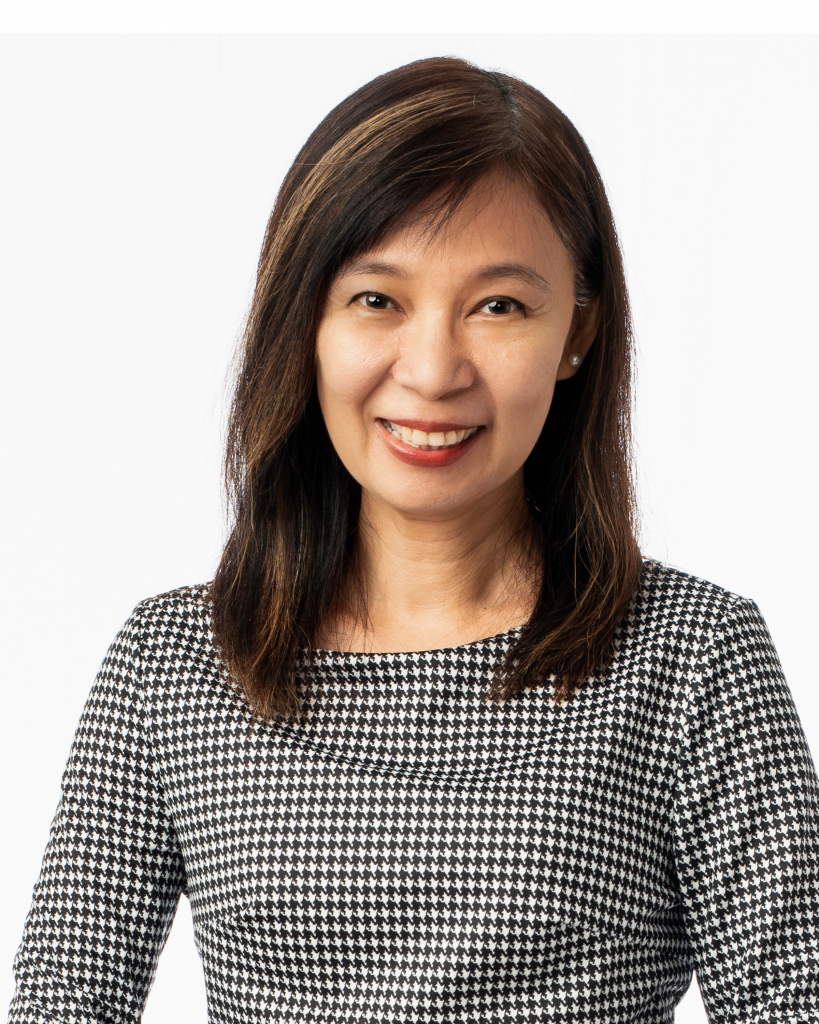
Prof Lwin May Oo
Chair and Professor, Wee Kim Wee School of Communication and Information Joint Professor, LKC School of Medicine Director, NTU University Scholars Programme Co-director, Communication in Healthcare @ NTU (COHEN)
Professor Lwin’s expertise lies in strategic and health communication. Her work in digitally mediated health communication systems to improve public health has been piloted in various communities, schools and hospitals. On the infectious disease research front, her research portfolio has covered diseases like Zika, Dengue, Influenza and COVID-19.
She is also an expert on food and nutrition communication and behaviours. A Fellow of the International Communication Association (ICA), she has received many awards such as the Fulbright ASEAN Scholar Award, Ogilvy Foundation International Award for Academic Leadership and the Outstanding Applied Researcher Award from the ICA.
COVID-19 Big Social Data Analytics: Enabling Communication Science Enquires through Emotion Analytic Social Technologies
How do the population respond to the pandemic throughout its development? This joint presentation discuss how our research has leveraged A*STAR’s advanced multimodal emotion analysis technologies and social media data in the context of COVID-19 communication science research. The team will share findings from the interdisciplinary research which investigated a number of theoretical and translational questions surrounding the public, media and government responses to the COVID-19 pandemic.
Among our early published findings at JMIR Public Health and Surveillance, we discovered that globally, public emotions shifted strongly from fear to anger over the course of the pandemic, while sadness and joy also evolved. Our presentation will include key observations and insights for future research.
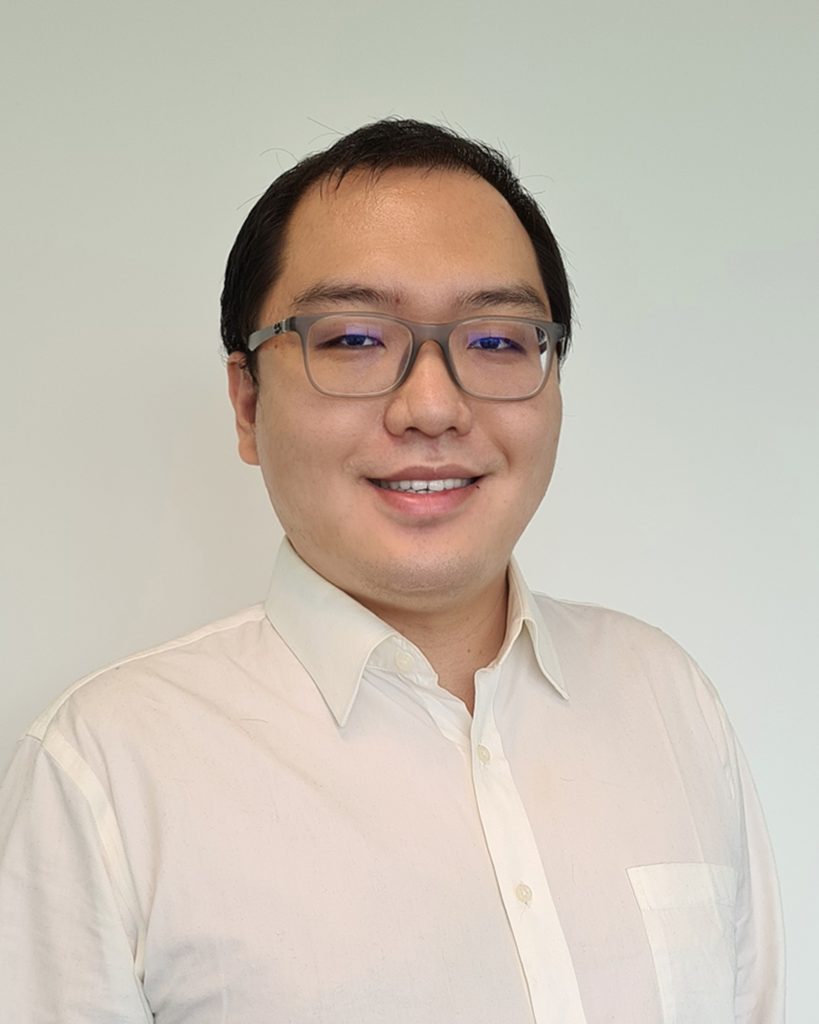
Dr Cui Yingnan
Scientist, Institute of High Performance Computing, A*STAR
Dr Cui Yingnan received PhD Degree in Computer Science and Engineering from NTU in 2016. Joined IHPC as a Scientist, his research area includes edge AI, quantum computing and hardware acceleration.
AI Models for Detecting Pneumonia using Chest X-rays
The COVID-19 pandemic caused high pressure on radiologists at local hospitals. The radiologists must read hundreds of chest X-ray images every day to identify pneumonia cases with a time limit. To help reduce the reporting time of pneumonia cases from CXR images, we developed an ensembled AI model to detect pneumonia from CXR images with high AUC accuracy (>97%).
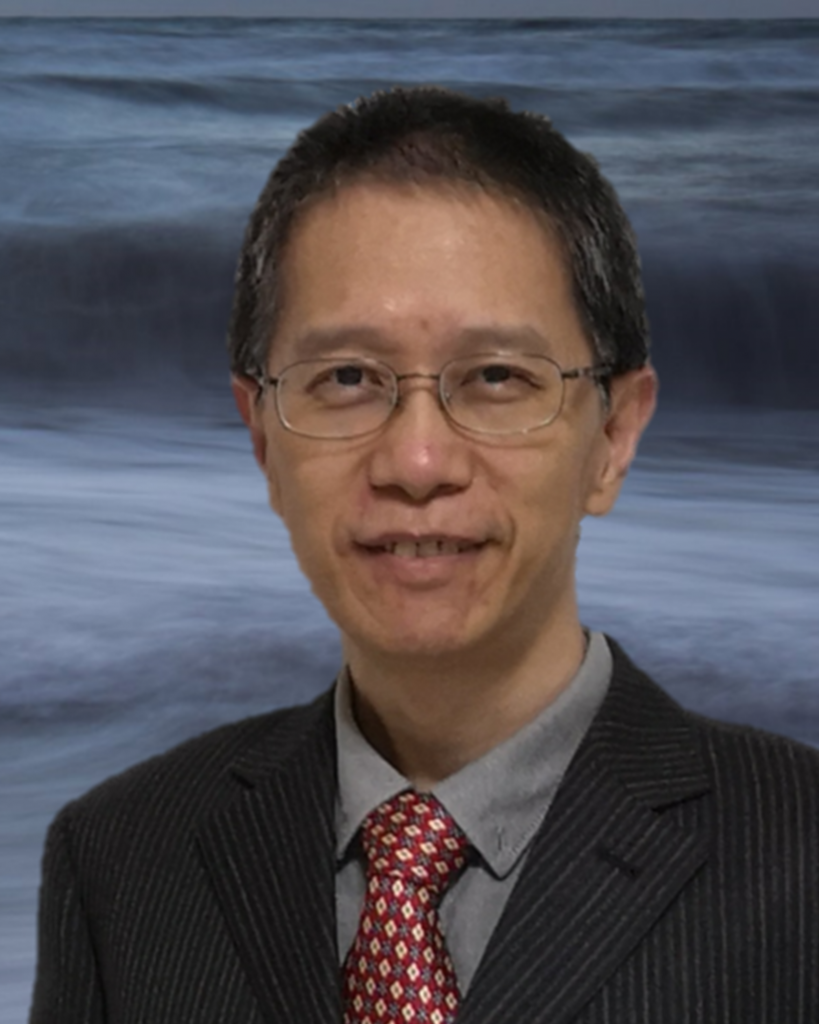
Dr Huang Weimin
Senior Scientist, Institute for Infocomm Research, A*STAR
Dr Huang Weimin is the Head of Medical Imaging and a Senior Scientist at Healthcare & Medtech Division, Institute for Infocomm Research, Singapore. His research interests include Image processing, Machine Learning (Statistical learning, Deep Learning) and particularly medical image analysis on X-ray, CT/MRI, and Ultrasound in the areas of modelling, diagnosis, image guided intervention.
He has received the Best Innovation in Biomedical and Pharmaceutical Applications (NI ASEAN GSD Achievement Awards) for Image Guided Robotic Assisted Surgical Training System; the RSNA Cum Laude Award, on Liver Workbench. He has licensed of the developed technologies in surgical planning, image guidance and echocardiography measurement.
AI Models for Detecting Pneumonia using Chest X-rays
The COVID-19 pandemic caused high pressure on radiologists at local hospitals. The radiologists must read hundreds of chest X-ray images every day to identify pneumonia cases with a time limit. To help reduce the reporting time of pneumonia cases from CXR images, we developed an ensembled AI model to detect pneumonia from CXR images with high AUC accuracy (>97%).

Dr Kang Chang Wei
Senior Scientist and Deputy Department Director (Fluid Dynamics Department), Institute of High Performance Computing, A*STAR
Dr Kang Chang Wei is a Senior Scientist and Deputy Director of the Fluid Dynamic Department, Institute of High Performance Computing (IHPC) in A*STAR. Over 15 years of working experience in Computational Fluid Dynamics (CFD) for research and industry, he led and/or involved in numerous projects in green shipping (e.g. hull form optimisation, emission control, ballast water treatment), manufacturing process (e.g. thermal spray, cold spray, shot peening) and sustainability (e.g. data centre, renewables).
Specially in year 2020 and 2021, he leads a team of computational scientists with fluid dynamics expertise to develop advanced computational modelling of airflow and droplets dispersion.
Pandemic-inspired Computational Model for Pandemic Proofing Society
From the design of innovative products and solutions to deriving better insights of processes, digital design and modelling have been playing a crucial role. Supported by computational modelling, the need for physical prototypes and testing could be reduced, leading to more efficient processes, quality products and better understanding for more informed decision making.
In this talk, Dr Kang will articulate how fluid dynamic capabilities are implemented to model droplet spread targeting the coughing reflex. Details including turbulent airflow jets, flow-induced droplets/aerosols dispersion and sedimentation, to droplet evaporation and deposition are incorporated in the computational model. The model can provide a clear visualisation of how droplets interact and transit in a volume of space, allowing a better understanding of these complexities. More importantly, the model enables the quantification of droplets falling on human subjects and allows risk-based analysis.
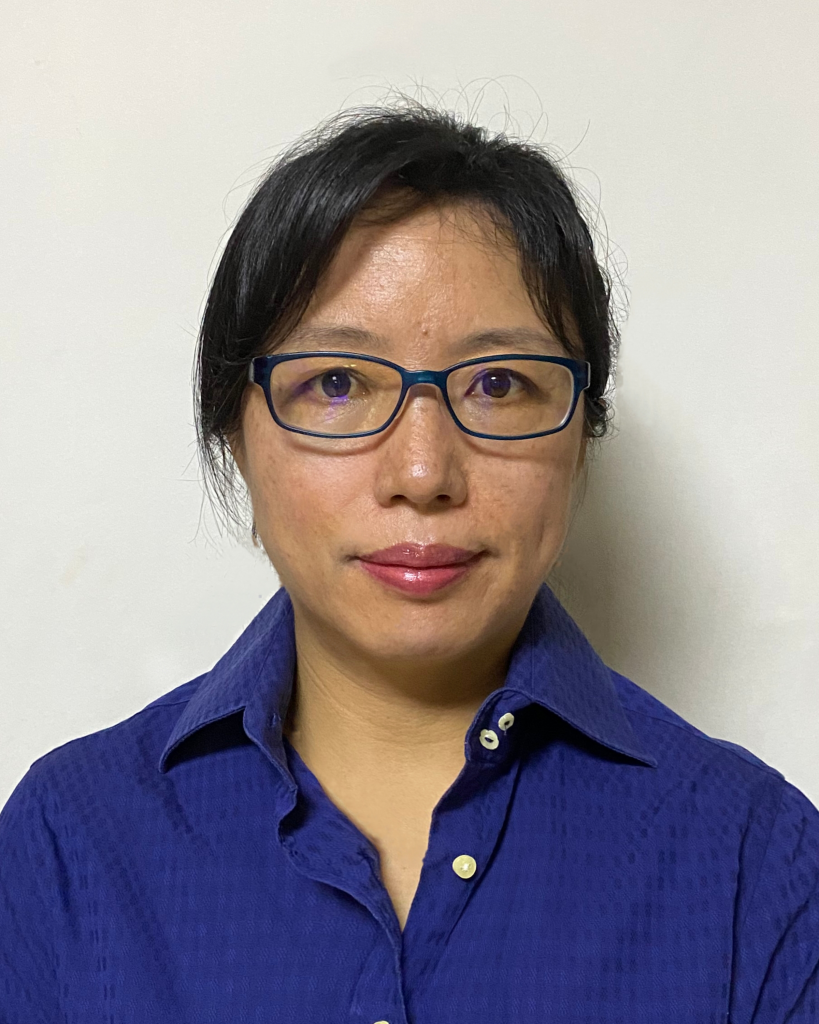
Dr Fu Xiuju
Senior Scientist and Deputy Department Director (Fluid Dynamics Department), Institute of High Performance Computing, A*STAR
Dr Fu Xiuju is the Senior Scientist and group manager in Institute of High Performance Computing. Her research interests include big spatial-temporal data analytics, simulation and optimisation and their applications in public health, maritime and supply chain systems for risk reduction, safety and operation efficiency enhancement.
For public health area, she had been working on multiple research topics in the past years including communicable diseases analytics and modelling (dengue, influenza and COVID-19 etc.) and chronic disease (diabetes) risk stratification.
Spatial-temporal Potential Exposure Risk Analytics and Urban Sustainability Impacts related to COVID-19 Mitigation: A Perspective from Car Mobility Behaviour
In this talk, a spatial-temporal analysis is presented to illuminate possible associations between the number of exposure-related COVID-19 cases in Singapore, and changes in human activity patterns before and during Singapore’s Circuit Breaker; exposure-related COVID-19 cases exclude imported cases as well as cases in worker dormitories isolated from the community at large.
Specifically, changes in the usage of residential car parks (“mobility”) across Singapore from 15 Mar to 28 Apr 2020 were analysed to provide a proxy of human activity patterns, and then modelled with the number of exposure-related COVID-19 cases. In addition, the transportation-related air emissions were estimated to analyse the impact of CB on environmental health.
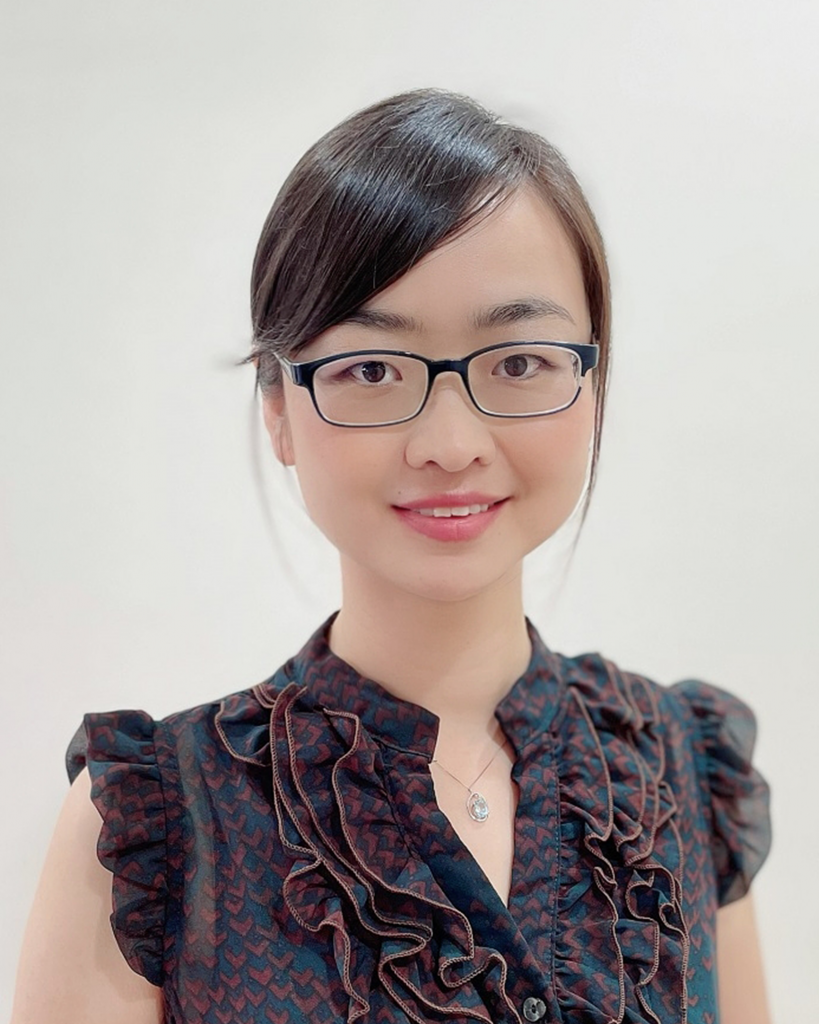
Dr Liu Huizhe
Scientist II Institute of High Performance Computing (IHPC), A*STAR
Dr Liu Huizhe is a Scientist at the Department of Electronics & Photonics in Institute of High Performance Computing (IHPC). She received B. Eng. degree in Electrical Engineering from the National University of Singapore (NUS) in 2007, and joint Ph.D. degree from NUS, Singapore and Supélec, France in Electrical Engineering in 2012. Her current research interests include electromagnetic scattering, solar radiation modelling, building energy modelling in the urban environment and antenna engineering.
Modelling of Safe and Efficient Germicidal UV-C LED Solutions
UV-C radiation (100nm-280nm) is effective at killing a wide range of microbial and viruses, including coronavirus, due to its coincidence with the absorption peaks of DNA and RNA (260nm). Despite the germicidal benefits of UV-C radiation, caution must be exercised as it is potentially harmful to the human eyes and skin.
In this work, Dr Liu will explain how IHPC model the 3D irradiance map of a proposed UV-C LED system based on the ray-tracing technique. The simulation results are benchmarked with analytical solutions and measurements in a lab environment. Finally, we propose a guideline for identifying the zonal boundaries of disinfection and safety during the deployment of UV-C LED modules in public areas.
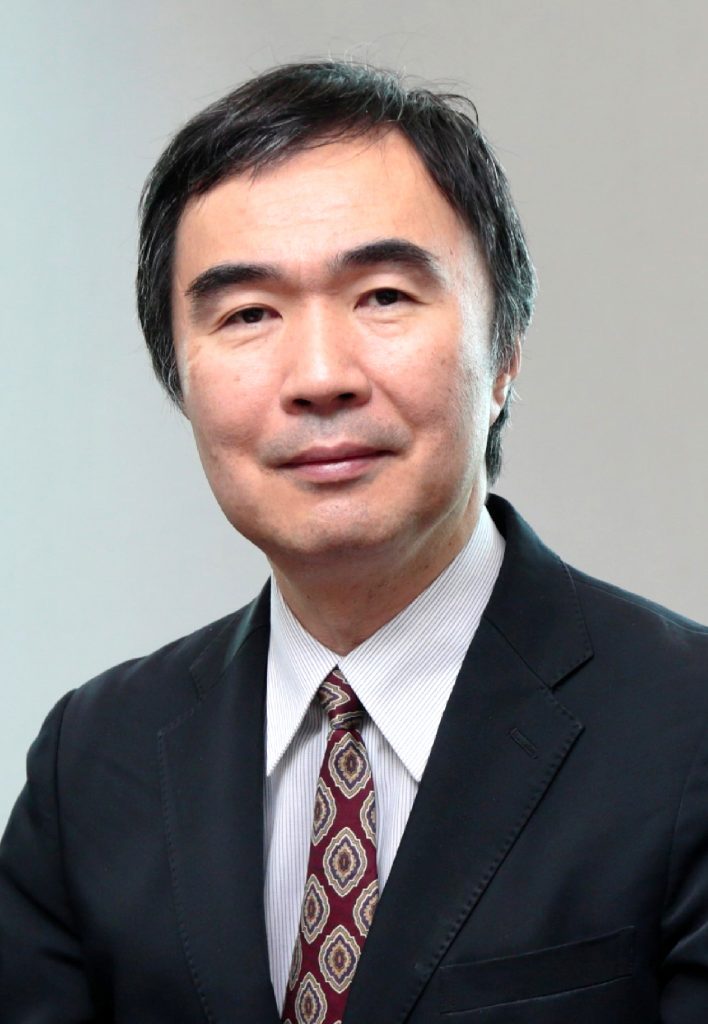
Prof Satoshi Matsuoka
Director, RIKEN Center for Computational Science
Satoshi Matsuoka from April 2018 has become the director of Riken CCS, the top-tier HPC center that represents HPC in Japan, developing and hosting Japan’s tier-one ‘Fugaku’ supercomputer which has become the fastest supercomputer in the world in all four major supercomputer rankings in 2020, along with multitudes of ongoing cutting edge HPC research being conducted, including investigating Post-Moore era computing. He was the leader of the TSUBAME series of supercomputers, at Tokyo Institute of Technology, where he still holds a Professor position, to continue his research activities in HPC as well as scalable Big Data and AI. His commendations include the ACM Gordon Bell Prize in 2011 and the IEEE Sidney Fernbach Award in 2014, both being one of the highest awards in the field of HPC, as well as being the Program Chair for ACM/IEEE Supercomputing 2013 (SC13).
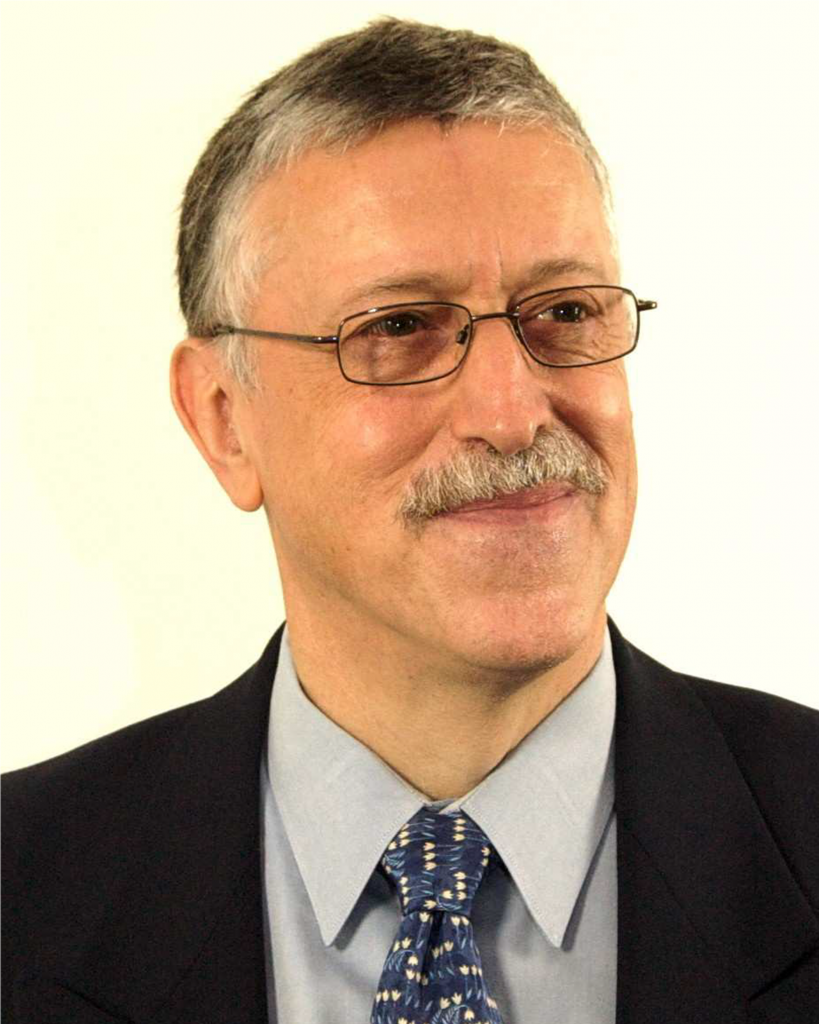
Mr Yves Poppe
Consultant, Intercontinental SuperComputing Networking, National Supercomputing Centre (NSCC) Singapore
Yves Poppe currently advises NSCC Singapore on transcontinental supercomputing connectivity. Previously with A*STAR CRC, he contributed to the infiniCortex project, an approach for concurrent computing between geographically distributed surpercomputers culminating in multicontinent configurations demonstrated at the recent annual US SuperComputing conferences. His current concentration is to help facilitate the introduction of the Asian Research Platform (ARP) modelled on the ScienceDMZ and DTN concept initially developed by Esnet and to extend this to a Global Research Platform for Research Collaboration. The embryo of APRP involving Australia, Japan and Singapore was successfully demonstrated at SC18 in November 2018 in Dallas , Yves retired from Tata Communications where he pioneered high speed international Research & Education network connectivity since the early 1990’s starting with the first transoceanic R&E 34mbps and STM-1 connections and progressing to the first gigabit level transoceanic connections at 2.5 Gbps in 2001. Twelve years later, in 2013, he contributed to the first transatlantic 100Gbps connectivity with ANA-100 and in 2014 at A*STAR facilitated the first transpacific 100Gbps R&E connection between SingAREN and internet2. Yves represents NSCC at Geant, Internet2, Canarie, GLIF, ASREN and APAN where he is Chair of the BackBone Committee. Yves Poppe has also been an ardent promoter of IPv6 since its inception and is co-founder of the International IPv6 Forum.
Welcome and Intro to APRP
–
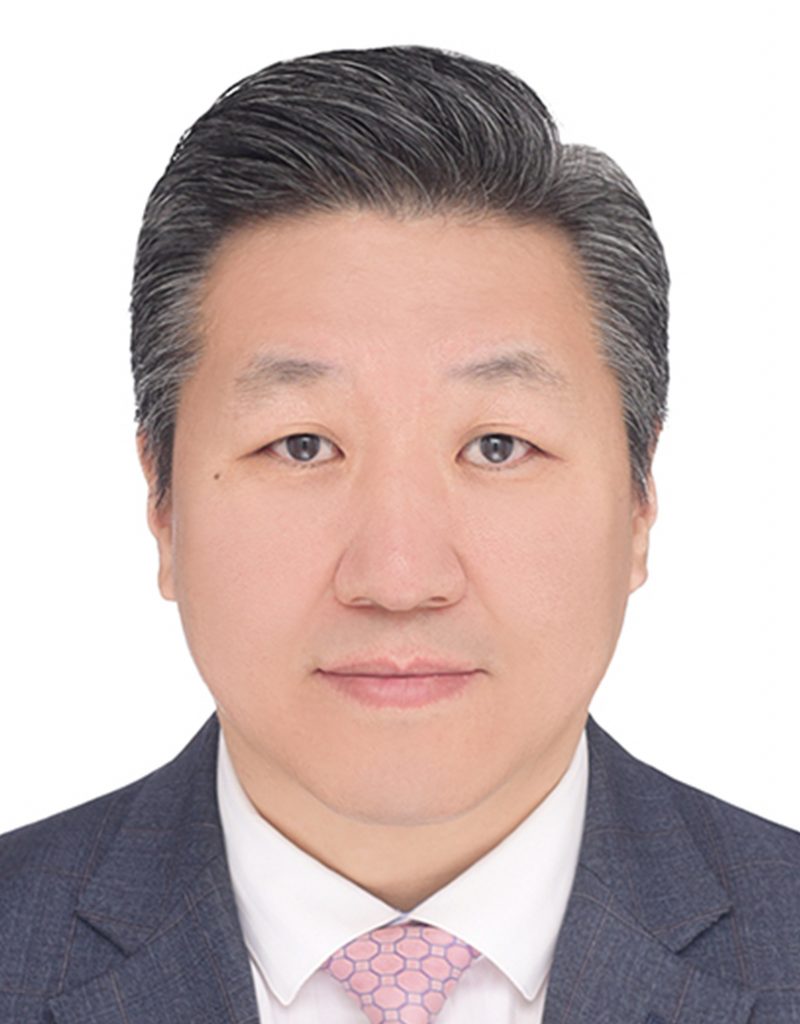
Dr Jeonghoon Moon
Leader of Network Development Team of KREONET Center, KISTI
He is a Principal Researcher of Korea Institute of Science and Technology Information (KISTI) which is the national Supercomputing & Advanced Research Network Center. Especially, working for Dept. Advanced KREONET Center. Interesting research areas include in ScienceDMZ & PRP, Network QoS & Network Engineering, Software Defined Network & Future Internet, Cloud Computing & Network Virtualization, Remote Collaboration and so on. And also, He is a chair of APRP(Asia Pacific Research Platform) WG in APAN.
Welcome and Intro to APRP
–
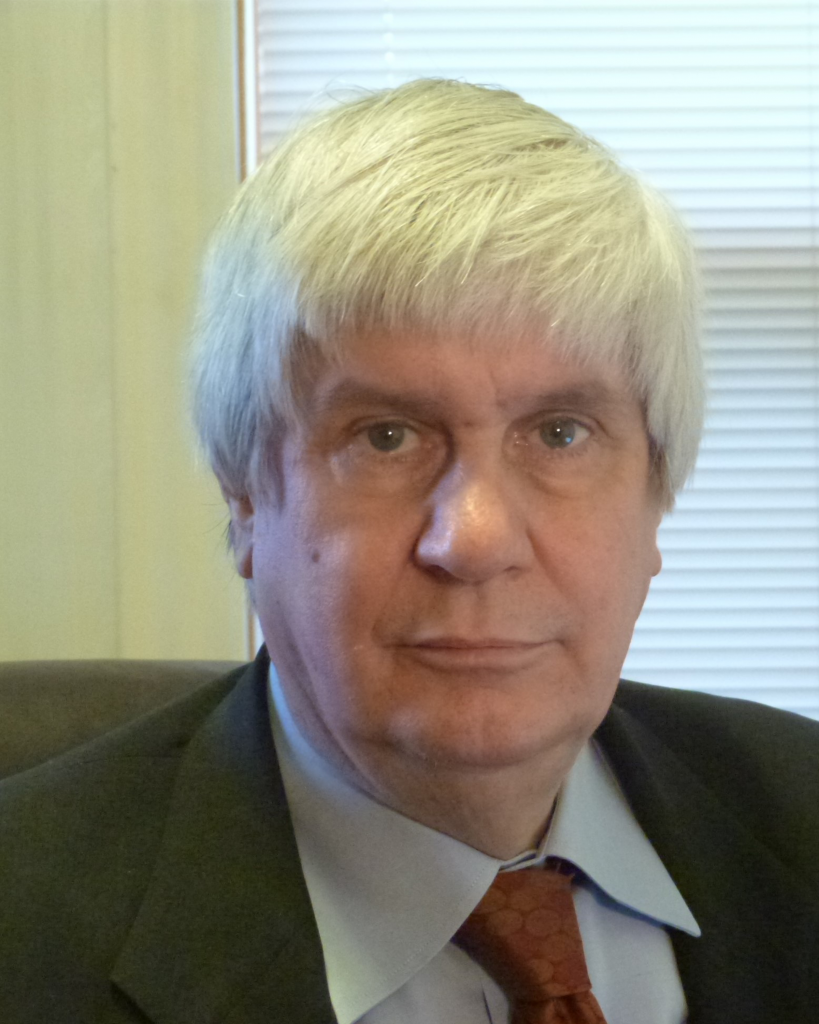
Prof Joe Mambretti
Director, International Center for Advanced Internet Research, Northwestern University
Joe Mambretti, Director of the International Center for Advanced Internet Research (iCAIR) at Northwestern University, researches large scale L1/L2 transport networks. The Center, created in partnership with major technology corporations, designs and implements architecture, services and technology for data intensive applications (metro, regional, national, and global). He is also Executive Director of the Metropolitan Research and Education Network (MREN), an advanced high-performance network interlinking research organizations across seven upper-Midwest states. He is the Director of the StarLight International/National Communications Exchange Facility in Chicago, a global exchange for advanced high performance networks, especially for data intensive science, supporting over 100 private networks, 80*100 Gbps circuits and 25 local, national, and international network research testbeds.
SC20 Experiments and Demonstrations Showcasing Innovations In Large Scale Data Intensive Science Transport and Contributions To the Global Research Platform
Increasingly, scientific discovery relies on effectively managing extremely large amounts of data at sites around the world, including data generated by a new generation of advanced instruments. Collaborative science communities must gather, filter, index, analyze, visualize, and transport this data among research sites across the globe using high performance networking paths. Meeting the exceptional challenges of these tasks requires a Global Research Platform (GRP), a sophisticated distributed environment customized to meet the requirements of data intensive science. Researchers around the world are creating and demonstrating innovative core components of this emerging GRP. This presentation provides an overview of key GRP-related innovations showcased recently during the IEEE/ACM International Conference for High Performance Computing, Networking, Storage and Analysis (SC20).
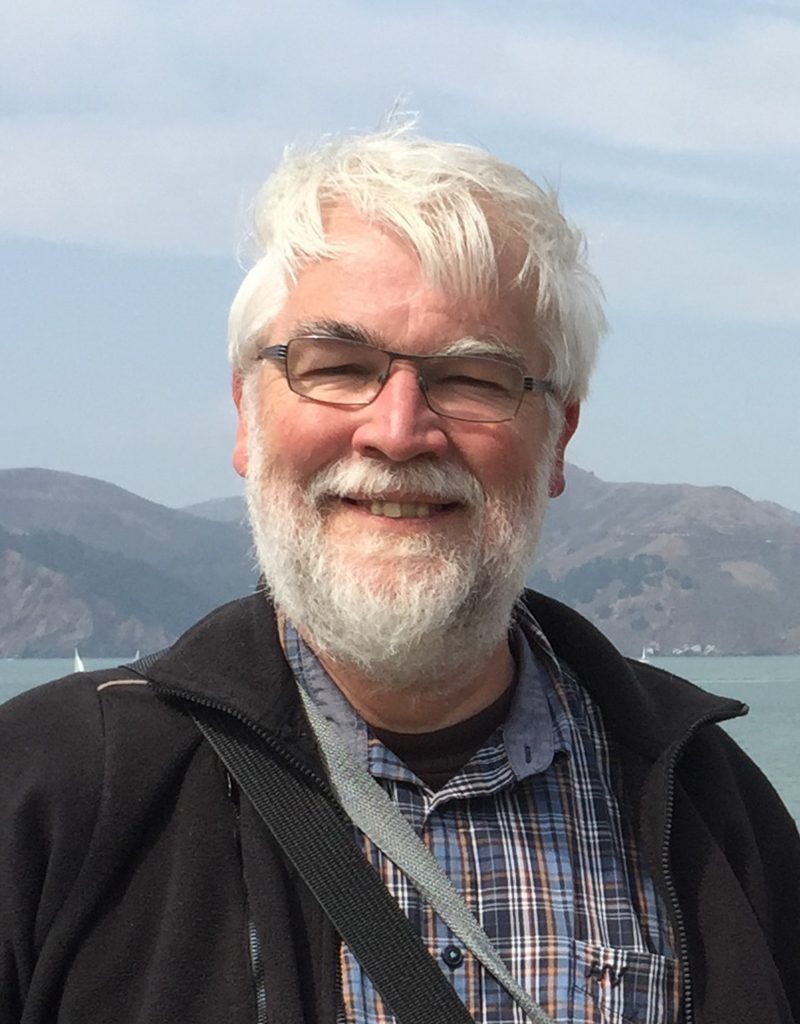
Prof Dr Ir Cees de Laat
University of Amsterdam
Prof.dr.ir. Cees de Laat chairs the System and Network Engineering (SNE) laboratory at the University of Amsterdam. The SNE lab conducts research on leading-edge computer systems of all scales, ranging from global-scale systems and networks to embedded devices. Across these multiple scales our particular interest is on extra-functional properties of systems, such as performance, programmability, productivity, security, trust, sustainability and, last but not least, the societal impact of emerging systems-related technologies. For current activities and projects see: http://delaat.net/
ICT to Support the Transformation of Science in the Roaring Twenties
The way how science is done is profoundly changing. Machine Learning and Artificial Intelligence are now applied in most of the sciences to process data and understand (or not) the observed phenomena. The recent research directions and results with respect to data and data exchange to feed the AI-ML layer will be addressed in this talk.
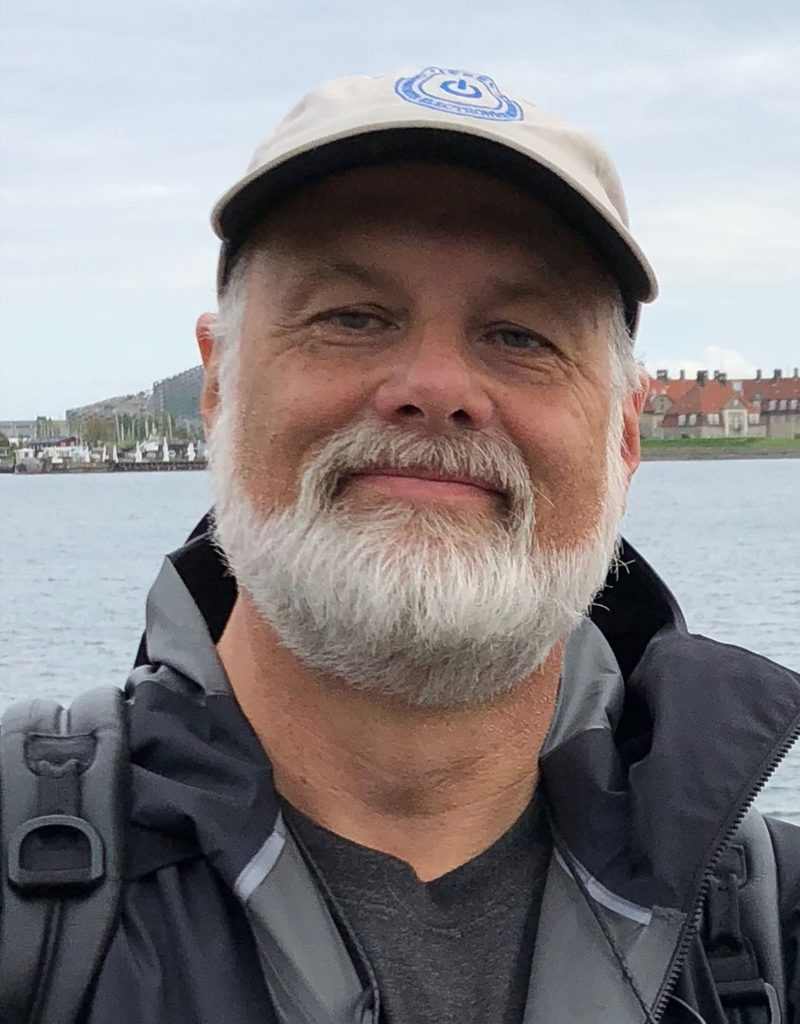
Mr Rodney G. Wilson
Chief Technologist for advanced network architectures and research, Ciena corporation
Mr. Wilson is responsible for Ciena’s leadership & global interactions with universities and the research community, including national research and education networks. Representing Ciena’s Technology Group, he orchestrates intersections between emerging technologies and Ciena research and development initiatives across the globe. Within Ciena he coordinates a program that extracts new technology innovation initiatives and helps prove viability through testbed trials and high performance demonstrations.
Prior to his Ciena roles, he was a senior advisor for the CTO at Nortel, and held other advanced technology roles during 13 years with the company, including director of broadband switching and development leader of Optical Ethernet. During his time with Gandalf Corporation, he served as VP corporate communications, Applications Engineer and director of Marketing. Prior to this, he served as lead network architect for the University of Toronto’s global bibliographic research service. At Bell Canada, he helped build Canada’s first packet network. Originally trained in Electrical Engineering at Ryerson University in Toronto Ontario, and is a graduate of the Executive Management school at Stanford University in Palo Alto California.
Mr. Wilson is active on a number of business and volunteer Boards. He is chairman of the Algonquin College Foundation Board of Directors; director, Institute of Electrical and Electronics Engineers, Communications Society NA; Industry representative for Polytechnics Canada and is a member of the Institute of Corporate Directors. In 2018, he was elected to the Board of ENCQOR, a $0.4b Public-Private partnership program to develop Canadian 5G wireless technology leadership. He is a recipient of the Queen Elizabeth II Jubilee medal for his service to Canada.
Geomesh Networks, Connecting Continents and Connecting Schools on a Global Scale
The network has never been more important. To deliver future services for data intensive computationally intense and diversified end user needs, networks have to evolved to be faster, provide new services at the edge, “closer” and become more adaptive to respond to dynamic flows and cybersecurity requirements, “smarter”.
This presentation provides insights on how these three requirements are driving network technology evolution.
Advances in photonic modem technologies, network and fibre capacity is addressing needs for faster services. When applied to submarine cable networks, faster networks provide new levels of intercontinental high speed connectivity.
Cloudification of computation, applications and storage allow services to get closer to users but networks have to adapt to meet edge user requirements. New network architectures increase mean-time-to-cloud latency requirements. New network architectures are evolving to meet these demands.
Operationally these more complex environments need better, more autonomous control mechanisms. Networks need to be smarter, and more secure without over complicating the lives of people that use and operate networks.
Presenting these trends and advices in a non-commercial, vendor agnostic manner will be Rodney G. Wilson, chief technologist for advanced network architectures and research, Ciena corporation. Mr Wilson is based in Ciena’s Ottawa Canada R&D labs..
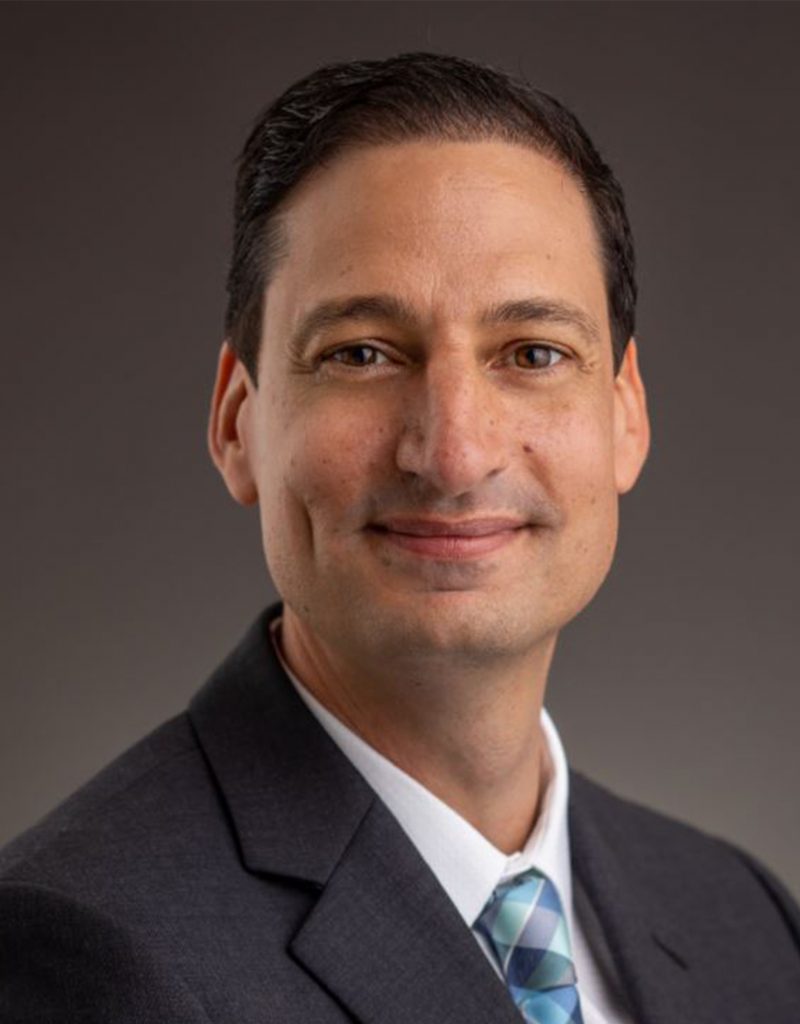
Mr Kevin Sale
Networks & Communications Manager, King Abdullah University of Science and Technology (KAUST)
Kevin Sale is a network and security professional with 20 years in the telecommunications, education, finance and energy sectors. He currently serves as the Networks & Communications Manager at King Abdullah University of Science and Technology (KAUST) where he is responsible for strategic development of the network to ensure KAUST remains a global tier I research university. Prior to this he lead the Information Security Governance, Risk, Compliance and Awareness practice also at KAUST.
Bridging the Gap
As the APRP and the GRP continue to expand their reach, the West Asia region including Saudi Arabia continues to be under-served. Too often the great science that is being conducted in the region is stifled by a lack of connectivity options and the difficulty of accessing data. As the model of global collaborative research continues to grow there is a widening gap between those who enjoy abundant connectivity and mature platforms and those who do not. This session will outline what the King Abdullah University of Science and Technology (KAUST) is doing in the region to bridge this gap.
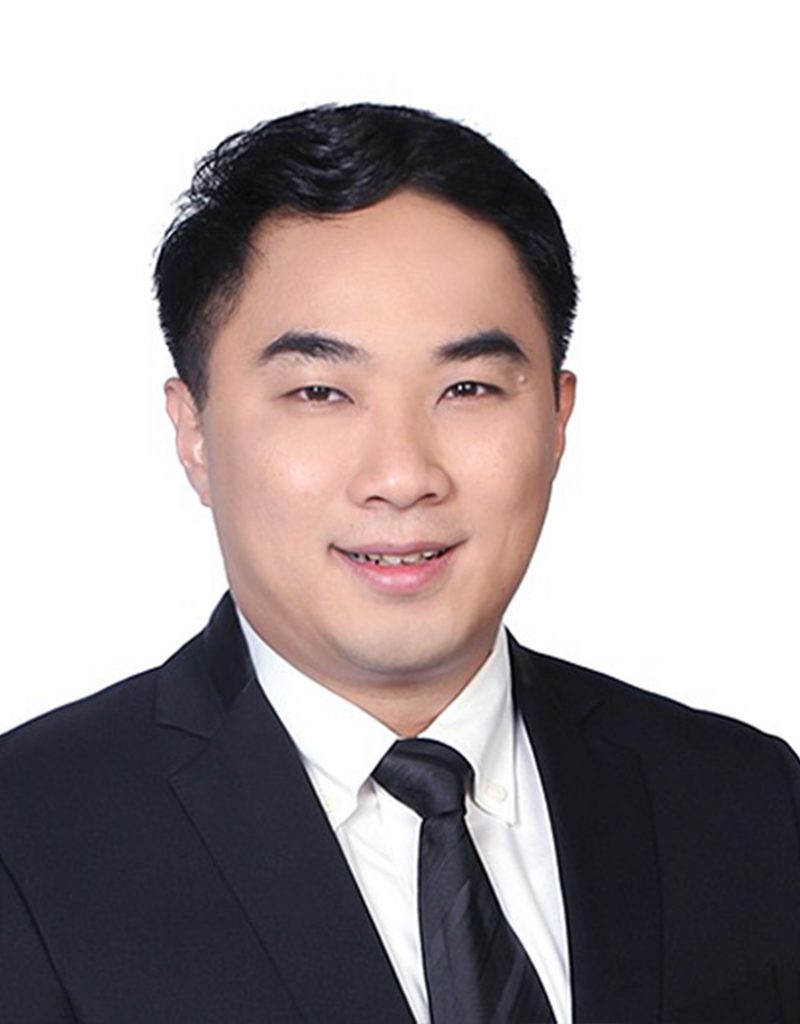
Mr Alvin Chiam
Network Manager, National Supercomputing Centre
Alvin CHIAM is currently a Network Manager at the National Supercomputing Centre (NSCC) Singapore. He oversees the network infrastructure and operation within NSCC’s supercomputing facility and manages external stakeholders’ and end-users’ connectivity to NSCC. He works closely with Singapore Advanced Research and Education Network (SingAREN) and has liaised with international Research and Education Networks (RENs) to build a global testbed for Data Transfer Nodes (DTNs) for high performance data transfers over international 100Gbps networks links. Alvin graduated with a Bachelor of Applied Science (BSc) Computer Engineering from Nanyang Technological University (NTU) Singapore. Prior to joining NSCC, Alvin worked in NCS, a wholly-owned subsidiary of SingTel Group, as a tier 3 network engineer implementing and operating the IP Core Infrastructure for Singapore’s Smart Nation project.
Data Mover Challenge Announcement for 2021-2022 Cycle
NA
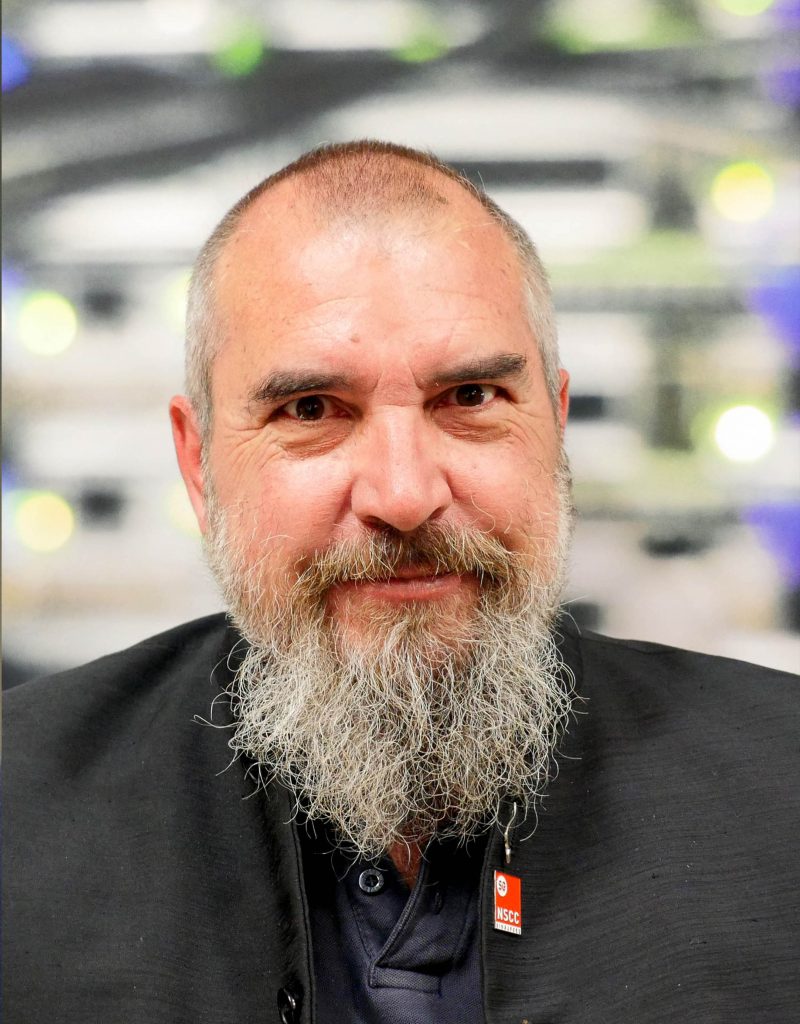
Mr Andrew Howard
Cloud Team Manager, National Computational Infrastructure Canberra Australia
Andrew has many decades of hands-on technical, diplomatic and logistics experience covering a wide range of standard and bespoke technologies, languages and applications within Industry, Government, Academia and Research nationally and internationally.
He chairs the judging panel of the SuperComputing Asia Data Mover Challenge and Co-Chairs the Cloud Security Alliance: HPC Cloud Security, APAN Program Committee, APAN E-Culture and APAN Asia Pacific Research Platform working groups.
His current role at the National Computational Infrastructure (NCI) involves working on High Performance Networks, Computing and Cloud systems. He manages the NCI Cloud Team supporting both the NCI private and the National Nectar Research Clouds and National Data collections.
Data Mover Challenge Announcement for 2021-2022 Cycle
–
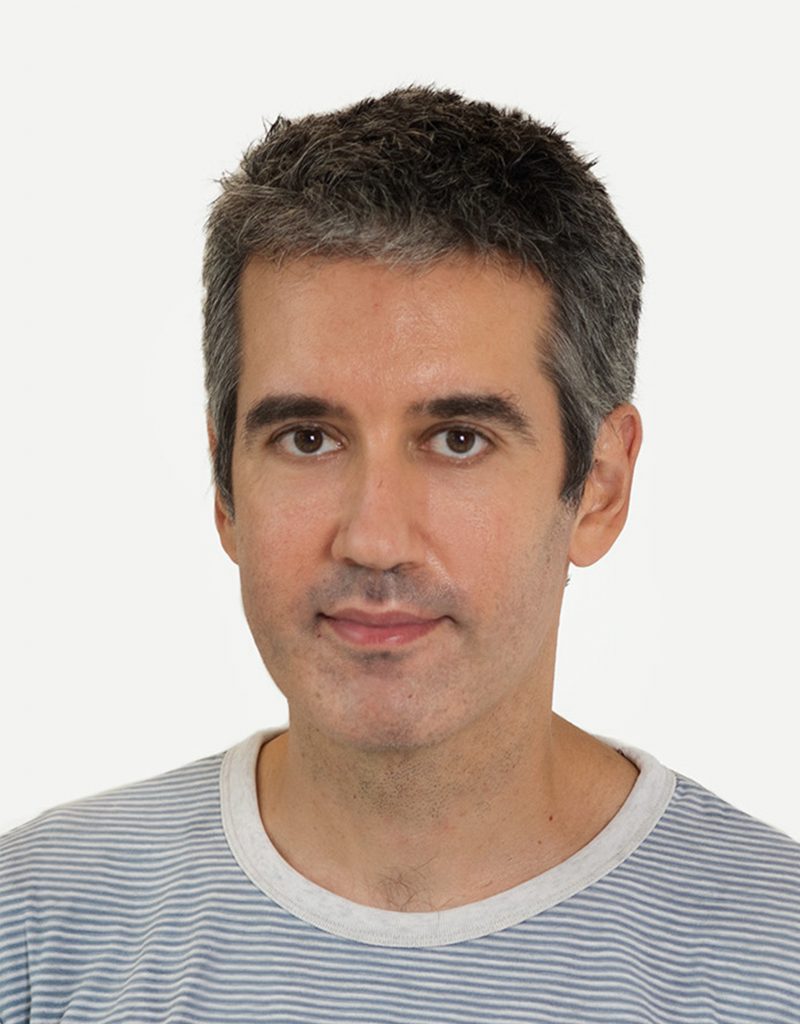
Dr Artur García-Sáez
Researcher, Barcelona Supercomputing Center
Artur Garcia-Saez is a physicist and computer engineer working at the Barcelona Supercomputing Center. His research focuses on quantum algorithms and machine learning. He has previously done research on quantum information and condensed matter at the Institute of Photonic Sciences (ICFO), at the University of Barcelona, and at the Yang Institute of Theoretical Physics. He is currently part of the team that is developing the BSC’s first quantum computer, and one of the Founders of Qilimanjaro Quantum Tech.
Quantum Simulations on Classical Supercomputers
In this talk I will discuss the limitations of simulating Quantum systems in classical computers. Due to the exponential growth of the description of a Quantum state with the number of Qubits, we face a fundamental limitation to reach large Quantum systems. I introduce the Tensor Network description of a Quantum state, and I show that this description offers advantages over an exact representation while operated in HPC systems, as it offers the possibility to parallelize much of the operations. I show how automation tools are applied to the contraction process of a Tensor Network.
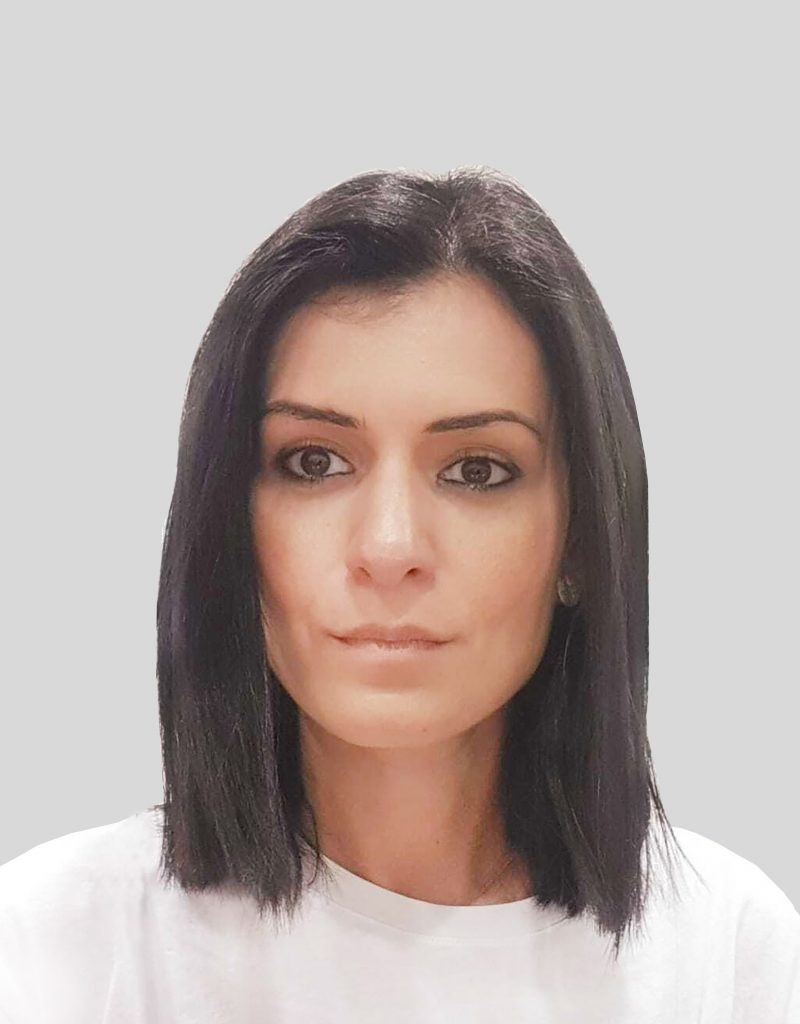
Dr Najwa Aaraj
Chief Researcher, Cryptography Research Center, Technology Innovation Institute, UAE
Dr Najwa Aaraj is Chief Researcher at the Cryptography Research Centre at Technology Innovation Institute (TII), UAE. She leads the research and development of cryptographic and technologies. Dr Aaraj earned a PhD with the highest distinction from Princeton University (USA). Her expertise is in applied cryptography, trusted platforms, security architecture for embedded systems, software exploit detection and prevention systems, and biometrics — obtained over 15 years with global firms across multiple geographies. Previously, she was Senior Vice President at DarkMatter, a cyber-security leader based in the UAE. She was formerly at Booz & Co., where she led engagements in the ICT industry for clients globally. She also held research positions at IBM T.J. Watson, Intel Portland, Oregon, and at NEC Laboratories in Princeton, New Jersey. Dr Aaraj has several patents and has authored multiple research papers. She is a Board Member and advisor to security and machine learning startups.
How will our Cryptographic Toolkit be Impacted by Quantum Computers?
How will our cryptographic toolkit be impacted by quantum computers? In this talk, we discuss the impact of quantum computers on cryptographic algorithms and the changes that are required to protect against both passive and active quantum attacks. We cover the new set of post quantum cryptographic (PQC) schemes that are being proposed to protect current and future systems, the implied security thereof, as well as their practicality when deployed in real world systems. We also discuss standardization efforts, industry challenges, and complexities of the roadmap to transition current cryptographic systems and secure communications solutions to quantum-resistant alternatives.
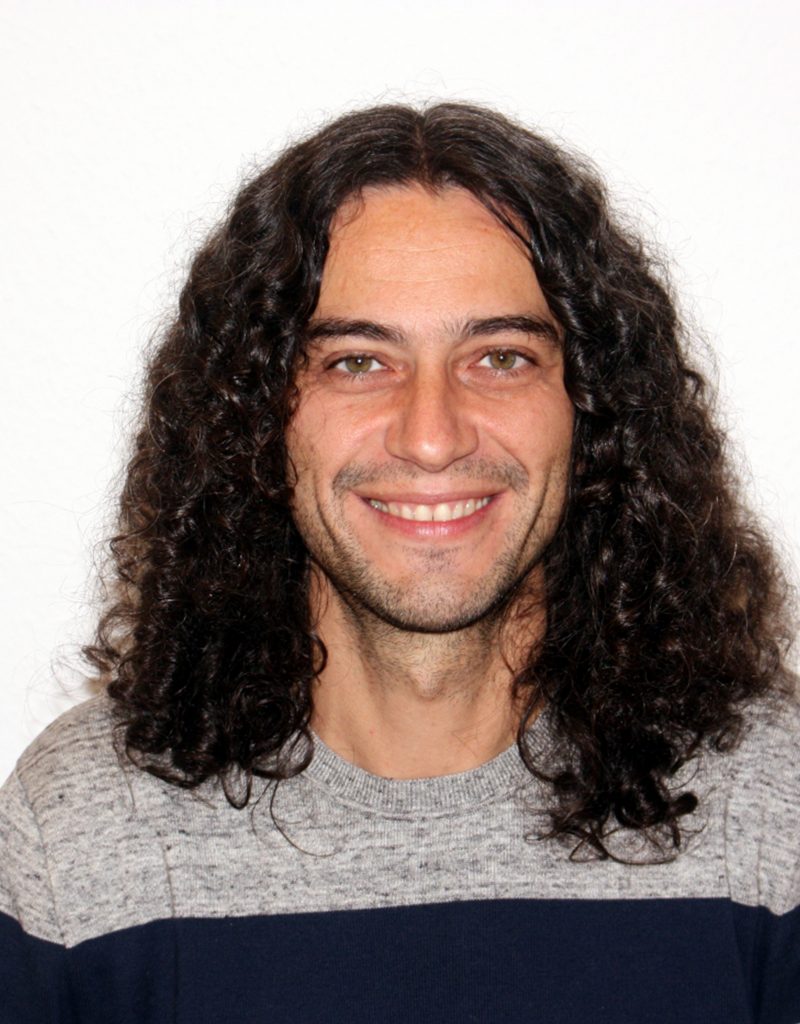
Dr Gianluigi Catelani
Research Scientist, Juelich Research Center (Germany) and Technology Innovation Institute (UAE)
Gianluigi Catelani is a research scientist at the Juelich Research Center (Germany) and a visiting researcher at the Technology Innovation Institute (UAE). He received his PhD (2005) in Physics from Columbia University in New York. His background is in theoretical mesoscopic physics and low-temperature superconductivity. In 2009, while at Yale University, he started working in close collaboration with experimental groups on modeling the physics of superconducting devices, qubits in particular. He has continued this line of research since moving to Germany in 2012. He has published more than 50 articles in international peer-reviewed journals.
Physical Platforms for Quantum Computation
The requirements to be met in order to build a quantum computer, known as the DiVincenzo criteria, were delineated over two decades ago. In this talk, after contrasting classical to quantum bits, I will review the DiVincenzo criteria. I will then discuss briefly the physical systems that are being investigated to build a quantum computer, which range from atomic systems to superconducting circuits. Finally, I will give an overview of what has been recently achieved and what progress is expected in the near future.
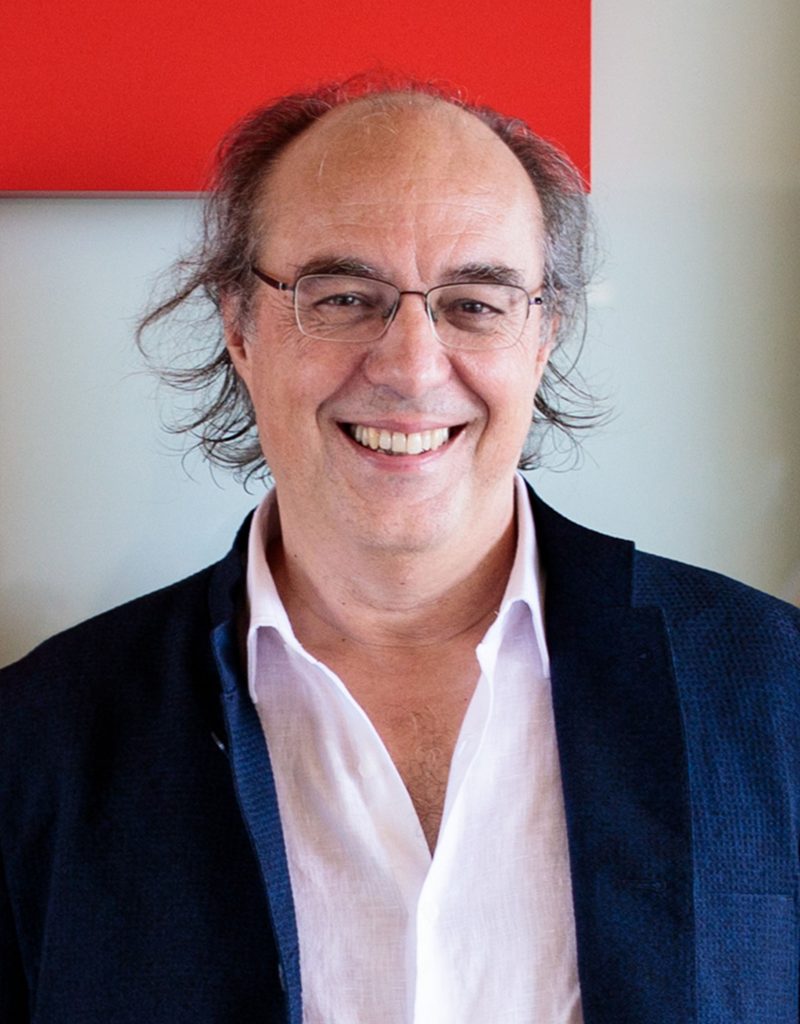
Prof Jose Ignacio Latorre
Director, Centre for Quantum Technologies (CQT)
JI Latorre is the Director of the Center for Quantum Technologies, Singapore.
He got a PhD in Theoretical Physics in the U. Barcelona, and had postdocs at MIT and the Niels Bohr Institutet. He has written >120 papers in quantum field theory, phenomenology of elementary particles,
renormalization group, quantum information and computation. He has created a startup that is creating a quantum computer based on superconducting circuits. He serves the Spanish government on the creation and deployment of the strategic plan for artificial intelligence, and its links to quantum computation and classical supercomputation at the Barcelona Supercomputing Center.
Welcome
–
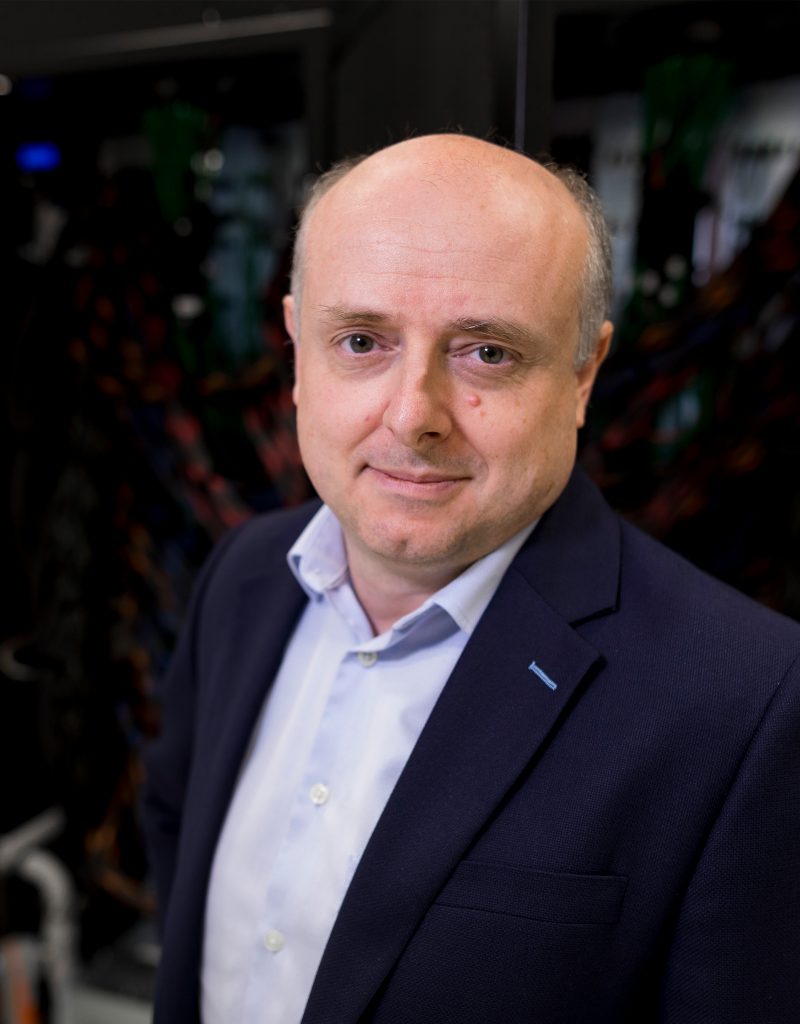
Mr Ugo Varetto
Chief Technology Officer, Pawsey Supercomputing Centre Australia
Mr Varetto, Pawsey Supercomputing Centre CTO, is an accomplished manager and computational scientist. His focus is on data-intensive high-performance computing, large scale parallel I/O and accelerators. He has held key roles in significant research projects, such as the EU funded ‘Human Brain Project’, has contributed to numerous projects with the European supercomputing infrastructure and has worked in commercial companies and government and academic institutions in the USA, Europe and Australia. Mr Varetto has been developing GPU-accelerated scientific software since 2006 and is currently working on designing scalable scientific computing solutions on hybrid CPU/GPU systems and implementing large scale real-time data processing and visualisation workflows, while supporting international research projects such as the Square Kilometre Array (SKA).
Australia’s First Quantum-Supercomputing Hub
Following the announcement of the collaboration between the Pawsey Supercomputing Centre and Quantum Brilliance (QB) in 2020, Pawsey and QB teams are now entering the implementation phase to build Australia’s first Quantum-Supercomputing Hub. The broad spectrum of activities planned for 2021 include the Quantum Pioneers program with research and industry pilot projects, closer integration of emulators with HPC environments as well as a field trial of a room temperature diamond Quantum Computer. In this talk we will give an overview and scope of the collaboration, focus on use cases and on technical challenges of Quantum – Supercomputing integration in the context of future computing services to be offered to the scientific community.
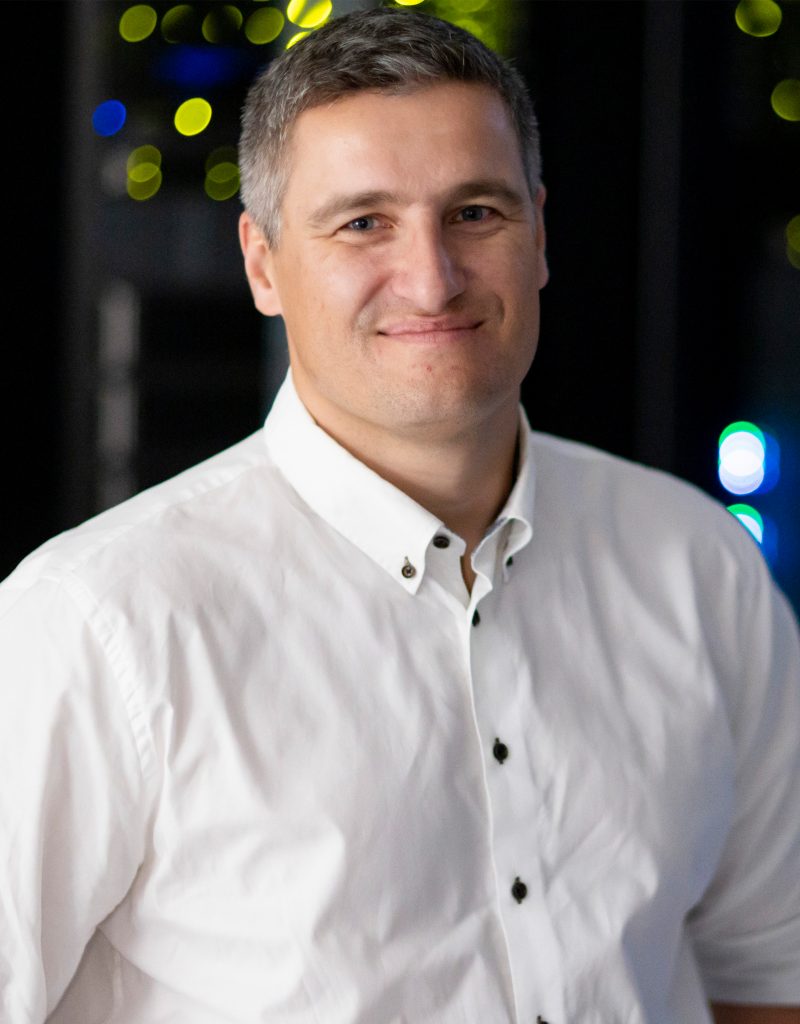
Dr Maciej Cytowski
Head of Scientific Services, Pawsey Supercomputing Centre
Dr Cytowski joined the Pawsey Supercomputing Centre in 2017. He holds a PhD in Computational Science. Dr Cytowski is a mathematician and computational scientist and his expertise is optimisation and development of application on massively parallel and accelerated HPC systems. Since 2004 he has been involved in many HPC projects including porting weather prediction codes to Cray X1e vector architecture, accelerating astrophysical computational kernels on IBM Cell processors, optimisation of open-source simulation codes on IBM Power7 architecture and developing scalable codes on IBM Blue Gene/Q, Cray XC40. Dr Cytowski is currently the Head of Scientific Services at Pawsey, being responsible for the delivery of Supercomputing, Data and Visualisation services.””Dr Cytowski joined the Pawsey Supercomputing Centre in 2017. He holds a PhD in Computational Science. Dr Cytowski is a mathematician and computational scientist and his expertise is optimisation and development of application on massively parallel and accelerated HPC systems. Since 2004 he has been involved in many HPC projects including porting weather prediction codes to Cray X1e vector architecture, accelerating astrophysical computational kernels on IBM Cell processors, optimisation of open-source simulation codes on IBM Power7 architecture and developing scalable codes on IBM Blue Gene/Q, Cray XC40. Dr Cytowski is currently the Head of Scientific Services at Pawsey, being responsible for the delivery of Supercomputing, Data and Visualisation services.
Australia’s First Quantum-Supercomputing Hub
Following the announcement of the collaboration between the Pawsey Supercomputing Centre and Quantum Brilliance (QB) in 2020, Pawsey and QB teams are now entering the implementation phase to build Australia’s first Quantum-Supercomputing Hub. The broad spectrum of activities planned for 2021 include the Quantum Pioneers program with research and industry pilot projects, closer integration of emulators with HPC environments as well as a field trial of a room temperature diamond Quantum Computer. In this talk we will give an overview and scope of the collaboration, focus on use cases and on technical challenges of Quantum – Supercomputing integration in the context of future computing services to be offered to the scientific community.
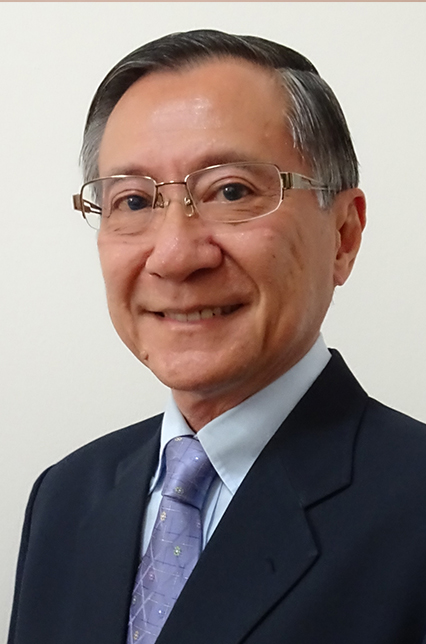
Prof Lawrence Wong
National Supercomputing Centre
Wai-Choong (Lawrence) WONG is Emeritus Professor in the Department of Electrical and Computer Engineering, National University of Singapore (NUS) and currently Deputy Director at the Smart Systems Institute in NUS. He holds an advisory consultant position at National SuperComputing Center (NSCC), Singapore since 2015. Since joining NUS in 1983, he served in various leadership positions at the department, faculty and university levels. He was the inaugural Executive Director of the Institute for Infocomm Research (I2R), Agency for Science, Technology and Research (ASTAR) from 2002 to 2006. Prior to joining NUS in 1983, he was a Member of Technical Staff at AT&T Bell Laboratories, Crawford Hill Lab, NJ, USA, from 1980 to 1983. He is one of the founding members of the Singapore Advanced Research and Education Network (SingAREN) which was registered as a non-profit society in 2003. His active contributions in SingAREN have led to a sustainable research and education network (REN) infrastructure in Singapore that inter-connects IHLs and RCs/RIs within Singapore, and international REN connections to facilitate collaborations between the research and education community in Singapore and their counterparts overseas. NSCC has leveraged on this REN infrastructure to fast-track client users access to NSCC’s supercomputing facilities. Professor Wong received the B.Sc. and Ph.D. degrees in Electronic and Electrical Engineering from Loughborough University, UK. His research interests include wireless and sensor networks and systems, ambient intelligent platforms, localization and source matched transmission techniques with over 280 publications and 5 patents in these areas.
Welcome Address
NA
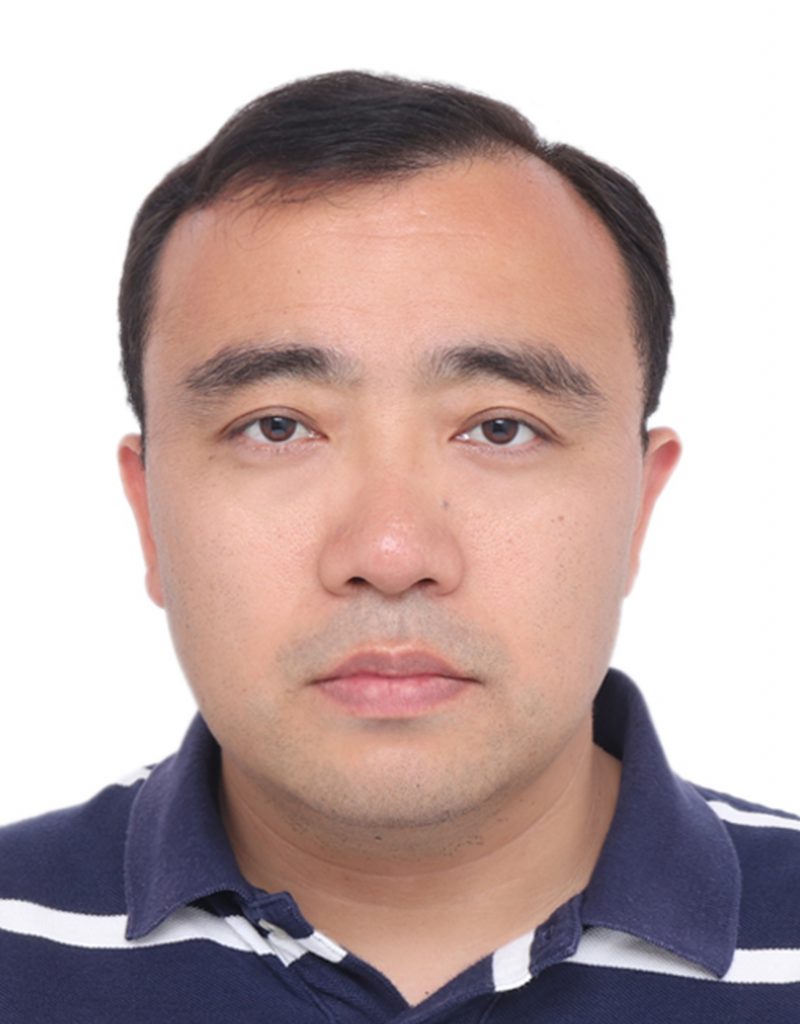
Prof Qiang Zhang
Professor, University of Science and Technology of China
Qiang Zhang is a professor of physics from University of Science and Technology of China. His research focus on quantum cryptography and quantum randomness. He is a fellow of OSA and chair of ITU Focus Group on Quantum Information Technology for Network.
Recent progress in quantum key distribution
I shall give a brief review of QKD, focusing on the recent experimental progresses including field test of long distance twin field QKD and free space MDI QKD.
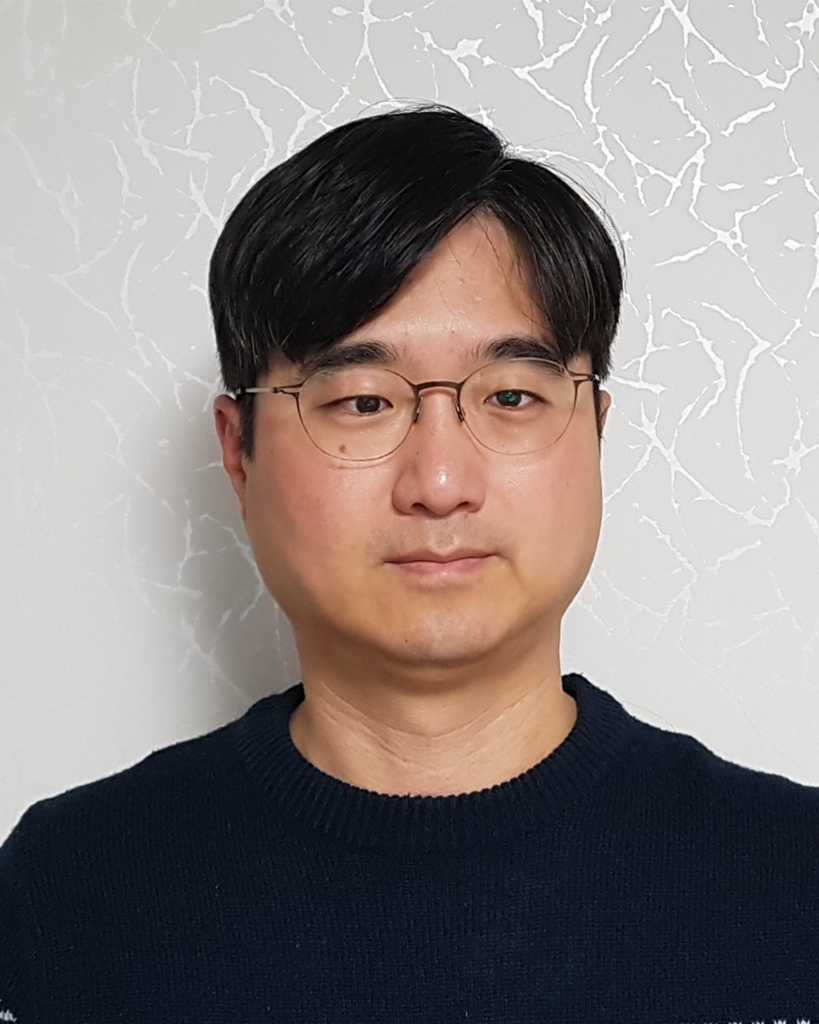
Dr Wonhyuk Lee
Network Researcher, Korea Institute of Science and Technology Information (KISTI)
Wonhyuk Lee received a doctorate from Sungkyunkwan University and has been working at KISTI since 2003.
He has been promoting work centering on KREONET domestic backbone network design, construction, and service.
Since 2020, he has been in charge of the quantum cryptocurrency business and is in charge of the project.
The Introduction of Quantum Activities based on QKD in KOREA
KREONET is Korea’s science and technology research network.
Recently, a quantum cryptographic communication business is being promoted in Korea, and KISTI is also building a QKD-based quantum cryptographic communication network.
We are researching not only QKD but also comprehensive quantum cryptographic communication construction and operation management technology for quantum key management.
In this presentation, I would like to introduce the activities related to the establishment of quantum cryptographic networks being promoted in Korea.
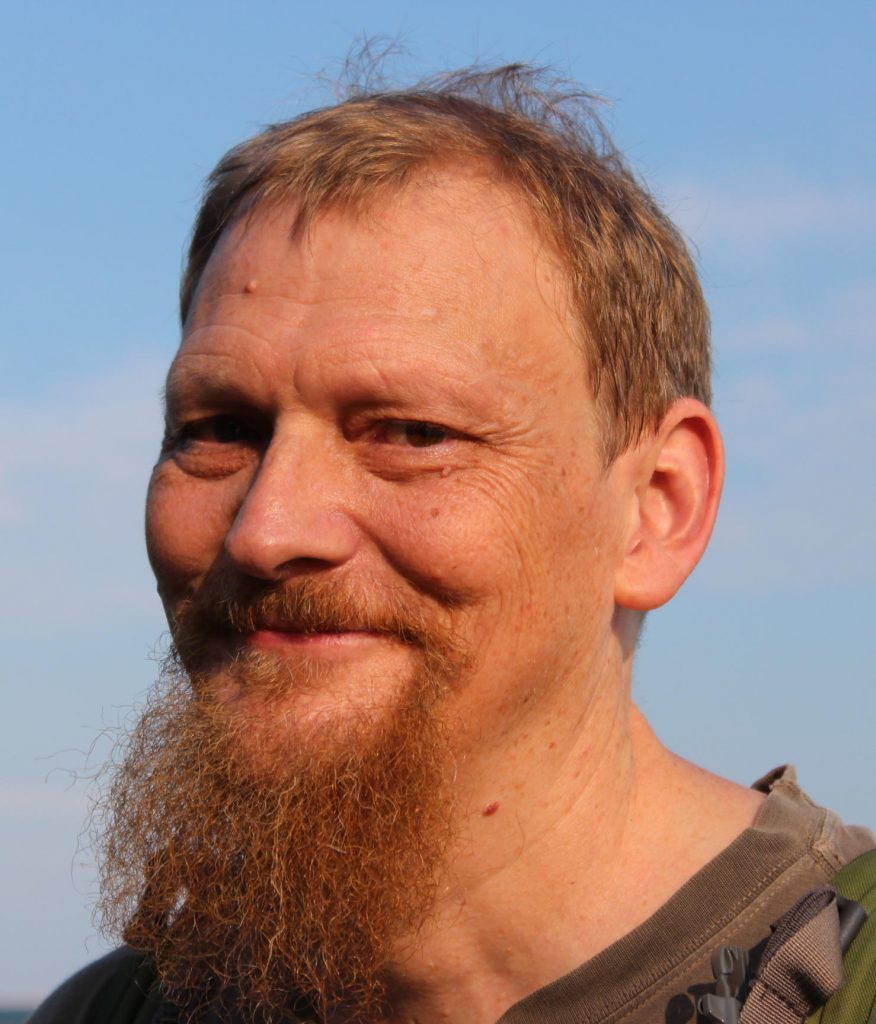
Prof Christian Kurtsiefer
Professor, Centre for Quantum Technologies (CQT)
Christian Kurtsiefer received his PhD in experimental physics in 1997 from the University of Konstanz, Germany. After a PostDoc at IBM Almaden research center in San Jose, CA, he became scientific staff member in the Physics Department at the Ludwig-Maximilian University in Munich from 1999 to 2003, before he joined the Physics Department of the National University of Singapore as a faculty member to set up an experimental quantum information effort. He is one of the founding member of the Centre for Quantum Technologies (CQT) in Singapore, where he holds a position as principal investigator since 2008, concurrently with a professorship in the Physics Department. He is elected fellow of the American Physical Society, and currently president of the Institute of Physics Singapore. His main research interests are in quantum optics and atomic physics, with an emphasis on experimental quantum information and communication, single photon technologies and atom-light interaction. Recent work is focused on single photon technologies like practical QKD systems, atom-photon interfaces, hybrid quantum systems, and quantum randomness sources, clock synchronization.
Stable Polarization Entanglement based Quantum Key Distribution over a deployed Metropolitan Fiber
We report on a quantum key distribution implementation over deployed dark telecom fibers with polarization-entangled photons generated at the O-band. This technique for quantum key distribution is complementaty to more established protocols as it is symmetric for the communication partners, and does not require a trusted random number generator for key generation, and has fewer side channels. In this first demonstration over deployed fiber, we employ polarization drift compensation with liquid crystal retarders, and observe a final key rate of 109 bits/s.
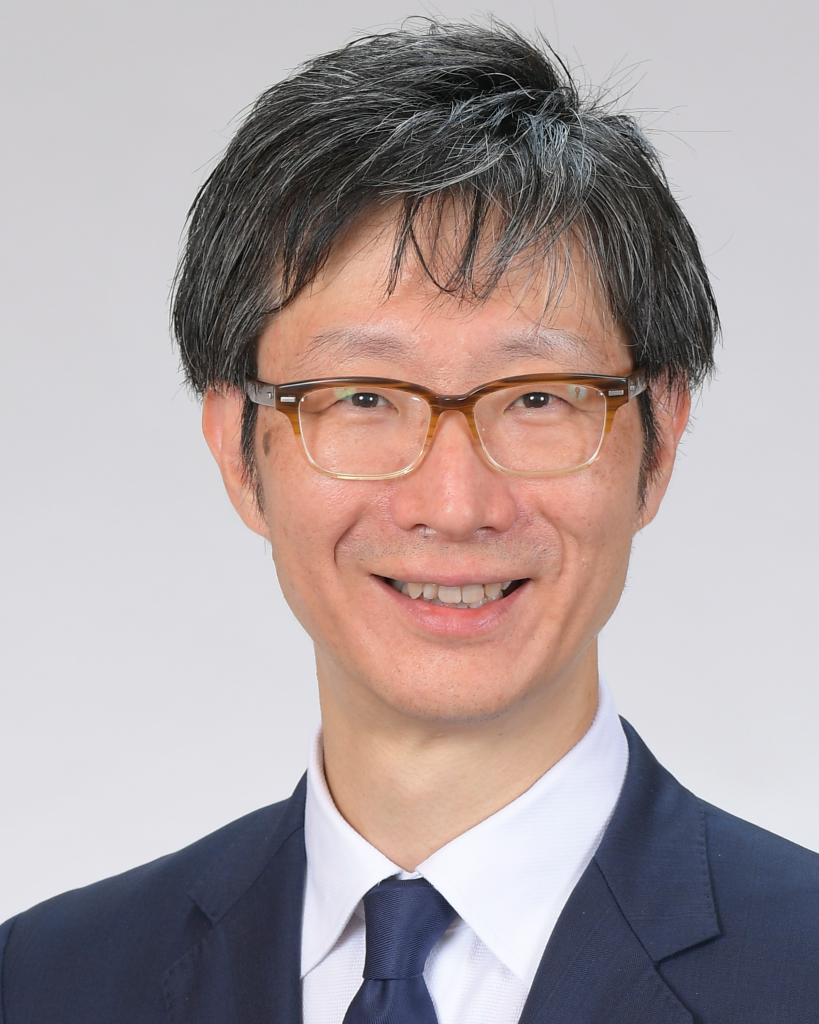
Mr Taro Shimada
Executive Officer and Corporate Senior Vice President, and Chief Digital Officer, Toshiba Corporation
Taro Shimada joined Toshiba in October 2018 as Corporate Digital Business Chief Strategy Officer. He serves as Chief Digital Officer, responsible for supporting Toshiba’s digital transformation and spearheading strategic business creation and promotion since April 2019. He was appointed CEO & Representative Director of Toshiba Data Corporation in February 2020 and President and CEO of Toshiba Digital Solutions Corporation in April 2020.
Enabling the Quantum Internet of the FutureEnabling the Quantum Internet of the Future
Quantum Key Distribution (QKD) addresses a fundamental key to support the emerging development of quantum computing. With a constant state of data proliferation, Toshiba’s QKD provides the answer for a secure transmission of sensitive information – protecting and future-proofing data communication through the advancement of reliable and ultra-secure quantum cryptography solutions. Toshiba will share insights on the development and deployment of QKD in the healthcare, financial & manufacturing sectors in Japan & other countries and the potential to unlock disruptive technologies.
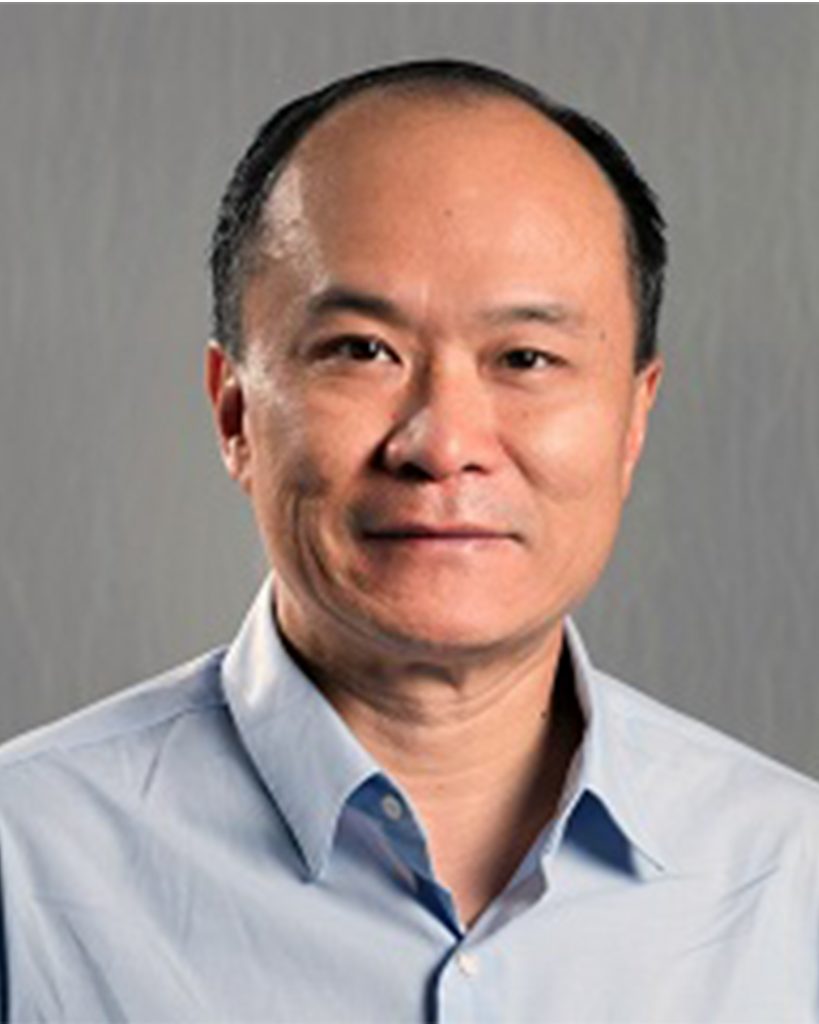
Dr Jonathan Pan
Chief, Disruptive Technologies Office, Home Team Science & Technology Agency
Jonathan Pan is with the Disruptive Technologies Office of the Home Team Science & Technology Agency (HTX). The Disruptive Technologies Office explores the Science and Technology frontiers for homeland security applications through applied R&D.
Quantum Key Distribution Adoption : Practical Considerations
Jonathan will be sharing some considerations when assessing Quantum Key Distribution adoption. The considerations include the reason for its adoption, possible risks associated with QKD and integrating QKD with classical infrastructure.
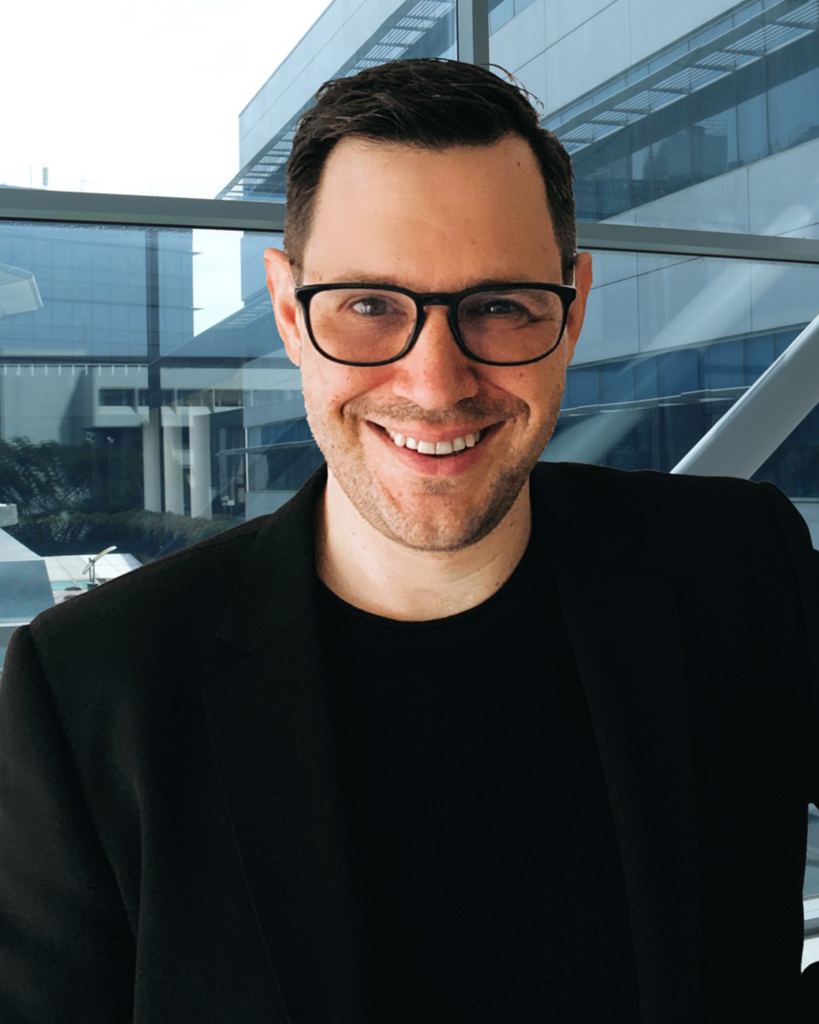
Dr Michael Kasper
Department Director, Fraunhofer Singapore
Michael is director of the department “Cyber- and Information Security” and senior scientist at Fraunhofer Singapore where he concentrates on the R&D of novel security solutions and its translation from fundamental research into new innovation and applications. At Fraunhofer he leads an interdisciplinary team with a strong focus on current and upcoming challenges of security, trust and privacy in emerging technologies. Michael is affiliated with the Quantum Engineering Programme, Singapore where he coordinates the National Quantum-Safe Network working group activities.
Security in the Quantum Era – Opportunities and Challenges of Quantum-safe Networks in Practice
The next decade will bring a number of new possibilities and novel application as quantum technologies get ready for the mainstream and become part of the future networking landscape. The ability to communicate provably secure is more important than ever to society and industry. Quantum hacking as well as classical cyber attacks threatens the security of practical quantum communication systems by exploiting real-life deficiencies. Beside technical obstacles, the integration of quantum communication technology into classical network infrastructures leads to new challenges in governance, testing, and security certification. The realisation of quantum-safe networks needs to be build on a solid foundation.
Prof Alexander Ling
Director, Quantum Engineering Programme
Alexander Ling was appointed Director of the Quantum Engineering Programme in September 2020. He is a Principal Investigator at the Centre for Quantum Technologies and Associate Professor in the Department of Physics, National University of Singapore (NUS).
–
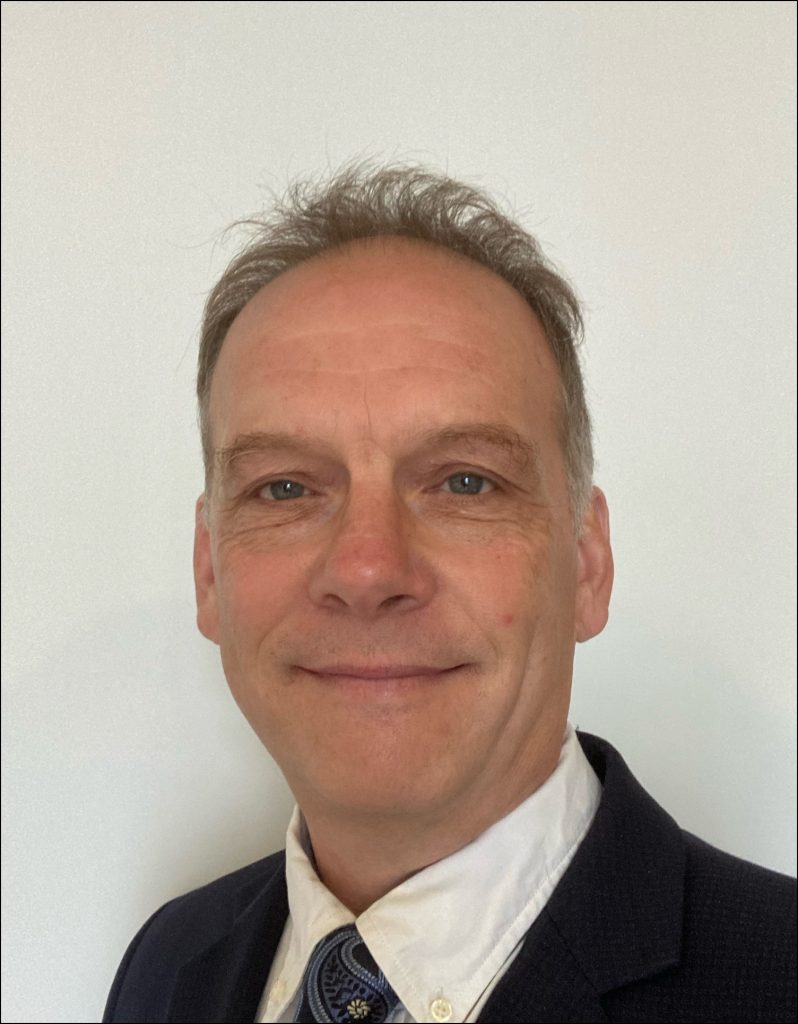
Prof Dale Barker
Director of the Centre for Climate Research Singapore (CCRS), Met Service Singapore
As the Director of CCRS, Prof Dale Barker provides strategic direction, oversight of the centre’s weather/climate science activities, and engages with senior stakeholders in the national/international weather/climate community.
Prof Barker has extensive experience in data assimilation research, use of observations in Numerical Weather Prediction (NWP), and regional climate reanalysis. He led the WRF data assimilation programme at the US National Center for Atmospheric Research (NCAR) in Boulder, Colorado (1999-2009). Between 2010 and 2018 he led the scientific development of the first EU-funded European regional reanalysis. In his previous role before joining CCRS, Prof Barker was the Associate Director for Weather Science at the Met Office, leading 200 staff working in meteorological R&D and the research-to-operational transition of global/local NWP, ocean/wave forecasting, air quality, and atmospheric dispersion systems.
Prof Barker is a Fellow of the Royal Astronomical Society (FRAS) and Royal Meteorological Society (FRMetS). He is a visiting professor at Reading University UK, an NCAR affiliate scientist, current/past member of numerous World Meteorological Organisation working groups, and has chaired several international weather/climate science scientific advisory committees.
Supercomputing and Climate Science: A Century-Old Partnership
Research in weather and climate science plays a crucial role in improving understanding, and building resilience against the impacts of extreme weather events and a changing climate. Since the earliest days of numerical weather prediction (NWP) at the start of the 20th century, there has been a close tie between weather, climate and computational science. Climate science places many demands on supercomputing: sheer computer power; need for time-critical products, ‘big data’ storage and processing; cross-platform efficiency; robustness; etc. This talk will provide examples of solutions to date, plus a brief summary of future directions e.g. increasing complexity, cloud-based data processing, and the advent of novel HPC architectures which will require continued, expanded partnerships between climate, computational and data science communities.
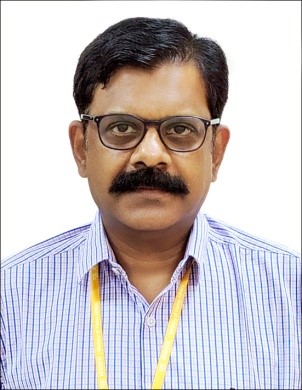
Dr Preveen Kumar
Scientist, National Centre for Medium Range Weather Forecasting, India
Dr Preveen Kumar D. did his M Sc (Space Physics) from Andhra University and later his Ph D. in Middle Atmosphere Dynamics from Delhi University. During his Ph D. he had extensive experience on remote sensing especially on the National MST Radar facility. He has published several research papers in International Journals.
He has been responsible for providing computational support for internal and external users of NCMRWF supercomputing facility. He has been the architect of all major Information Technology setup at NCMRWF, Ministry of Earth Sciences(MoES) and taken responsibility for delivery of systems and solutions. He was instrumental in setting up the core IT facilities for the smooth relocation of NCMRWF to Noida thus enabling uninterrupted generation of Medium Range Weather Forecasts.
He has contributed extensively in the augmentation of High performance computing facility in all the constituent units of MoES. His recent contribution in the augmentation of computing power to petaflop-scale facility to cater to the computational requirement of all the constituent units of MoES has been exemplary. His noteworthy contribution in particular being the design of benchmark and technical specification for the acquisition of petaflop-scale system.
He is now working on the assimilation of Doppler Weather Radar(DWR) data in the Unified Model. For the first time the quality index maps for the Indian DWR have been generated by his group.
He has provided support in planning and executing various IT projects of the MoES. He has provided his expert consultancy to the World Food Programme to setup an end-to-end forecasting system at Bangladesh Met Service. He is member of various National Committees.
Dr Preveen Kumar D was awarded Certificate of Merit for his outstanding contribution in the field of Atmospheric Sciences and Technology by the Ministry of Earth Sciences in 2014. He was also awarded Cray’s Dr. A.P.J Abdul Kalam HPC Award – 2020. He is presently working as Scientist ‘G’ at National Centre for Medium Range Weather forecasting, MoES.
Computing for Weather and Climate Prediction
The primary mandate of the Ministry of Earth Sciences (MoES) is to provide the nation with best possible services in forecasting the monsoons and other weather/climate parameters, ocean state, earthquakes, tsunamis and other phenomena related to earth systems. The demand for accurate prediction of weather and climate at shorter and longer lead times with location specific details are increasingly becoming a routine affair, due to increased awareness of possible impacts of global climate change on extreme weather events. Improved and reliable forecast of weather and climate requires routine integrations as well as research and development using very high resolution dynamical models with various degrees of complexity (e.g. coupled ocean-atmosphere-biosphere-cryosphere models). To achieve this High-performance computing (HPC) systems are an indispensable tool and is at the core of MoES research and forecasting activities. Ministry of Earth Sciences has augmented various HPC Systems mainly Pratyush HPC System (India’s first multi-petaflop super computer having computing power of 4PF ), Aditya HPC System of 790 TF at IITM, Pune and Mihir (2.8 PF) and Bhaskara (350 TF) at NCMRWF, Noida. These HPC Systems are used for executing various computational atmospheric and ocean models for weather and Climate forecasting by various Institutes of the Ministry and also for research by these and other institutions.
With the present available computational infrastructure MoES is able to issue forecasts using Global Models at a resolution of 12 km for short and medium range (2-10days), 38 km for extended range (2-4weeks) and seasonal predictions (1-2 seasons) and at 200 km for climate projections. With further and recent advances in earth systems science there is a requirement at MoES for building further computational infrastructure to enable improved accuracy in the forecasts by targeting higher resolutions and with better Physics.
Dr Douglas Boyd
UM Partner Technical Programme Manager, UK Met Office
Dr Douglas Boyd manages the Unified Model (UM) Partner Technical Programme and is based in the (UK) Met Office. The Technical Programme provides a framework for members of the UM Partnership to develop software infrastructure collaboratively, aligned with shared strategic priorities, with developers distributed across UM Partner organisations. Dr Boyd joined the Met Office in 2004, working initially in data assimilation and regional model development teams before building over a decade of experience liaising with UM Partners around the world to implement UM systems on their supercomputing platforms to support their research and operational goals. He led the delivery of modelling infrastructure for the 5-year “SINGV” project with CCRS in Singapore and for the Newton Fund (WCSSP) South Africa project with the South African Weather Service, enabling state-of-the-art convective-scale NWP systems to be adopted in each centre. Dr Boyd has also supported broader international initiatives such as the World Meteorological Organisation (WMO) Voluntary Cooperation Programme and the NOAA Hazardous Weather Testbed, as well as participating in a number of WMO missions as an NWP expert.
Next-Generation Modelling for Next-Generation Supercomputing
The (UK) Met Office has identified the need to re-engineer its existing science codes that underpin its weather and climate models and has initiated a formalised programme of work to build a new modelling infrastructure to address the challenge of efficiently exploiting the next generation of computing architectures. It has been shown that as the resolution of the regular lat-lon grid of the UM increases, beyond the resolutions currently employed for NWP, the scalability of the model increasingly becomes an issue, and instabilities due to the grid specification at the poles can occur. The goals of the Next Generation Modelling Systems (NGMS) Programme are to develop a set of modelling capabilities for weather and climate simulations that support the requirements of the Met Office business and scientific research aims over the next 15 years, and to maximise the benefits of HPC for Met Office competitiveness and scientific discovery.

Prof Takemasa Miyoshi
Team Leader, Data Assimilation Research Team, RIKEN Center for Computational Science
Dr Takemasa Miyoshi received B.S. (2000) from the Kyoto University, and M.S. (2004) and Ph.D. (2005) from the University of Maryland (UMD). Dr Takemasa Miyoshi started his professional career as a civil servant at the Japan Meteorological Agency (JMA) in 2000. He was a tenure-track Assistant Professor at UMD in 2011. Since 2012, Dr Miyoshi has been leading the Data Assimilation Research Team in RIKEN Center for Computational Science (R-CCS). Dr Miyoshi’s scientific achievements include more than 110 peer-reviewed publications and more than 130 invited conference presentations. Dr Miyoshi has been recognised by several prestigious awards such as the Japan Geosciences Union Nishida Prize (2015), the Meteorological Society of Japan Award (2016) – the highest award of the society, the Yomiuri Gold Medal Prize (2018), and the Commendation by the Prime Minister for Disaster Prevention (2020).
Fusing Big Data and Big Computation in Numerical Weather Prediction
At RIKEN, we have been exploring a fusion of big data and big computation, and now with AI techniques and machine learning (ML). The new Japan’s flagship supercomputer “Fugaku” is designed to be efficient for both double-precision big simulations and reduced-precision machine learning applications, aiming to play a pivotal role in creating super-smart “Society 5.0.” Our group in RIKEN has been pushing the limits of numerical weather prediction (NWP) through two orders of magnitude bigger computations using the previous Japan’s flagship “K computer”. We achieved real-time 30-second-refresh predictions of sudden downpours up to 30 minutes in advance by fully exploiting big data from a novel Phased Array Weather Radar. Now with the new Fugaku, we have been exploring ideas for fusing Big Data Assimilation and AI. The data produced by NWP models become bigger and moving around the data to other computers for ML may not be feasible. Having a next-generation computer like Fugaku, good for both big NWP computation and ML, may bring a breakthrough toward creating a new methodology of fusing data-driven (inductive) and process-driven (deductive) approaches in meteorology. This presentation will introduce the most recent results from data assimilation and NWP experiments, followed by perspectives toward future developments and challenges of DA-AI fusion.
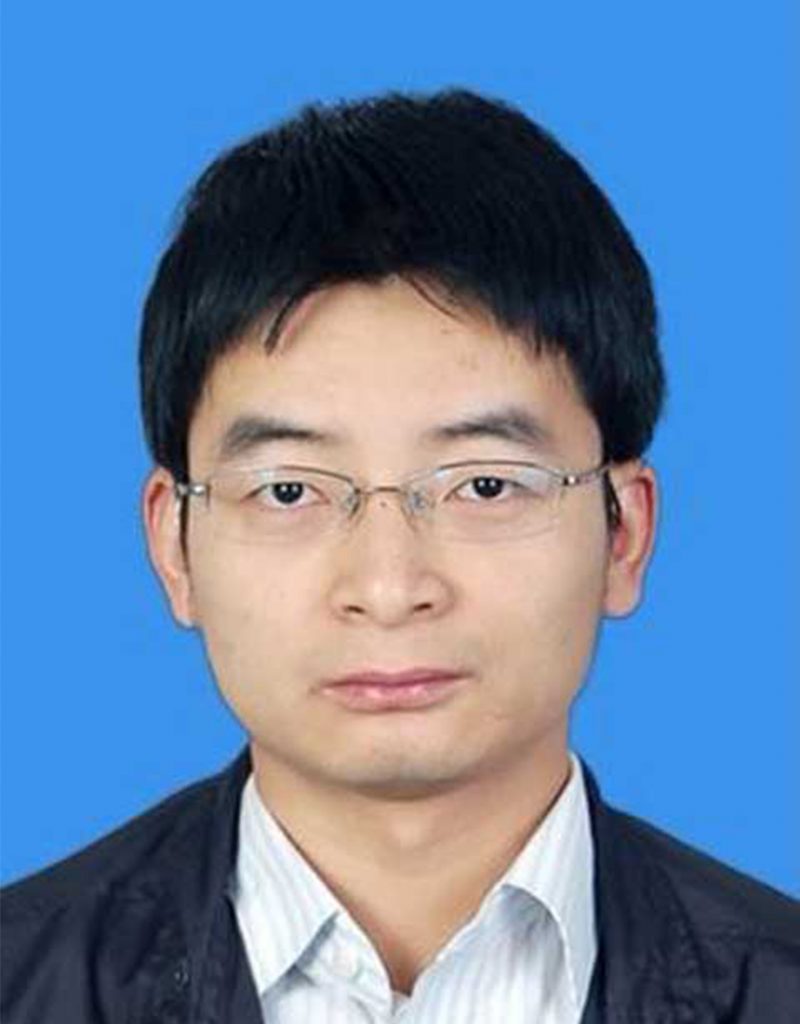
Dr Xiao Huadong
Deputy Head of High Performance Computing Division, National Meteorological Information Center of CMA
My name is Huadong Xiao. I am a senior engineer at the division of High Performance Computing, National Meteorological Information Center(NMIC) of China Meteorological Administration (CMA). I have worked for over 14 years on HPC application of meteorology. I hold a PhD degree.
HPC Status at CMA and Weather/Climate models at CMA
The talk will introduce the history of supercomputers at CMA, current main supercomputer (PAI-Sugon) and the resource utilization. Then weather/climate models running on the PAI-Sugon system are introduced. And lastly preliminary research on GPU computation for our operational weather model is presented in detail.
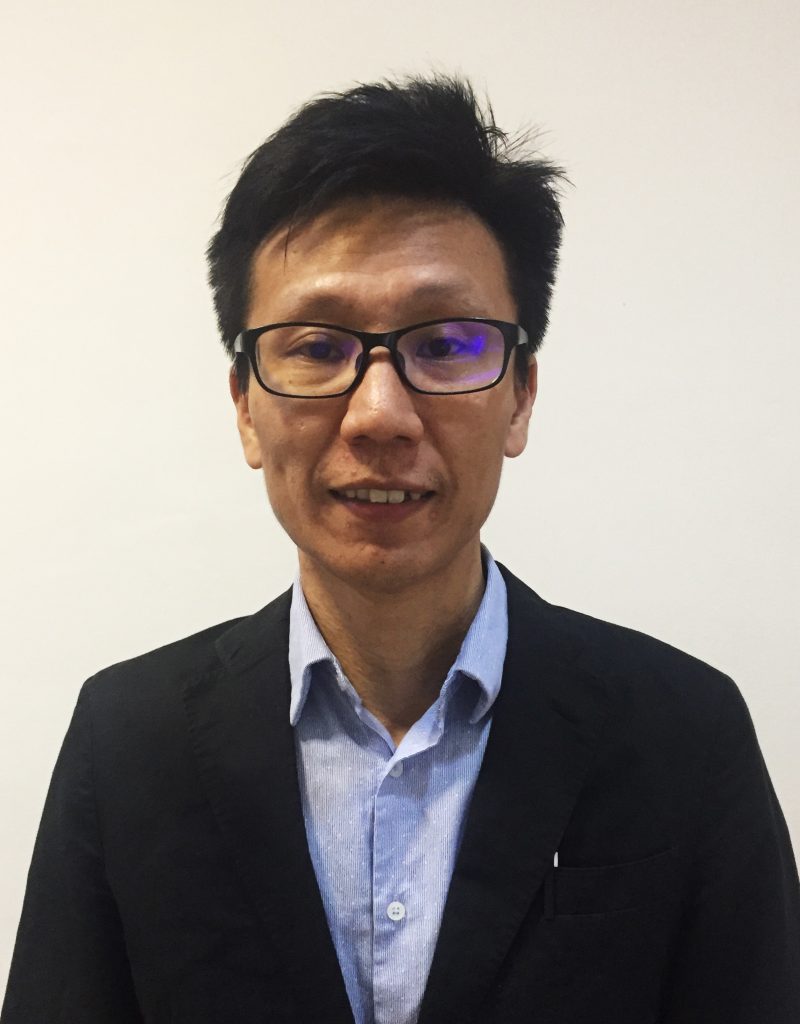
Dr Liew Juneng
Associate Professor at the Department of Earth Science and Environment, Universiti Kebangsaan Malaysia
Dr Liew obtained his PhD in Ocean Sciences in 2006 and is currently an Associate Professor at the Department of Earth Science and Environment, Universiti Kebangsaan Malaysia. His research interests encompass various aspects of regional climate dynamics over Southeast Asia region with specific focus on interannual and long-term climate change time scales. In addition, he is also interested in the issue on air quality and its association with regional meteorology. He is a technical member of the World Climate Research Program (WCRP) Coordinated Regional Climate Downscaling Experiment – Southeast Asia Domain (CORDEX-SEA), currently run and lead by Universiti kebangsaan Malaysia. Together with colleagues from Southeast Asia and other international agencies, they run regional climate models to provide high resolution projections of future Southeast Asia climate for various regional users as well as IPCC’s assessment.
CORDEX-SEA Climate Downscaling and Simulations
The gradually warming globe due to anthropogenic reason and imposed greater risk for various socio-economic sectors. The Global Risk Report 2020 of World Economic Forum had identified that the climate action failure and extreme weathers as highly likely risk categories with highest impact on world economic in the coming decade. Therefore, it is crucial for local governments and authorities to plan to adapt to, and to manage the risk appropriately. To achieve this, scientifically reliable future climate information at resolution sufficient for local impact assessment is required. The Coordinated Regional Climate Downscaling Experiment (CORDEX) is a programme under the World Climate Research Program of WMO with the main aim to connect global and regional scientists to provide such information. There are currently 14 CORDEX simulations domains covering almost the entire land areas of the globe. In this talk I will be discussing about our experience in running simulations experiments of the Southeast Asia domain of CORDEX (CORDEX-SEA), which involve participants from over 20 institutions across 14 different countries within Southeast Asia and around the world.

Prof Dale Barker
Director, Centre for Climate Research Singapore, Meteorological Service Singapore, National Environment Agency (NEA)
–
Supercomputing and Climate Science: An Essential Partnership
Research in weather and climate science plays a crucial role in improving understanding, and building resilience against the impacts of extreme weather events and a changing climate. The mission of the Centre for Climate Research Singapore (CCRS) is to advance scientific understanding of tropical climate variability and change and its associated weather systems affecting Singapore and the wider Southeast Asia region, so that the knowledge and expertise can benefit decision makers and the community. The talk will provide an overview of the climate challenge, CCRS, and current frontiers of research. Since the earliest days of numerical weather prediction (NWP) at the start of the 20th century, where ‘human computers’ were proposed to predict the weather, there has been a close tie between climate and computational science. Climate science places many demands on supercomputers and software engineering: sheer computer power to number-crunch billions of calculations / second to provide timely weather/climate predictions; storage of ‘big data’; cross-platform efficiency; robustness; and reproduceability. The talk will provide examples of how these challenges have been addressed to date, and end with a forward-look of the future where the increasing complexity, the cloud, machine learning, and the advent of novel HPC architectures will require expanded partnerships between climate, computational and data science communities.

Ms Julie Faure-Lacroix
Science liaison agent, Calcul Québec – Université Laval
Julie Faure-Lacroix has a scientific background with graduate studies in biology and forest sciences at Laval University in Québec City, Canada. As a scientific liaison agent for Calcul Québec, she reaches out to academic researchers to show them how high-powered computing can help them in their research. She works on a variety of projects that range from statistical models in R to data visualisation and geospatial analyses in ArcGIS. Her focus is to predict the needs of the researchers and to make the required software available before it is even requested.
With great supercomputing power comes great responsibilities
The High-Performance Computing community has historically thrived with power-users, which are familiar with HPC systems and can even contribute to developments in the supercomputing world. However, the increased popularity of HPC has brought an influx of non-traditional users coming from fields that don’t normally make use of HPC systems. As the developers and administrators of those systems, we now have a responsibility to educate and train those new users. From reaching out to kids, to taking undergraduate interns, to developing accessibility tools that can assist new and seasoned users, I will discuss how our collective wealth of knowledge and skills can be leveraged to open doors to a wide range of future non-traditional users.
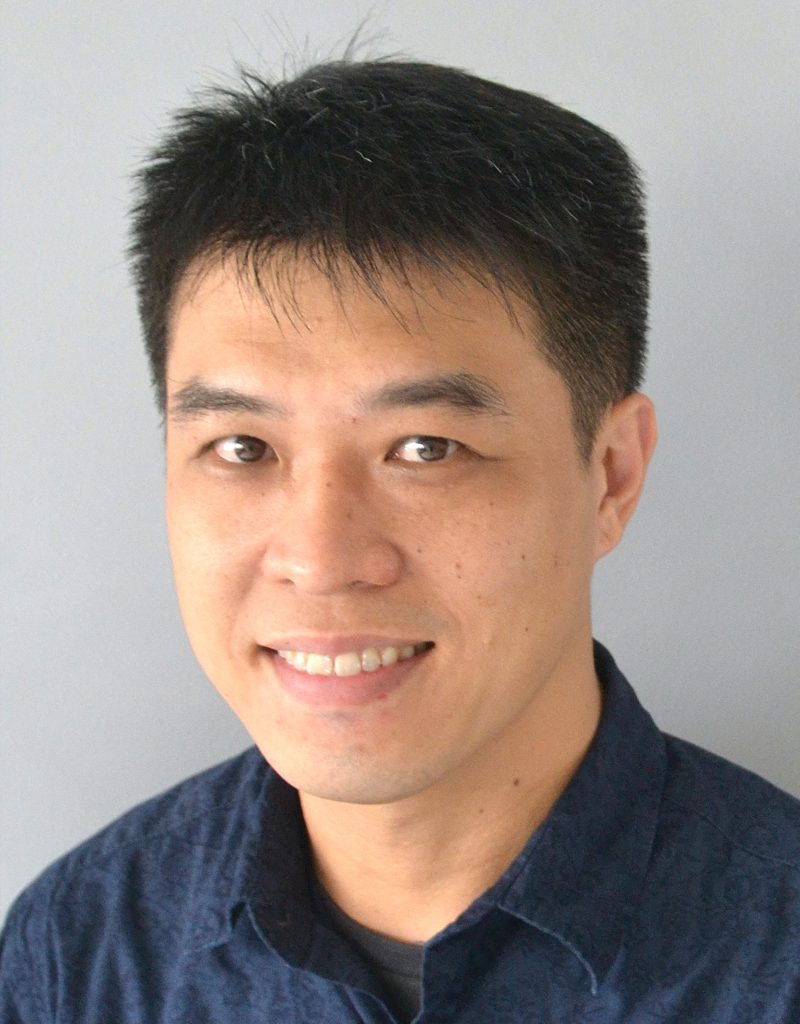
Dr Adrian Matthew Mak
Scientist (Materials Science and Chemistry), Institute of High Performance Computing, A*STAR
Adrian Mak is a scientist at the Materials Science and Chemistry department of the Institute of High Performance Computing, A*STAR. He obtained his PhD in NUS in 2007, and after a short stint in IHPC, received postdoctoral training in UC Berkeley where he developed orbital-optimisation methods for spin-projected energies. Since 2011, he is back at IHPC working on academic as well as industrial pursuits. His research interests lie in development and application of computational methods for analysis of chemical problems themed at Catalysis, Spectroscopy, Materials and Molecular Design.
Creating Chemistry in Computer Clusters
Computers have vastly evolved over the last half a century. Many of today’s supercomputers have more than 1 million cores working in parallel and are able to carry out upwards of 10^15 floating-point operations per second. Much of this computing power is used in the simulation of chemical systems and phenomena – molecules and reactions. This talk for students tours through various methods and scales of computational modelling and simulation in chemistry, how supercomputers process these computational models to better understand functionality, and upcoming trends and technological advances in this field.
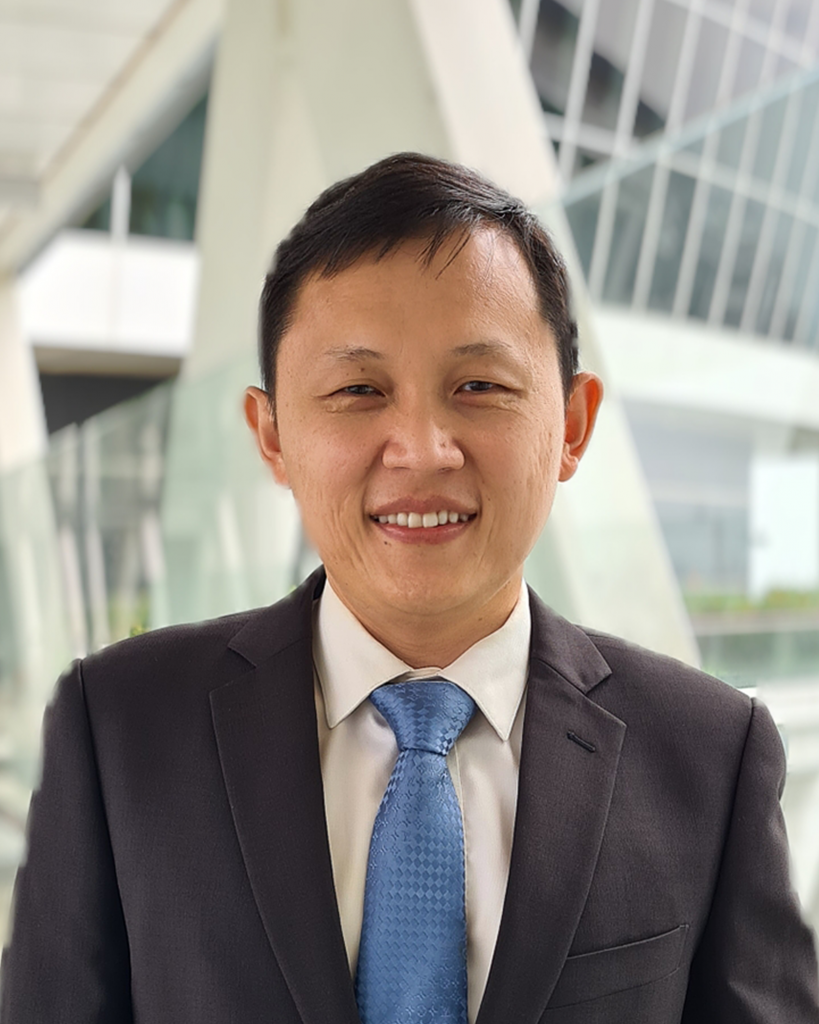
Dr Kang Chang Wei
Senior Scientist and Deputy Department Director (Fluid Dynamics Department), Institute of High Performance Computing, A*STAR
Dr KANG Chang Wei is a Senior Scientist and Deputy Director of the Fluid Dynamic Department, Institute of High Performance Computing (IHPC) in A*STAR. Over 15 years of working experience in Computational Fluid Dynamics (CFD) for research and industry, he led and/or involved in numerous projects in green shipping (e.g. hull form optimisation, emission control, ballast water treatment), manufacturing process (e.g. thermal spray, cold spray, shot peening) and sustainability (e.g. data centre, renewables).
Specially in year 2020 and 2021, he leads a team of computational scientists with fluid dynamics expertise to develop advanced computational modelling of airflow and droplets dispersion.
HPC Powered Solutions for Sustainable Future
Computational fluid dynamics (CFD) offers a great potential to design better products and solutions, as well as better understand underlying physics of complex phenomena. In this talk, Dr Kang will articulate the key elements and best practices of using CFD. Examples on how CFD can provide a clear visualisation on detailed flow features which in turn be capitalised into better products and solutions development, will be demonstrated. Highlight will be on the experience of CFD applications in marine and offshore, aerospace and urban planning. The talk will also exemplify the role of computational scientists in developing solutions for sustainable future using HPC powered CFD.
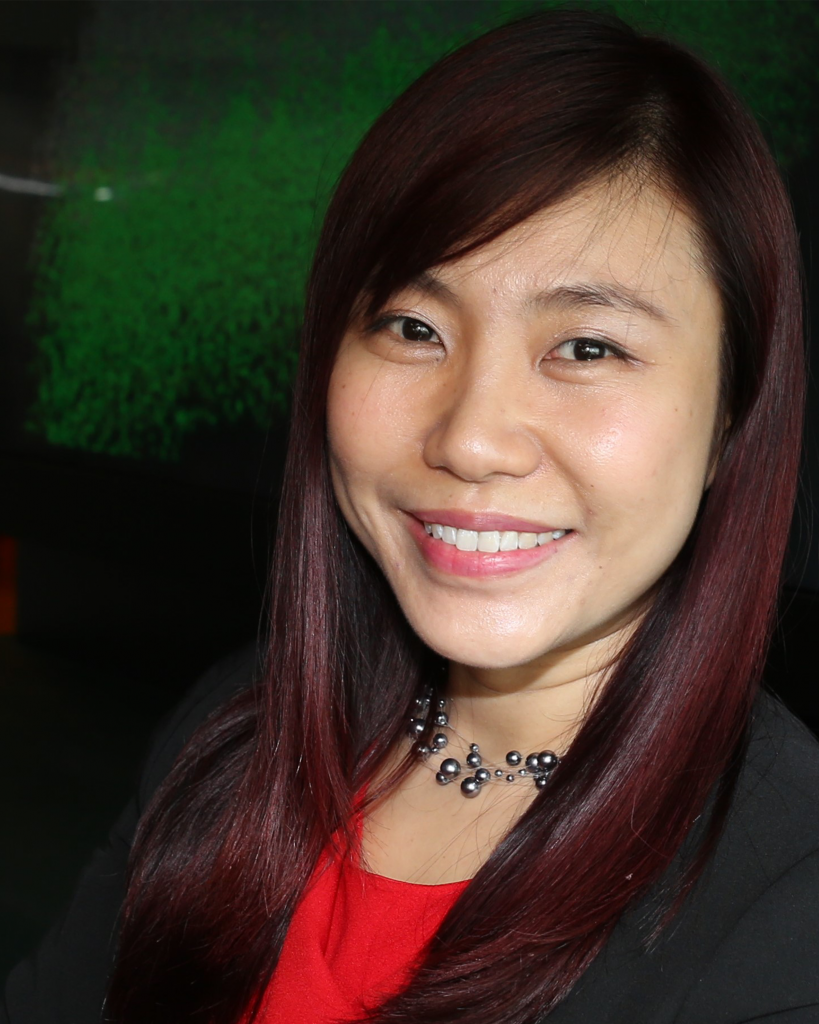
Dr Freda Lim
Senior Scientist and Innovation Lead (Materials Science and Chemistry), Institute of High Performance Computing, A*STAR
Freda Lim is a Senior Scientist and Innovation Lead from the Materials Science & Chemistry Department of the Institute of High Performance Computing (IHPC, A*STAR). She received her PhD degree in 2007, from the National University of Singapore, specialising in Computational Chemistry. Her current research interests include topics related to the Consumer Products and Consumer Care Industry. She currently works on developing molecular models for human hair, skin and the delivery of chemical active onto and into these surfaces. Her research aims to develop materials that are safer for consumers and the environment.
How HPC can be used in the design of your skin care and shampoos formulation?
At the Institute of High Performance Computing, IHPC, we have a team of Computational Chemists developing in-silico molecular models for the simulation of consumer care formulations. With our work, we provide an understanding of how molecular interactions between molecules of ingredients in consumer care products can affect properties that are desirable to consumers. Through our work, we support our experimental partners in Consumer Products redesign for a variety of interesting applications like skin care, hair care, nail polish and even wall coatings.

Dr Jernej Zidar
Senior HPC Analyst, National Supercomputing Centre (NSCC) Singapore
Jernej Zidar had a keen interest in computers, their inner workings and biochemistry for a long time. By focusing on computational chemistry he was able to successfully combine both passions by first obtaining a degree in Biochemistry in 2005 with his work on the cellular prion protein, followed in 2010 by a PhD for his work on amyloid protein β and lipid raft. In 2011 he moved to Institute of High Performance Computing to work antimicrobial polymers, soon followed by a number of industry collaborations. In 2019 he left academia to work at Archanan, where he focused on the performance of MPI libraries, Kubernetes and benchmarks of cloud-based clusters. In 2021 he joined the National Supercomputing Centre (NSCC) Singapore.
The Roads That Led Me To HPC
There are many roads that lead to high performance computing (HPC). For me the journey began when I learned that computers can be used to study (i.e. simulate) chemical reactions at levels previously inaccessible to lab (?) experiments. Getting these computers to run well in tandem is the essence of HPC. Running well in this context, means both the software and hardware components are highly optimised so the user is able to squeeze out every last drop of performance potential. This may mean either a more accurate weather forecast in less time, novel vaccines in a shorter timeframe, or simply being able to play the latest games in the cloud with as little latency as possible. It may seem a daunting prospect at first, to be able to control tens or hundreds of computers, but the initial steps are small. One can begin by trying to get his old computer to run faster, perhaps by adding a second and third one, discovering more as more time and problems go by. It is a journey that can then lead to running both computers and/or containers in the cloud across several providers addressing all sorts of interesting problems, that are not limited to scientific ones.
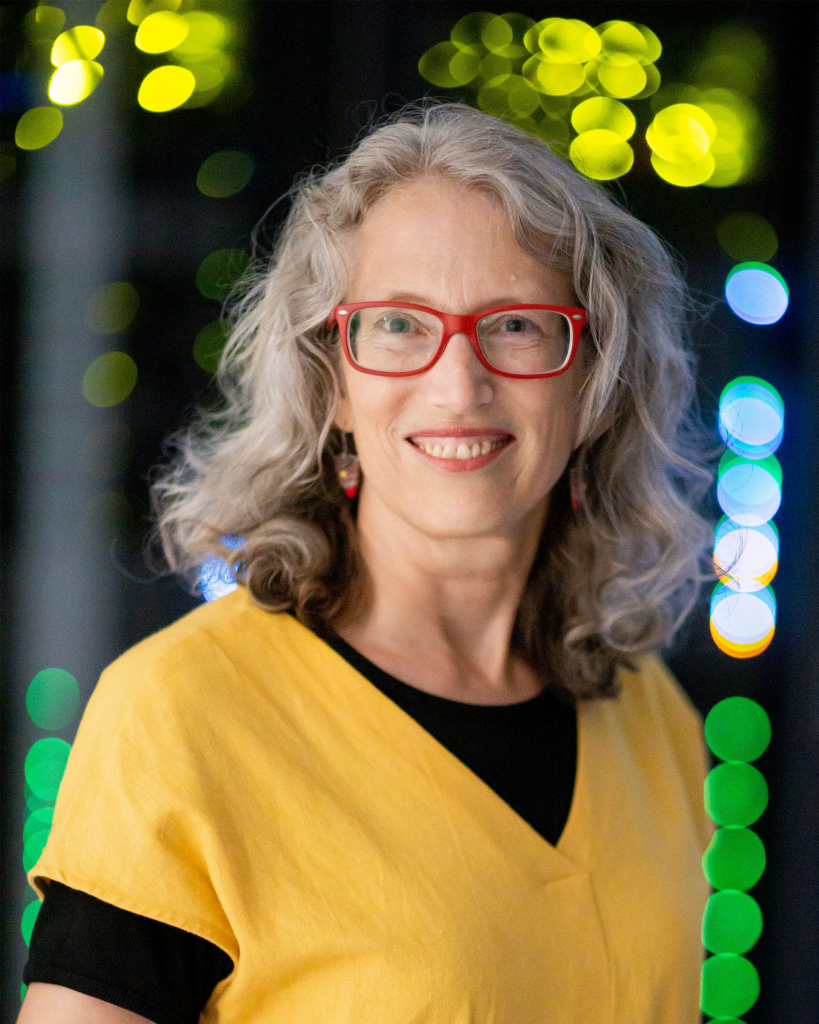
Ms Ann Backhaus
Education & Training Manager, Pawsey Supercomputing Centre, Perth, Western Australia
Ann is the Education and Training Manager at Pawsey. Ann has significant experience in adult teaching and learning, as well as training project and program design, development and management. She has led distributed, global training teams strategically and operationally, from many bases, including Indonesia, U.S.A., Australia, and Europe. She has worked in and experimented with a variety of modalities and approaches for training and documentation in technical and technology areas, including most recently HPC. She has deep and broad experience in online and blended learning. Her experience spans numerous industries and sectors, including government, academia, and private enterprise.
The Many Faces of HPC
Take a moment to search on indeed or JobStreet or seek or LinkedIn, and you’ll see dozens, if not hundreds, of opportunities in High Performance Computing (HPC). The jobs are there now – locally and internationally – and HPC Centres regularly seek skilled individuals. You may ask yourself: • Is HPC for me? • What might I do day-to-day? • What courses should I take now to prepare me? These and other questions will be answered during this interactive discussion with several HPC staff from Pawsey and NCI – Australia’s two Tier 1 Supercomputing Centres. Staff members, working in various roles at the Centres, will talk about their learning journeys, what they do at work, and how their work supports and enables real science results and outcomes.

HE Igor Driesmans
EU Ambassador to ASEAN
HE Igor Driesmans, Ambassador to ASEAN was Member of Cabinet of Federica Mogherini, High Representative of the Union for Foreign Affairs and Security Policy / Vice‐President of the European Commission until August 2019. His responsibilities included Asia and Pacific, Cultural Diplomacy, Transport and Fisheries. He served previously as Principal Assistant to the Chief Operating Officer of the European External Action Service (2014), Desk Officer for ASEAN (2013‐2014), and Deputy Head of the Political, Economic, Trade and Information Section of the EU Delegation to South Africa (2009‐2013). Ambassador Igor Driesmans is an official of the EU since 2003. He holds a Masters in History, University of Gent (Belgium).
Opening Remarks
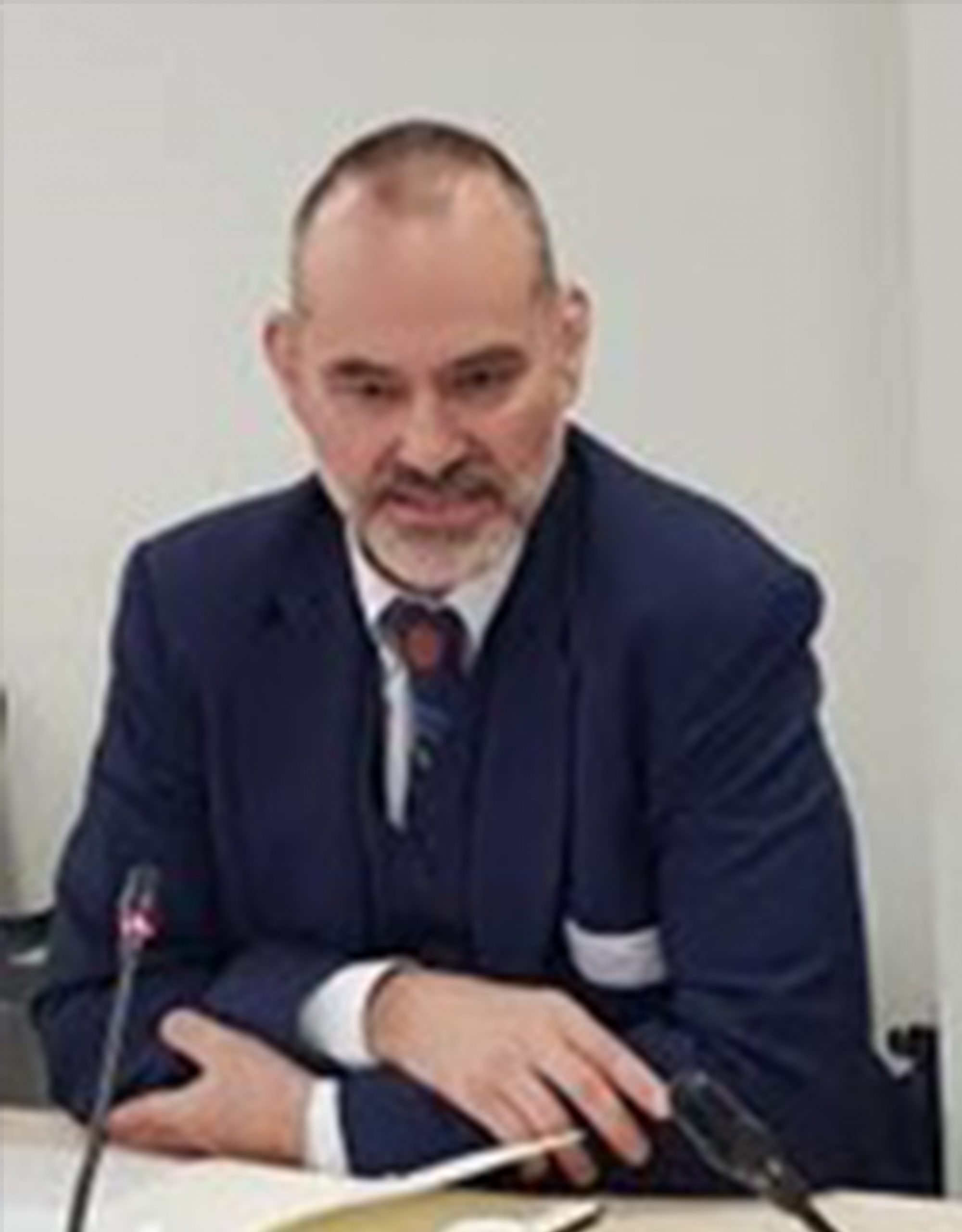
Dr Gustav Kalbe
Deputy to the Director Digital Excellence and Science Infrastructure
Dr Gustav Kalbe holds a PhD in Physics. He started his professional career as a project manager in photonic networks at the incumbent telecom operator in Belgium. He was R&D manager when he left the company. In 1998 he joined the Directorate General Information Society & Media of the European Commission where he started working as Project Officer managing research projects of the European Framework Programs for Research. Over the years he had several assignments in quantum technologies, photonics, and cybersecurity.
In 2014 Gustav Kalbe became Head of Unit for Administration & Finance in the European Commission, in Directorate General Communications Networks, Content and Technology. In 2016 he was appointed Head of Unit of the newly created High Performance Computing and Quantum Technology unit in Directorate General Communications Networks, Content and Technology. In 2018 he became responsible for the establishment and operation of the European High Performance Computing Joint Undertaking. He occupied the post of Interim Executive Director of the Joint Undertaking until its autonomy by the end of 2020.
Europe’s strategy in supercomputing and quantum computing under its digital decade
Europe’s leading role in the data economy and its digital autonomy depends on its capability to develop and master the next generation of High Performance Computing (HPC) and quantum technologies. The EU and 32 countries and Private Members, have established the EuroHPC Joint Undertaking to implement a pan-European strategy with 8 billion EUR of investments in the next 7 years to place Europe as a supercomputing world power.
Mr Tay Kheng Tiong
Chief Executive Officer, A*STAR Computational Resource Centre (A*CRC) & ASEAN HPC-Task Force Chair

Prof Satoshi Matsuoka
Director, Riken Center for Computational Science (R-CCS)
Satoshi Matsuoka from April 2018 has become the director of Riken CCS, the top-tier HPC centre that represents HPC in Japan, developing and hosting Japan’s tier-one ‘Fugaku’ supercomputer which has become the fastest supercomputer in the world in all four major supercomputer rankings in 2020, along with multitudes of ongoing cutting edge HPC research being conducted, including investigating Post-Moore era computing. He was the leader of the TSUBAME series of supercomputers, at Tokyo Institute of Technology, where he still holds a Professor position, to continue his research activities in HPC as well as scalable Big Data and AI. His commendations include the ACM Gordon Bell Prize in 2011 and the IEEE Sidney Fernbach Award in 2014, both being one of the highest awards in the field of HPC, as well as being the Program Chair for ACM/IEEE Supercomputing 2013 (SC13).
International HPC Research Collaboration Opportunities using Fugaku, the World’s First Exascale, General Purpose Arm-Based Supercomputer
pending
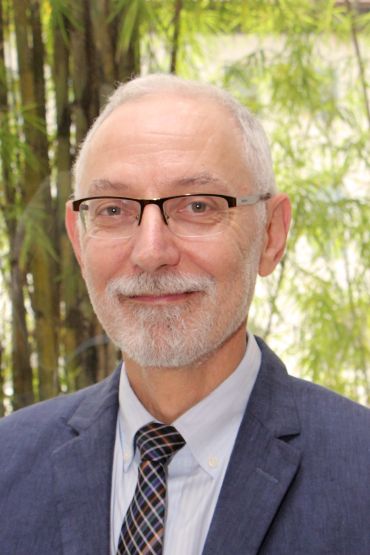
Dr Kostas GLINOS
Head of the Open Science Unit, European Commission
Kostas works at the European Commission, where he leads the unit in charge of Open Science in the directorate general for Research & Innovation since 1 June 2019.
From 2014 to 2019 he led the unit responsible for EU international cooperation policy in STI and for relations with European Economic Area countries, Switzerland, Russia, Western Balkans, Turkey, all of Asia, Australia and New Zealand.
Kostas has been developing EU policy and managing R&D programmes in the area of Science, Technology and Innovation (STI) in Brussels since 1992. Policy areas he has dealt with include open science and innovation, collaboration in research, industry-academia interaction, the governance of research commons, public-private partnerships, science diplomacy and international cooperation policy at bilateral and bi-regional level. At various points in time he has been responsible for funding programmes in future and emerging technologies, cyber-physical systems, ICT research infrastructure and big research data. In the academic year 2017-2018 Kostas was a visiting Fellow at the Lee Kuan Yew School of Public Policy at the National University of Singapore where he taught regionalism in Europe and in Southeast Asia.
Before joining the Commission Kostas worked in the chemical industry in the USA and Belgium, lectured at the University and carried out research in Greece. He holds a PhD in engineering from the University of Massachusetts and an Advanced Professional Certificate in investment management from Drexel University in the USA.
EU-EOSC and Covid-19 research data efforts
I will present the European Open Science Cloud (EOSC) as a community-driven infrastructure to underpin the transition to digital open science, by developing a web of FAIR data and services. I will also present the Covid-19 data platform which enables sharing of many types of data related to the coronavirus.
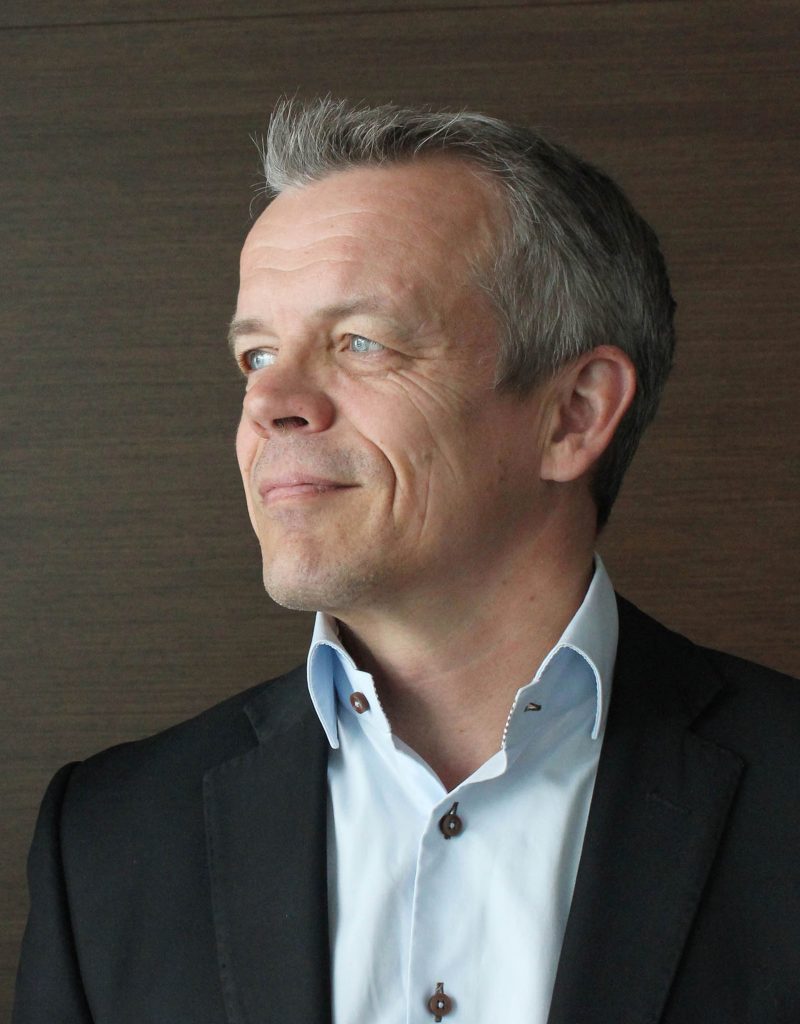
Dr Kimmo Koski
CEO, CSC – IT Center for Science
Dr Kimmo Koski started at CSC in August 2004 with a mission to support Finnish research providing world-class e-infrastructure and related services. This include investments in national resources and active participation in European initiatives. One example is the eco-efficient datacenter in a former paper-mill in Kajaani hosting the LUMI EuroHPC pre-exascale system.
During the recent years, Koski has been involved in various European collaborations in high-performance computing, data management, networks and cloud activities. He has been active in building European HPC and data infrastructure through involvement in major EU initiatives, such as EuroHPC, EUDAT, EOSC and PRACE.
Access to EU HPC Data Ecosystem
Access to EU HPC data ecosystem
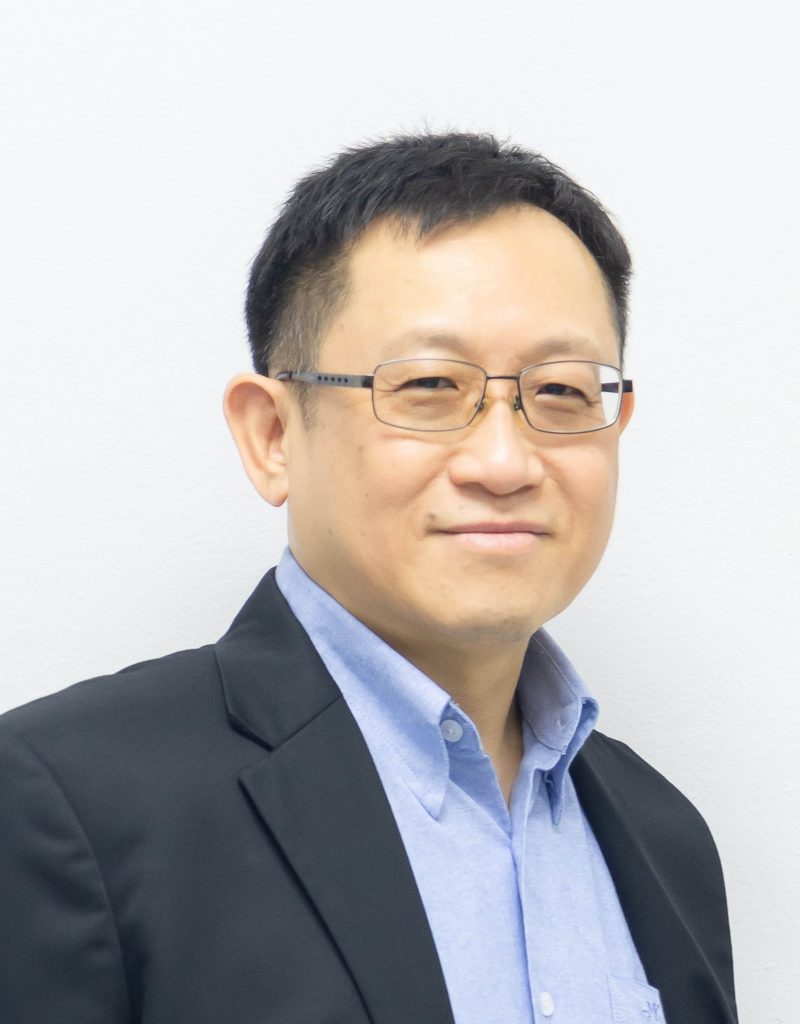
Dr Piyawut Srichaikul
ASEAN HPC-Task Force Co-chair/Chief Executive ThaiSC, NSTDA Supercomputer Center (ThaiSC), Thailand
Dr Piyawut (Joe) SRICHAIKUL is a principal researcher at National Electronics and Computer Technology Center (NECTEC), a member of National Science and Technology Development Agency (NSTDA), Thailand. He joined NECTEC in 1995 where he build-up his multi-disciplinary experience, which includes Computational Science, High Performance Computing, Geo-informatics, Data Analytics, Research Program Management, and Organisation Management. Currently, he acts as a Chief Executive of NSTDA Supercomputer Center (ThaiSC), a newly founded unit in 2019 with a mission of being one of National S&T Infrastructures under NSTDA. He also serves as a Co-Chair of ASEAN HPC Task Force.
Joe holds a BSc degree in Physics from Chulalongkorn University, Thailand, and a PhD (Solid State Physics) from Auburn University, USA.
ASEAN HPC Infrastructure and use cases overview
ASEAN HPC Infrastructure and use cases overview: A brief review of ASEAN HPC Infrastructure status will be presented. Use case examples of HPC usage from a few ASEAN Member States will be given from application, access, and critical factor perspectives.
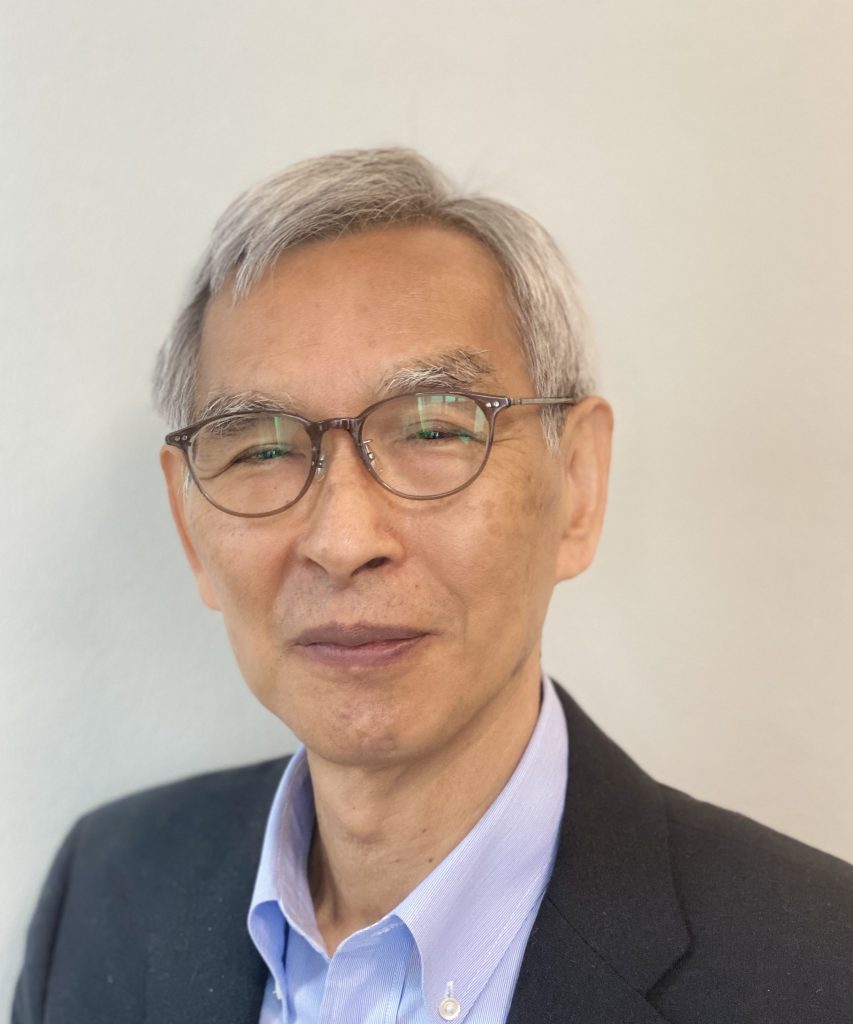
Dr Motoi Okuda
Deputy Head of Research Organization for Information Science & Technology (RIST) KOBE center
(Present Work) · Deputy Head of Research Organization for Information Science & Technology (RIST) KOBE center – Planning and management of HPCI project and Fugaku resource management and user support
(Work Experience) · In Fujitsu Ltd. as Executive Architect of Technical Computing Solutions Unit – The FJ supervisor of national projects such as K & Fugaku computer projects and National Grid projects and planning, marketing and support activities of HPC business – Development of computational science and engineering application software, such as CFD, crash worthiness, and MD. – Project leader of Parallel Computing Center of Fujitsu Lab.
(Education) · Ph.D., Information Science : Japan Advanced Institute of Science and Technology · Master of Nuclear Engineering : Nagoya University.
Open call to access Japanese High Performance Computing Infrastructure (HPCI) including Fugaku
HPCI, High Performance Computing Infrastructure of Japan, is a shared use framework of world’s top class supercomputing resources, including Fugaku, and shared storage in Japan. HPCI’s calls are open to the world-wide HPC communities. Especially, for Fugaku, we are planning to establish international collaboration call framework. In this presentation, I will explain the overview of Fugaku open calls and highlight the new framework plan.
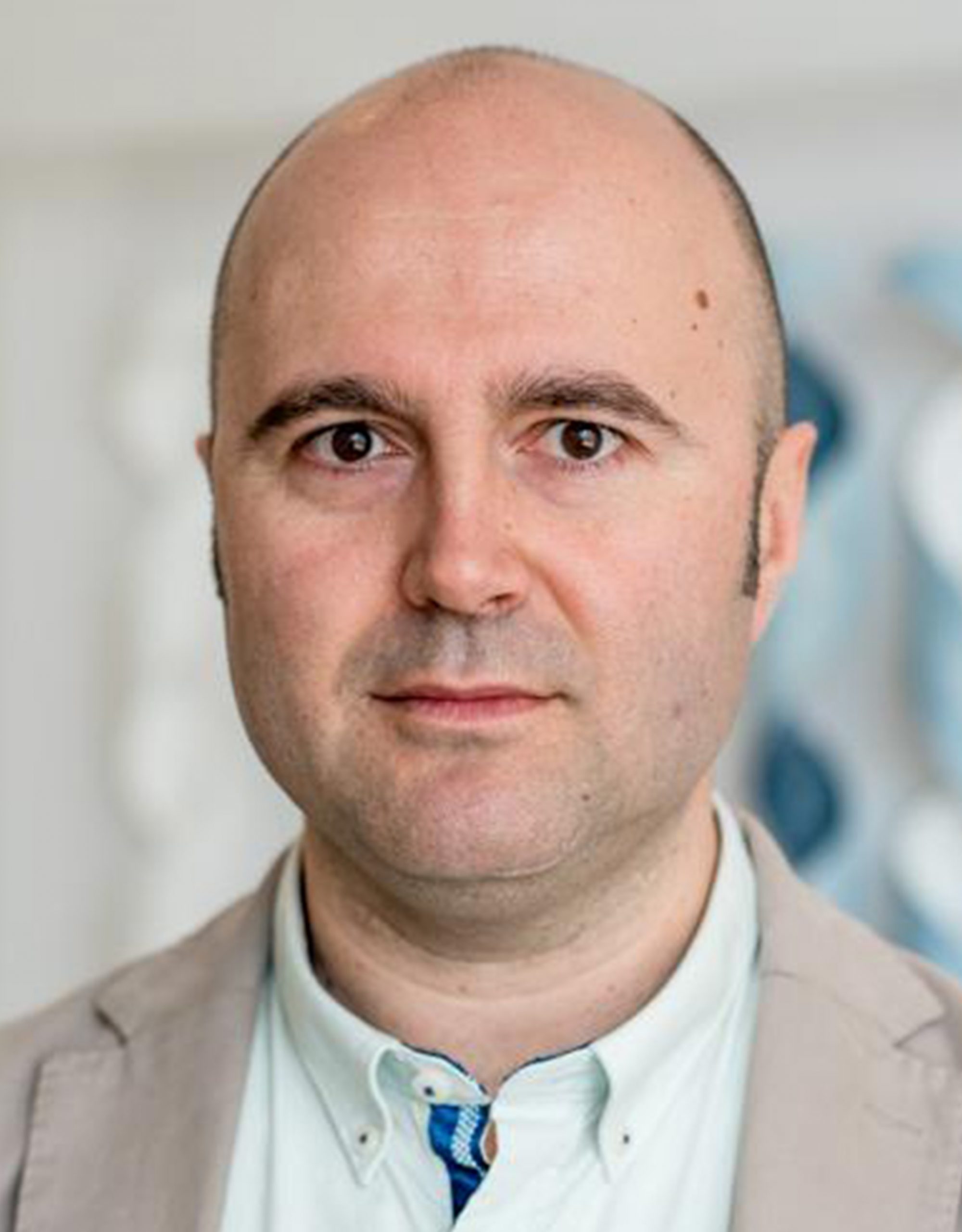
Dr Rossen Apostolov
Executive Director, BioExcel Centre of Excellence for Computational Biomolecular Research
Rossen Apostolov holds a PhD in Computational Chemistry from Osaka University. He is Executive Director of the BioExcel Center of Excellence for Computational Biomolecular Research (http://www.bioexcel.eu/). Previously he has served as a Technical Director of the ScalaLife project. He is member of the steering committee of CodeRefinery (http://www.coderefinery.org/), and member of the Software Carpentry Council (https://software-carpentry.org). His interests include computational biomolecular research, extreme-scale computing, accelerators, as well as modern best practices for software development.
Harnessing HPC Computing for Covid-19 Research: European Collaboration Activities
Europe is providing major support for the application of cutting-edge HPC technologies towards Covid-19 research. BioExcel, the leading European Centre of Excellence for Computational Biomolecular Research, was among the main drivers of collaborative efforts in the fight against the disease. This talk highlights the core compute engines, workflow solutions and service portals developed by the centre, as well as selected scientific use cases.
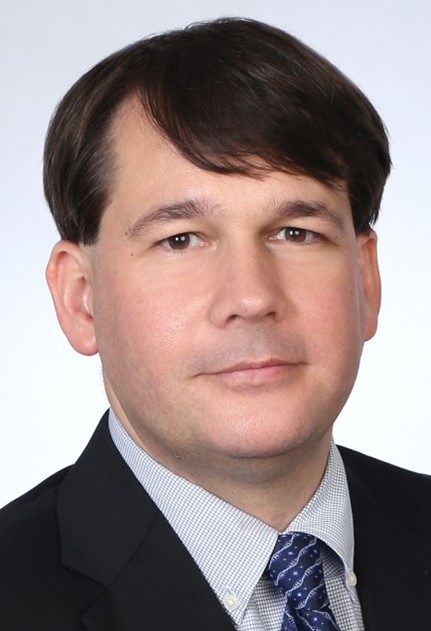
Dr Sebastian Maurer-Stroh
Executive Director, Bioinformatics Institute (BII), A*STAR Singapore
Sebastian Maurer-Stroh studied theoretical biochemistry at the University of Vienna and wrote his master and PhD thesis at the Institute of Molecular Pathology (IMP). After FEBS and Marie Curie fellowships at the VIB-SWITCH lab in Brussels, he has been leading a group of experts in protein sequence analysis as a senior principal investigator in the A*STAR Bioinformatics Institute (BII) since 2007. He is the new Executive Director of BII since January 2021. His protein function analysis skills are supporting A*STAR’s efforts at the public-private interface and through computational analysis and modelling his team is critically contributing to national and global viral pathogen surveillance.
Real-time Surveillance of Pathogen Evolution and Global Transmission aided by HPC
GISAID, a platform known for its unique sharing mechanism, is the primary source for SARS-CoV-2 real-time genomic surveillance with >550,000 genomes from 155 countries shared so far. I will talk about computational logistics of this global effort and bottlenecks where high performance computing can contribute in the understanding of the outbreak dynamics and in the research and development of candidate medical interventions and policy measures.
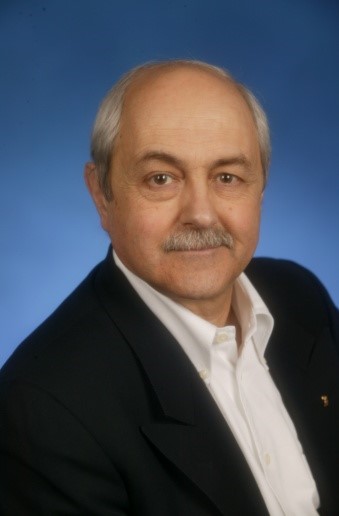
Dr Fabrizio Gagliardi
E-READI expert, Barcelona Supercomputing Center
Fabrizio Gagliardi, senior strategy advisor at the Barcelona Supercomputing Center, focuses his research interests on exploring new advanced computing technologies: AI, real-time, data management, distributed systems, cloud technology and HPC. Doctor degree from University of Pisa, in 1974. 30 years at CERN, in Switzerland, and 8 years at Microsoft in the US. Held scientific positions in prestigious research organisations (CERN in CH, SLAC in the US) and consulted with scientific organisations such as FNAL and NSF in the US, INFN and GSSI in Italy, STFC in the UK. He is consider a pioneer of Grid and Cloud computing in Europe.
‘The way forward’ HPC EU-ASEAN School
As a result of previous ASEAN visit and HPC training at the Barcelona Supercomputing Center in 2019 and through the creation of a concept paper, a plan has been established to organise an EU-ASEAN HPC school in 2022. The topics will reach from procuring and providing HPC Services, supercomputing infrastructure design, to the development of highly parallel applications on strategic domains (Biomedicine, Environment, Climate, Urgent computing, Agriculture, and Energy). Due to the COVID-19 global pandemic, a first pilot school will be run virtually for a reduced number of days in July 2021.

Mr Pierrick Fillon-Ashida
JAPAN-ASEAN Desk Officer, European Commission Directorate General for Research and Innovation (DG RTD)
Pierrick Fillon-Ashida works at the European Commission, Directorate-General for Research and Innovation (DG RTD), International Cooperation Affairs, in charge of the relations with South East Asia and Japan. He also supervises sector issues related to international affairs on infrastructure, innovation, and Information and Communication Technologies (ICT). He has been working for more than twenty years within the EU Institutions, as Head of Science and Technology (S&T) Section at the Delegation of the European Union to Japan where he was involved in international negotiation agreements, in particular in relation to large infrastructure projects such as International Thermonuclear Experimental Reactor (ITER) on nuclear fusion. Earlier career at the Commission included the Directorate-General Information Society and Media (DG INFSO) in the field of health and telecom (telemedicine, mobile devices), and policy drafting on corporate governance in telecom sector. He also worked at the Directorate-General Enterprise and Industry (DG-ENTR) (ESPRIT programme) in the field of digital libraries and HPC.
Moderator for discussion with Track 3 speakers + Closing
pending
